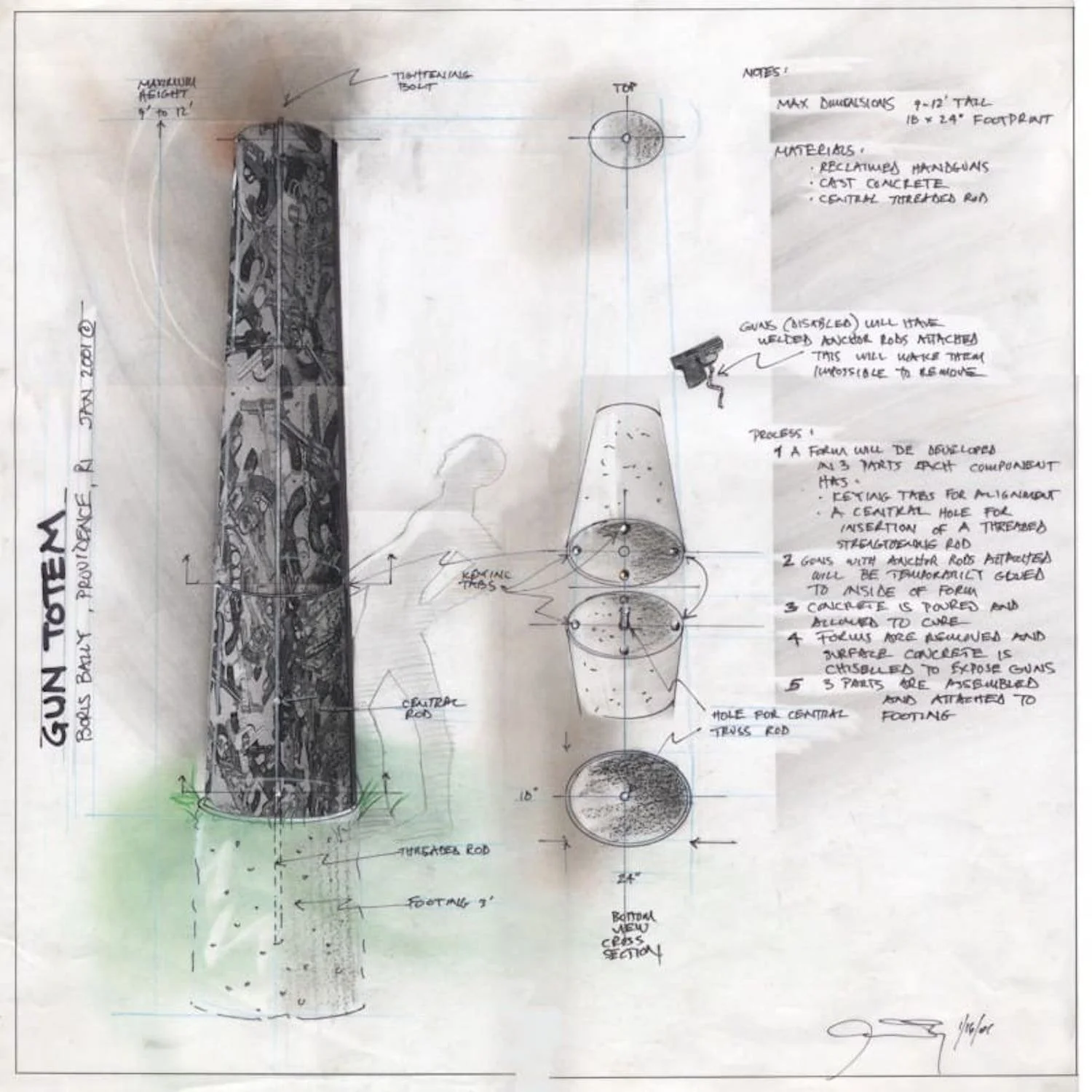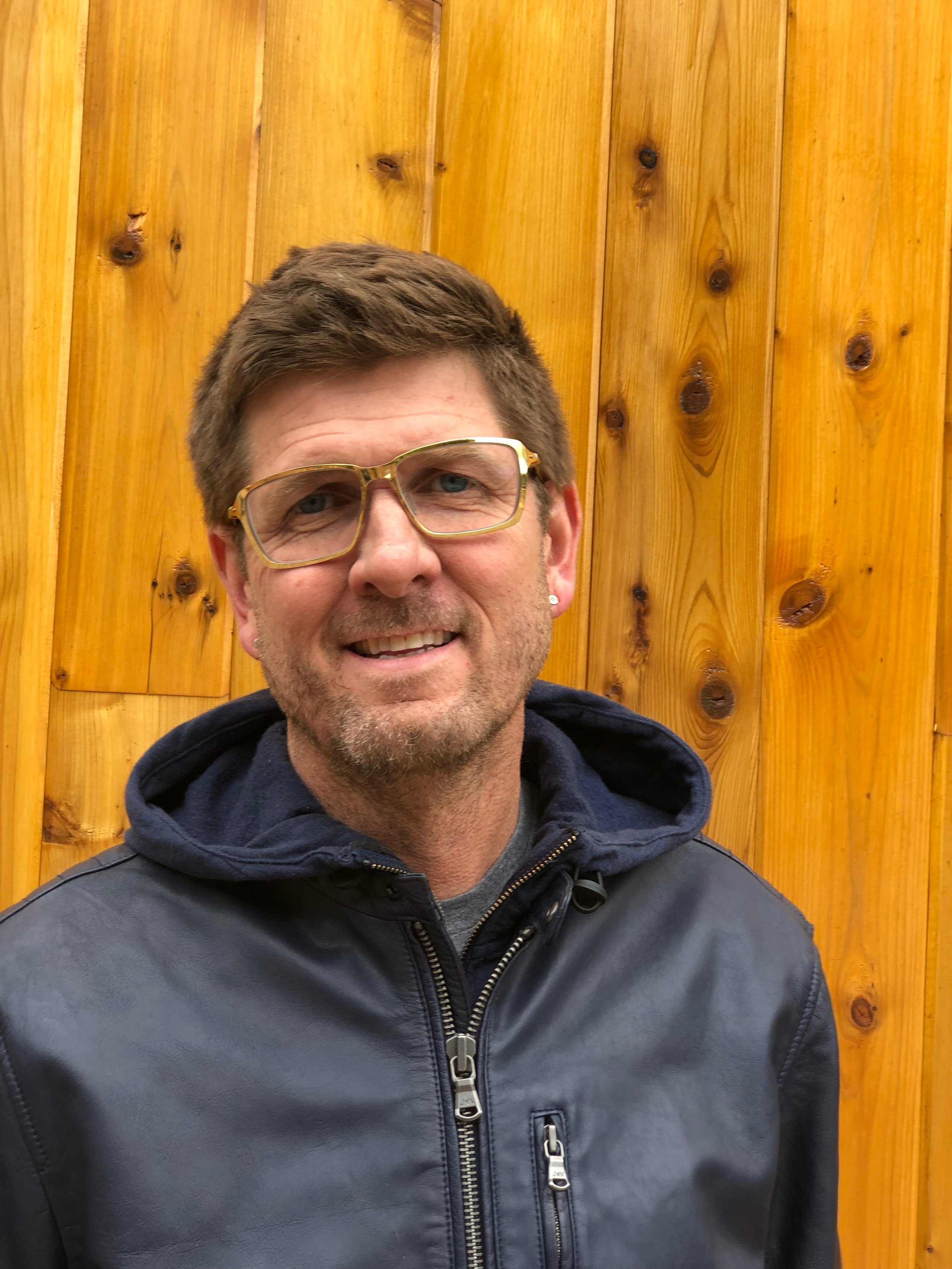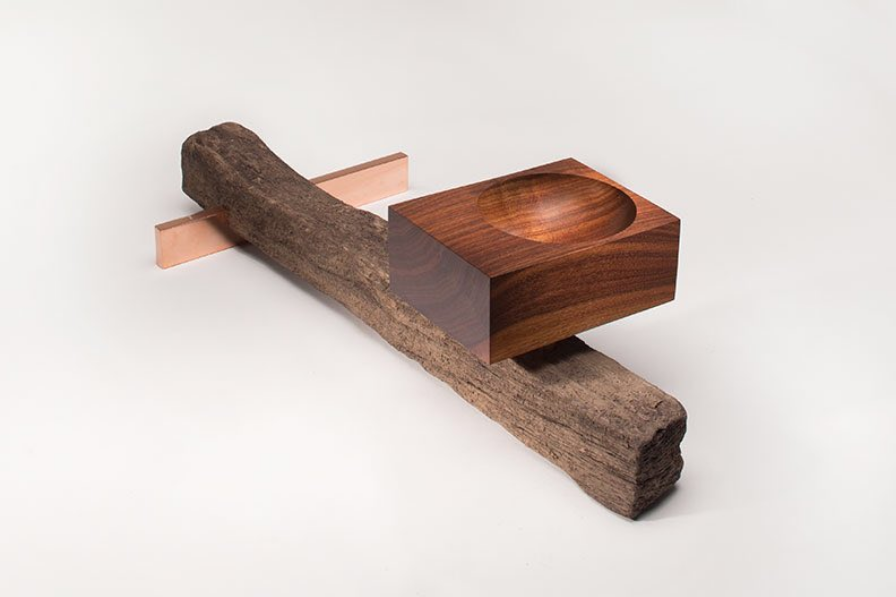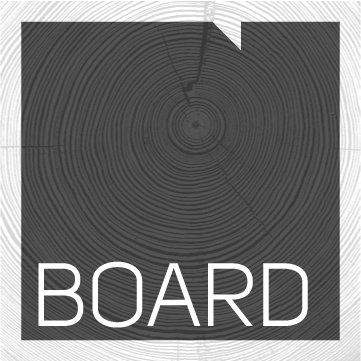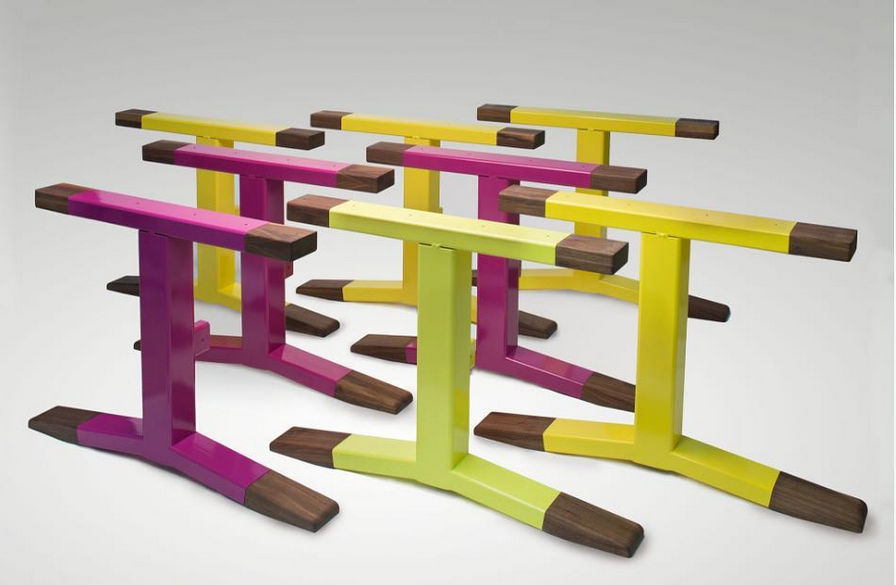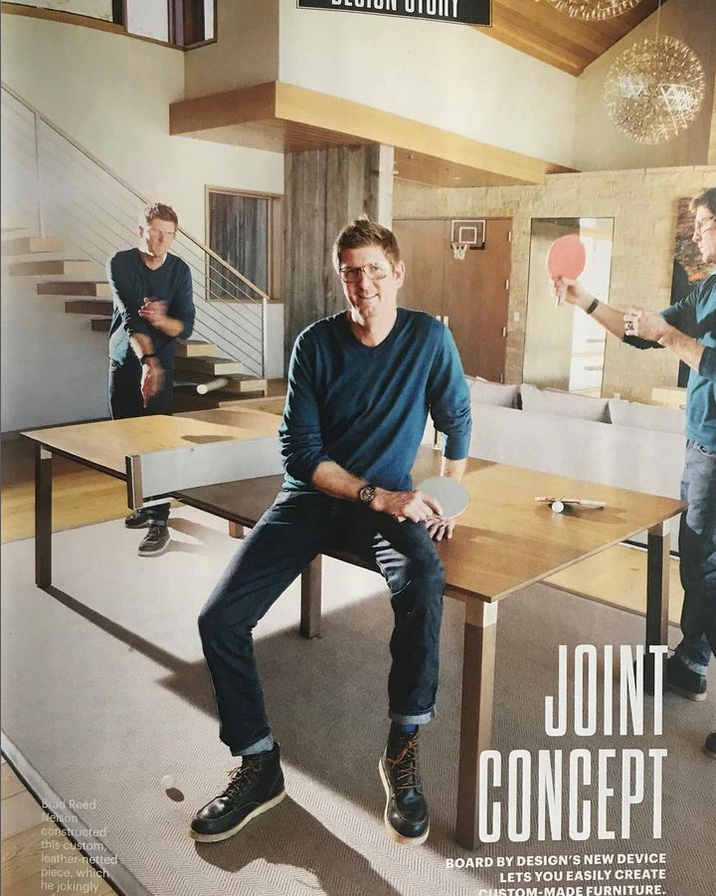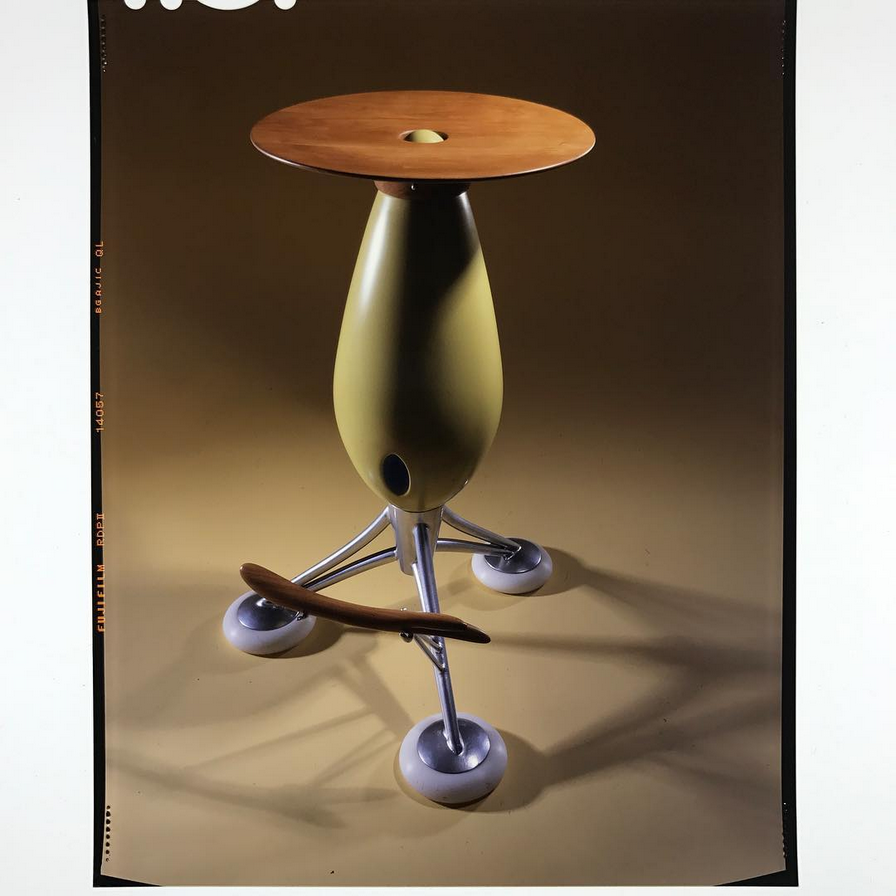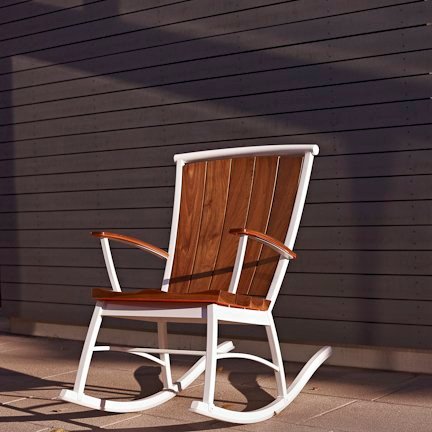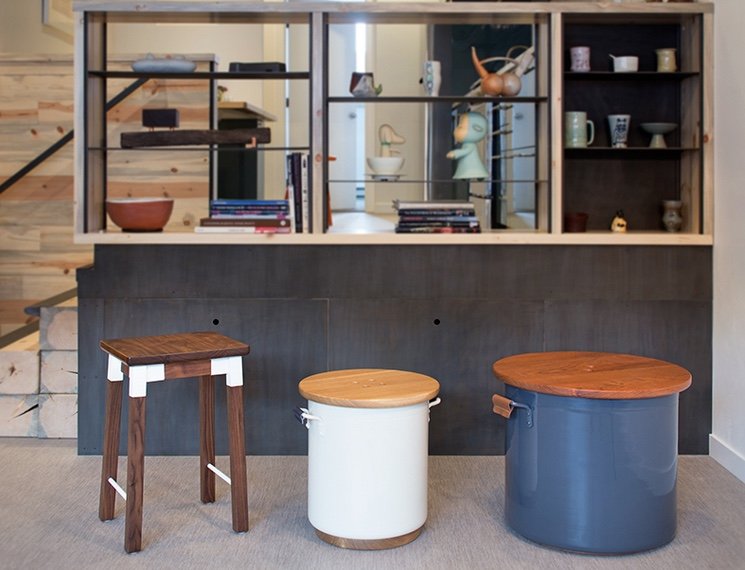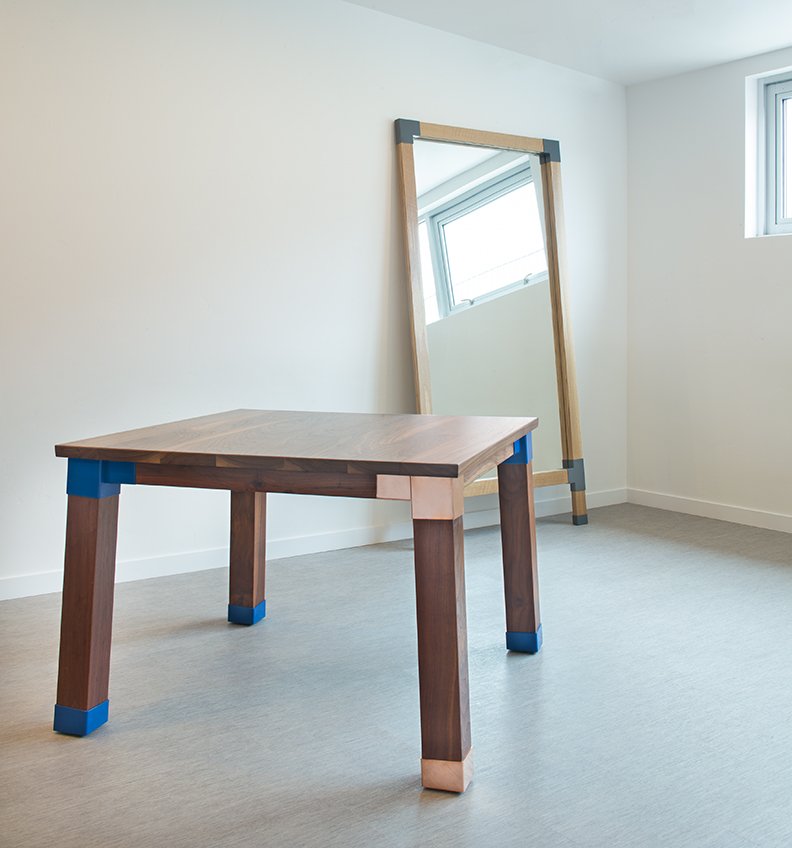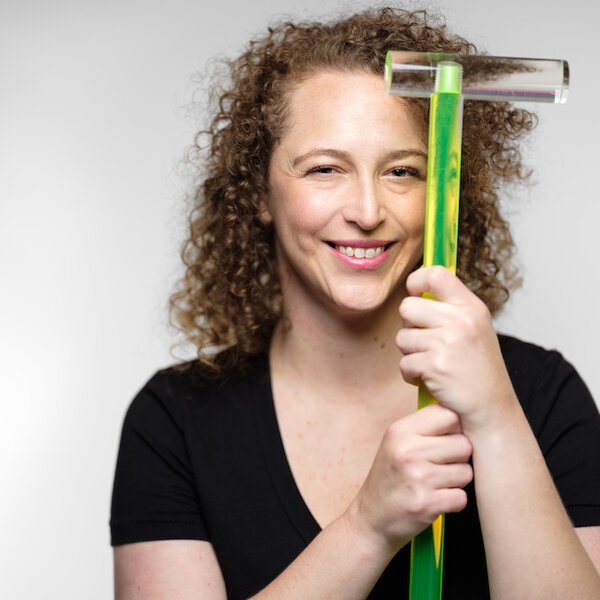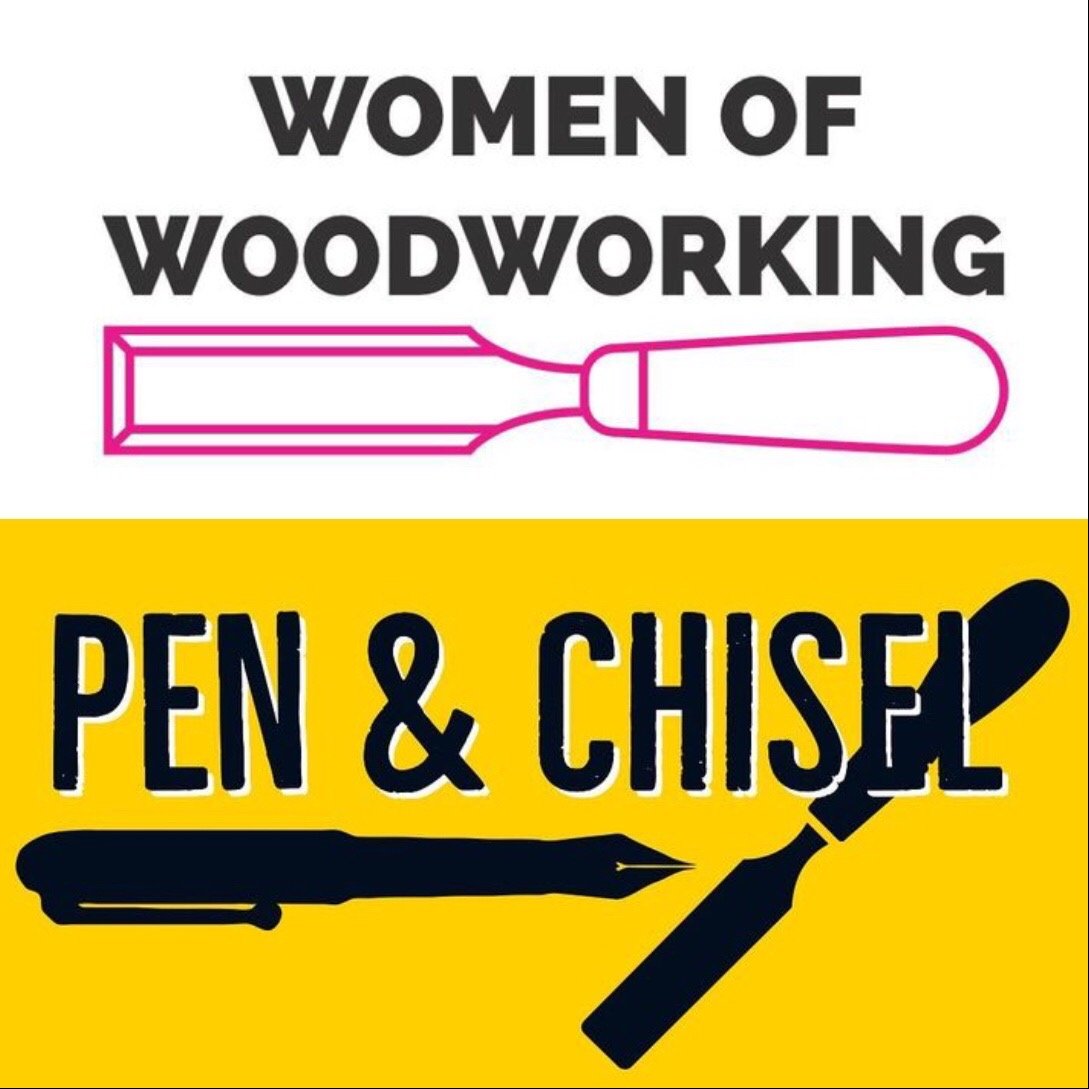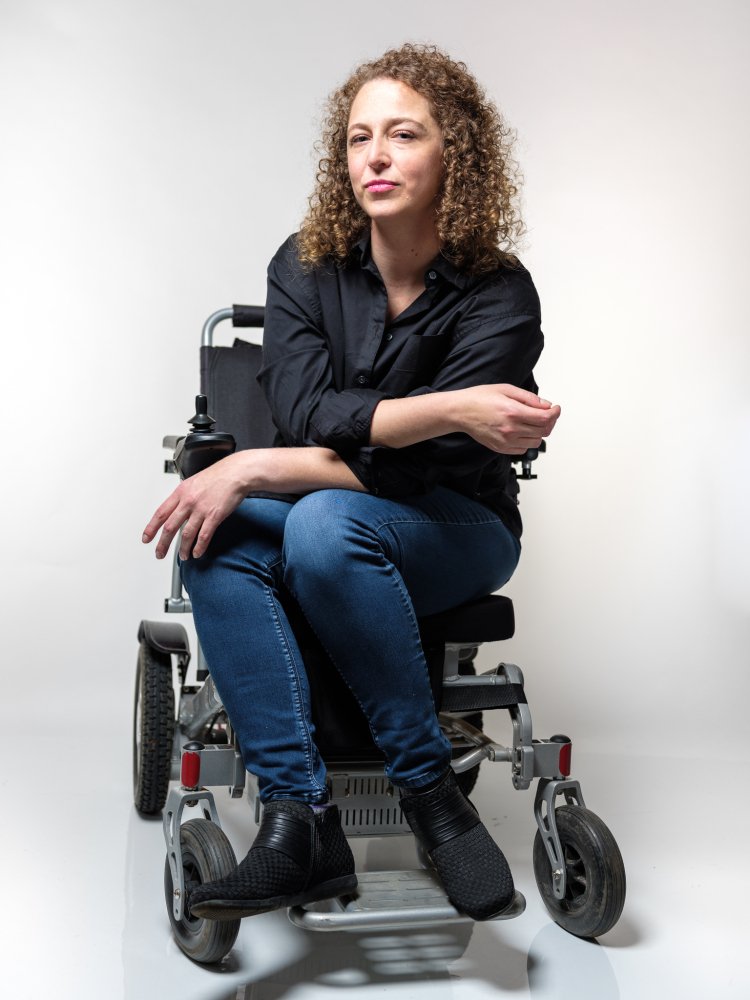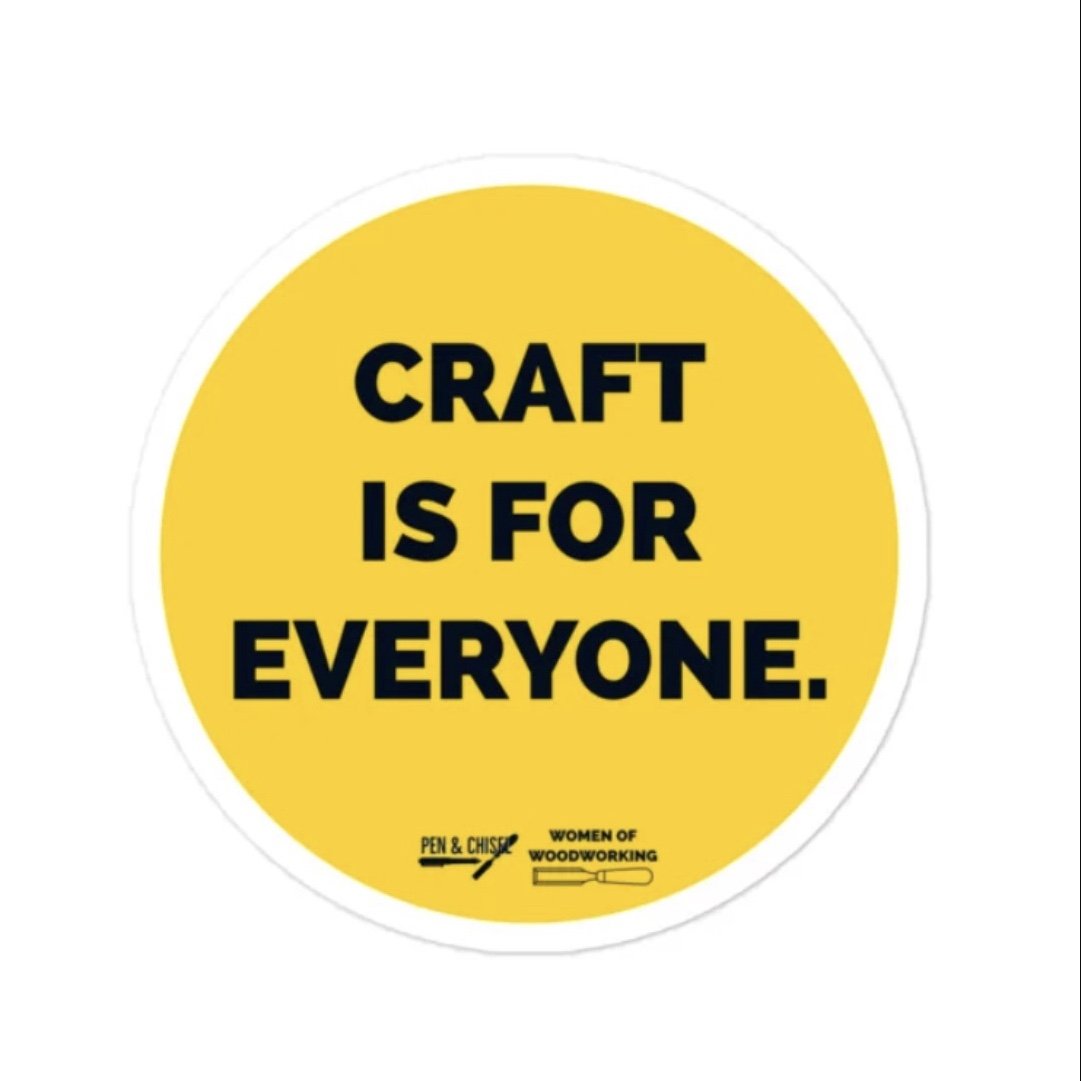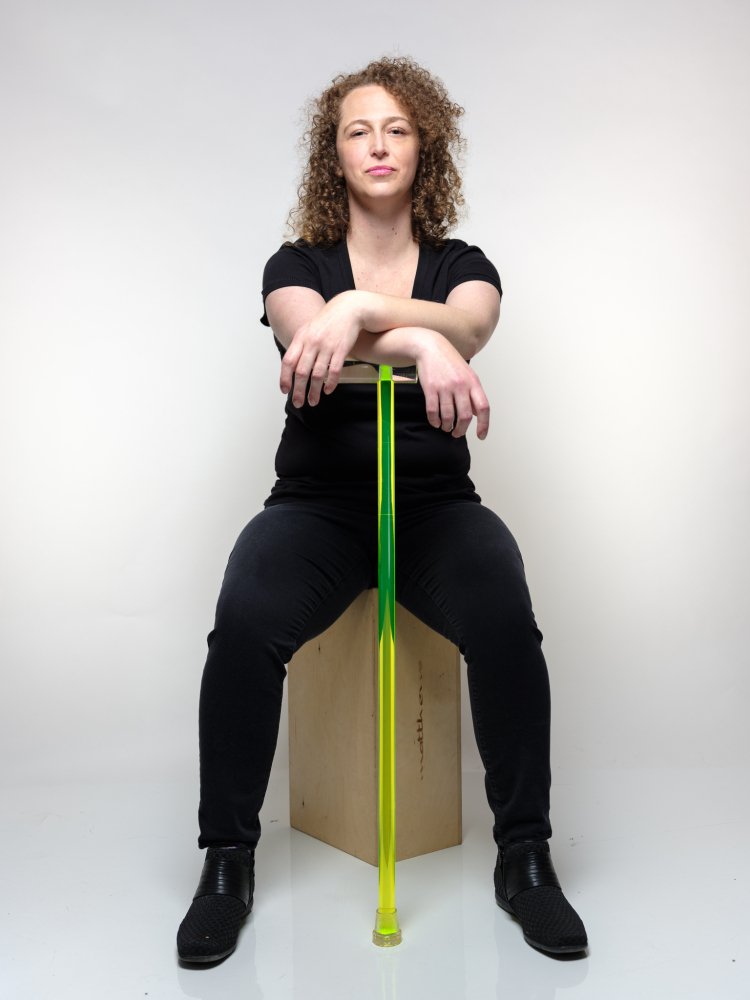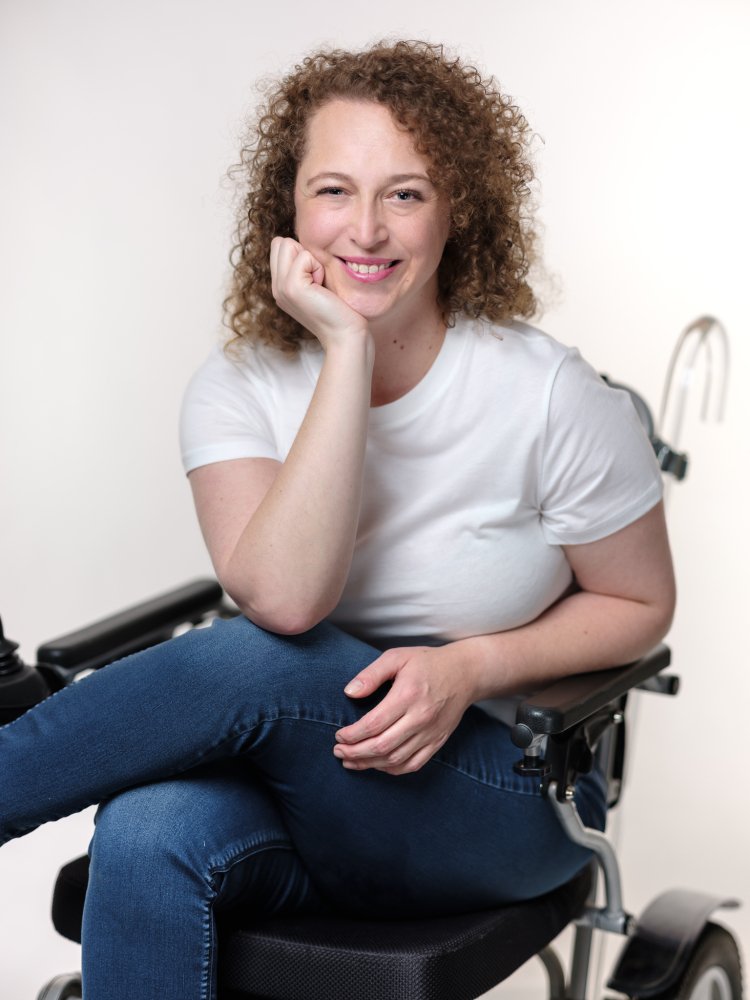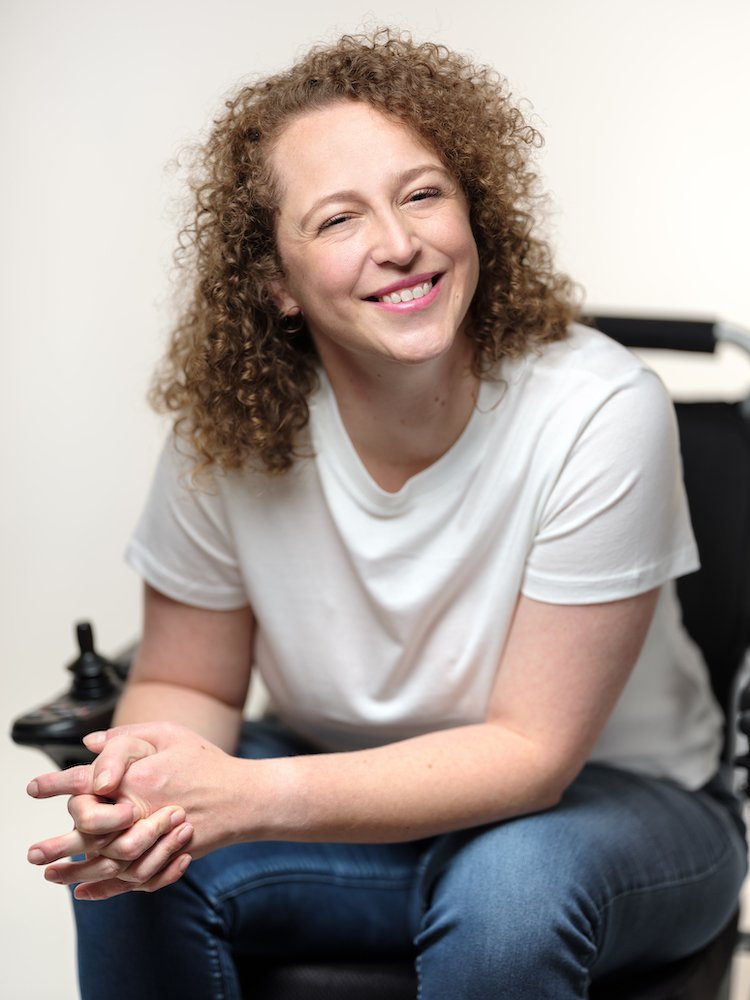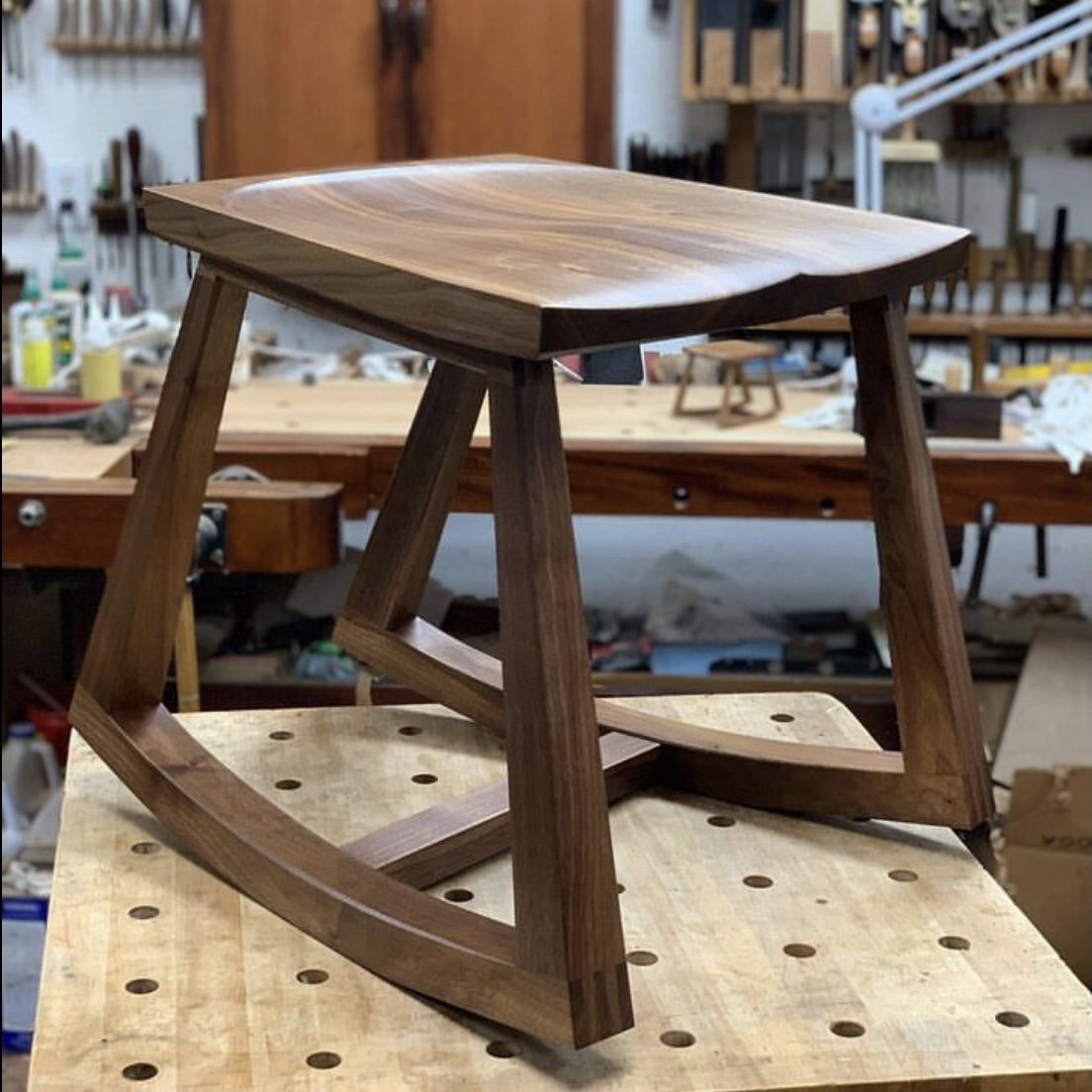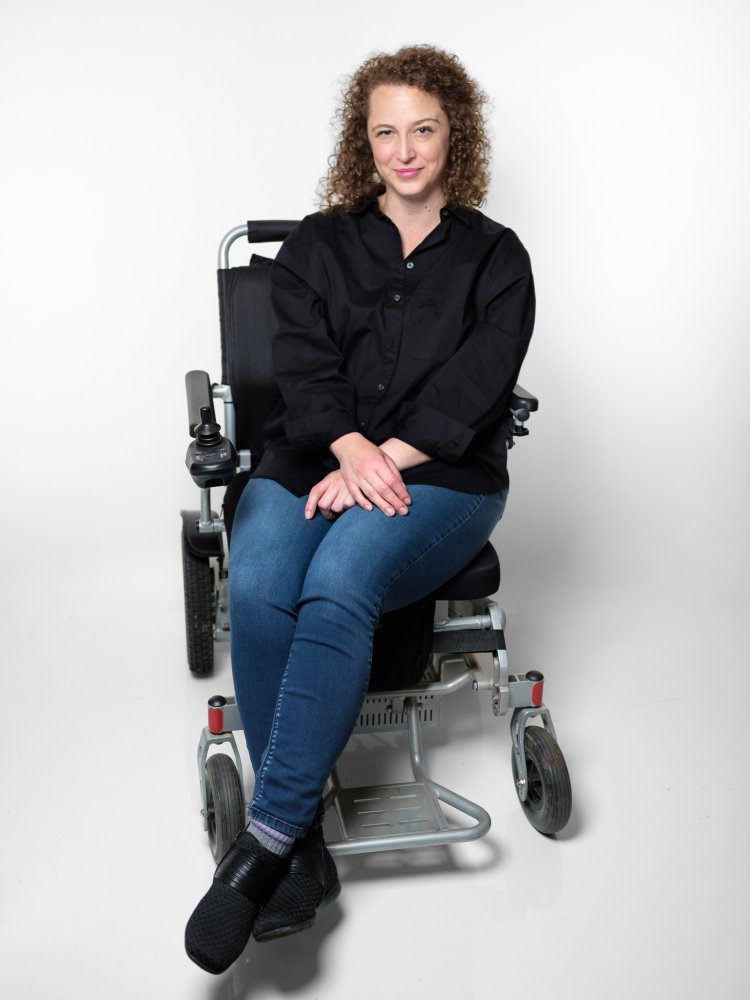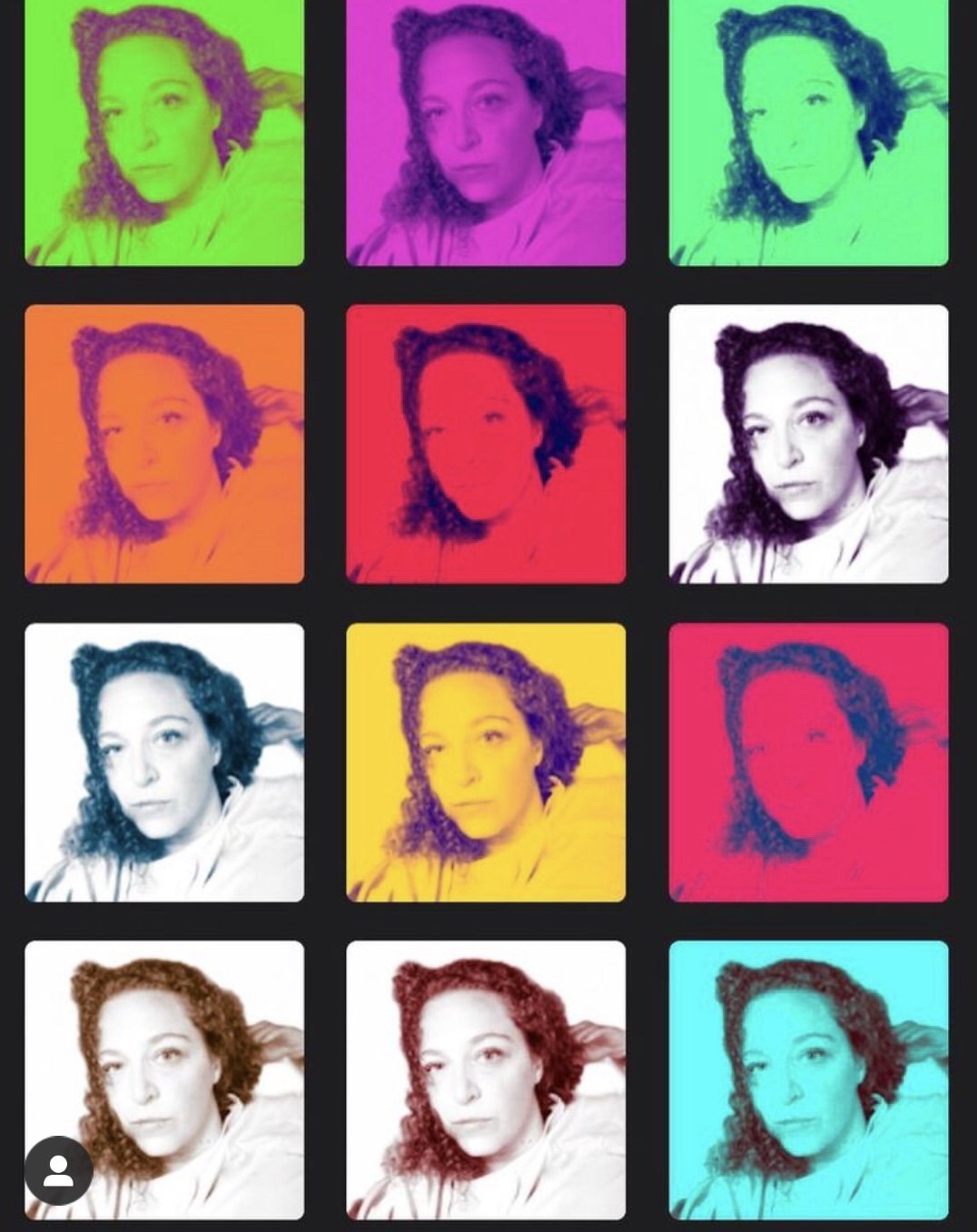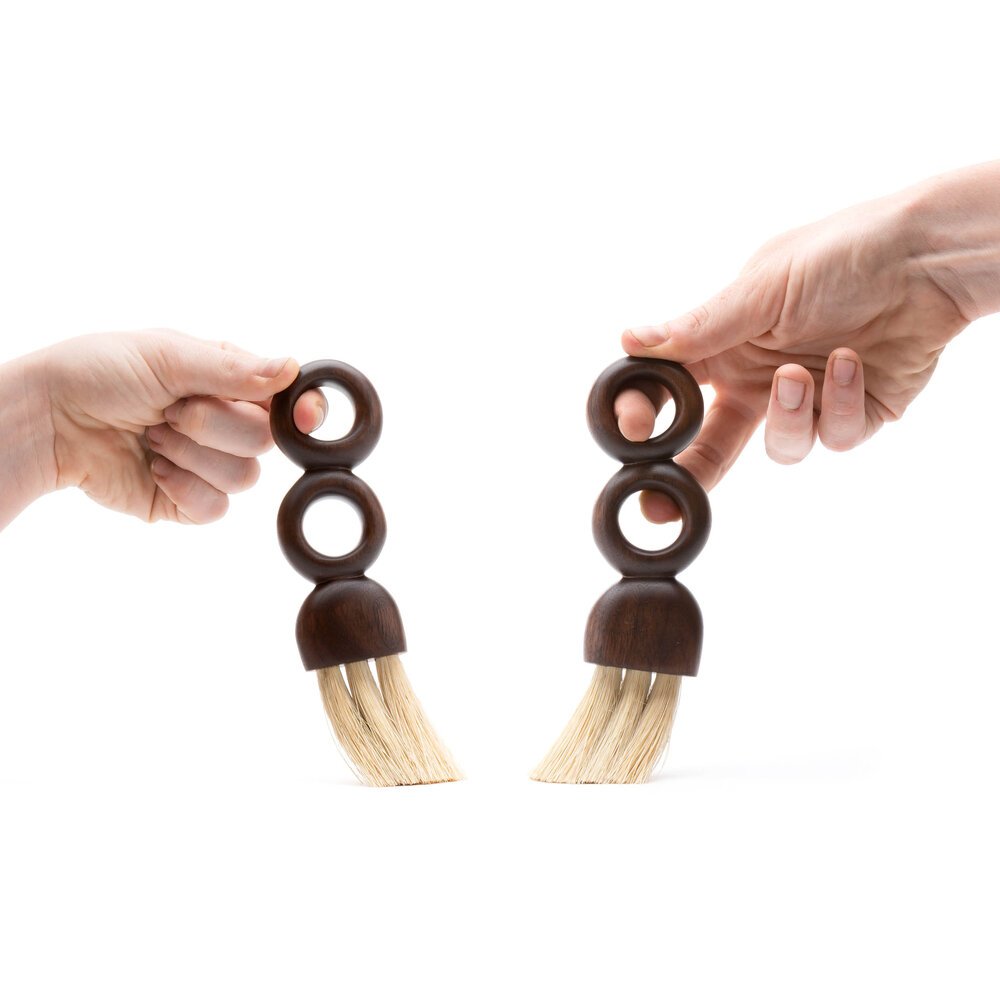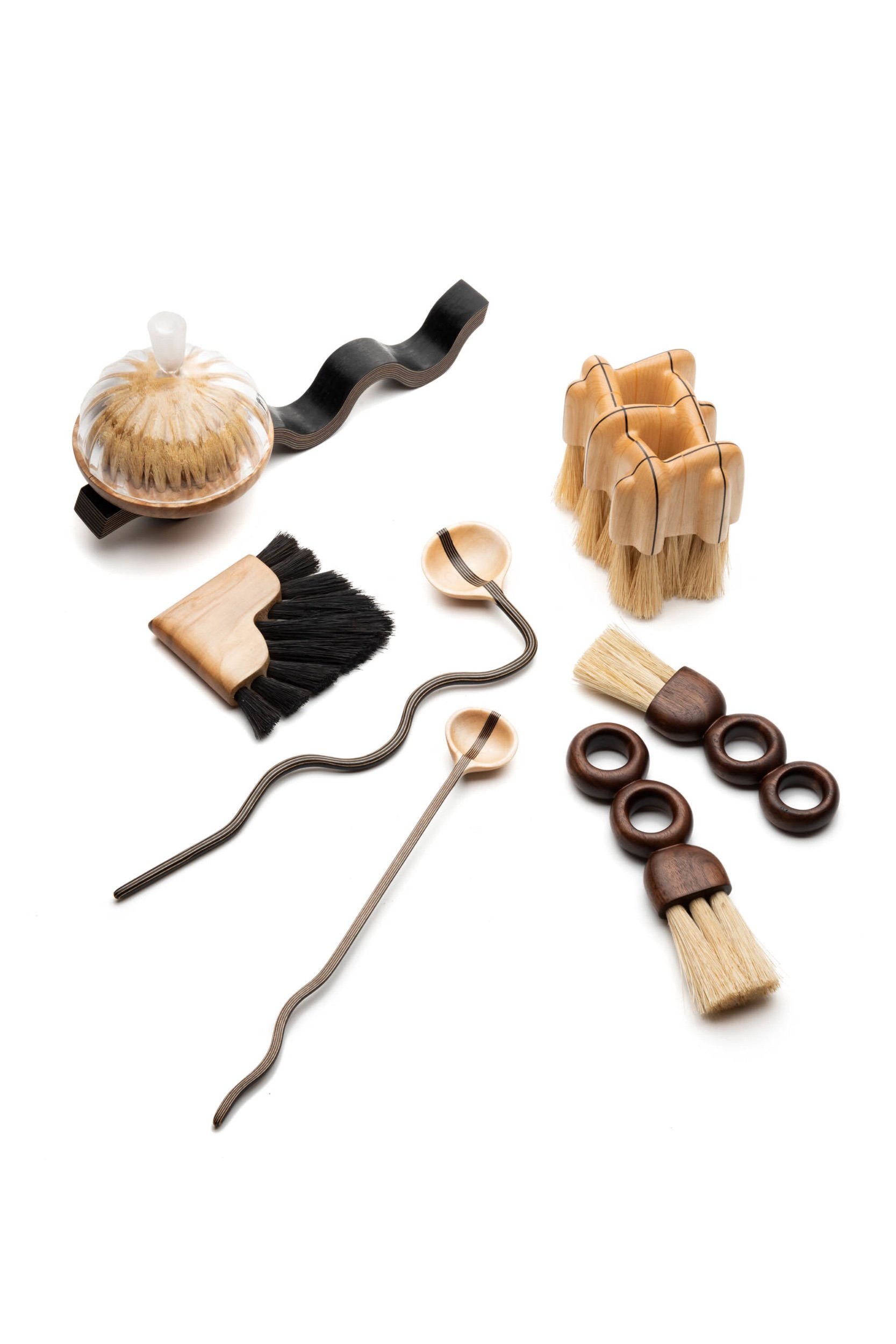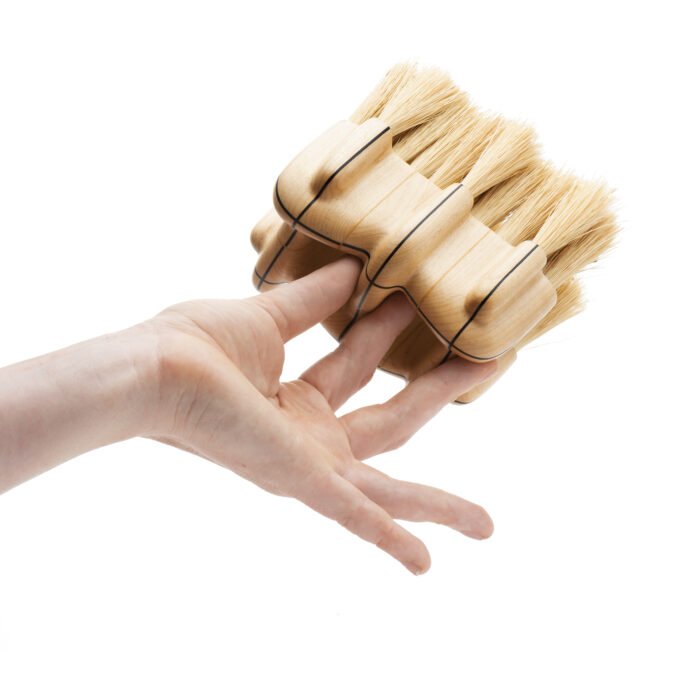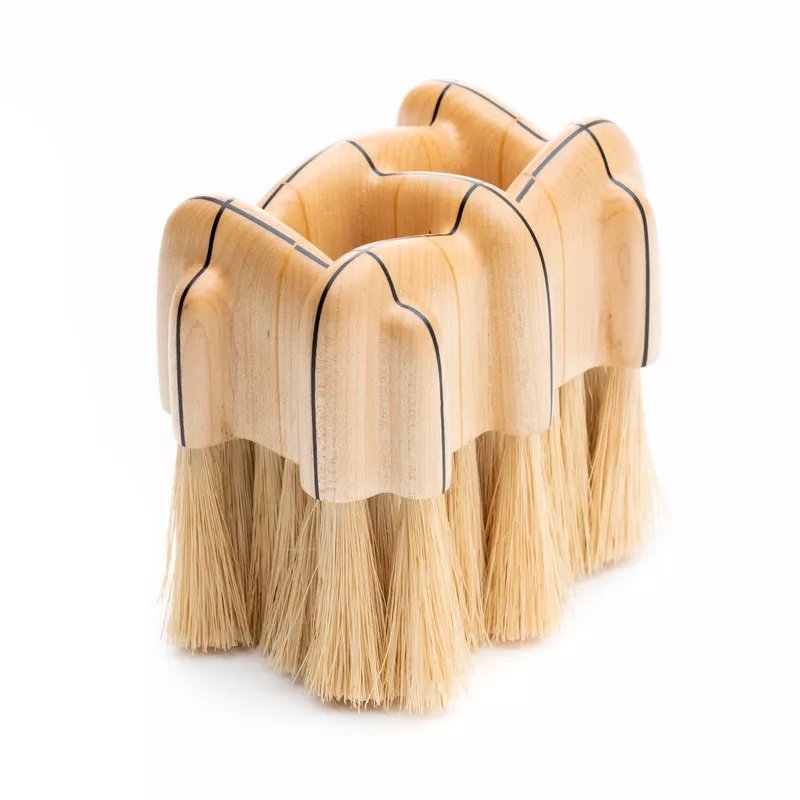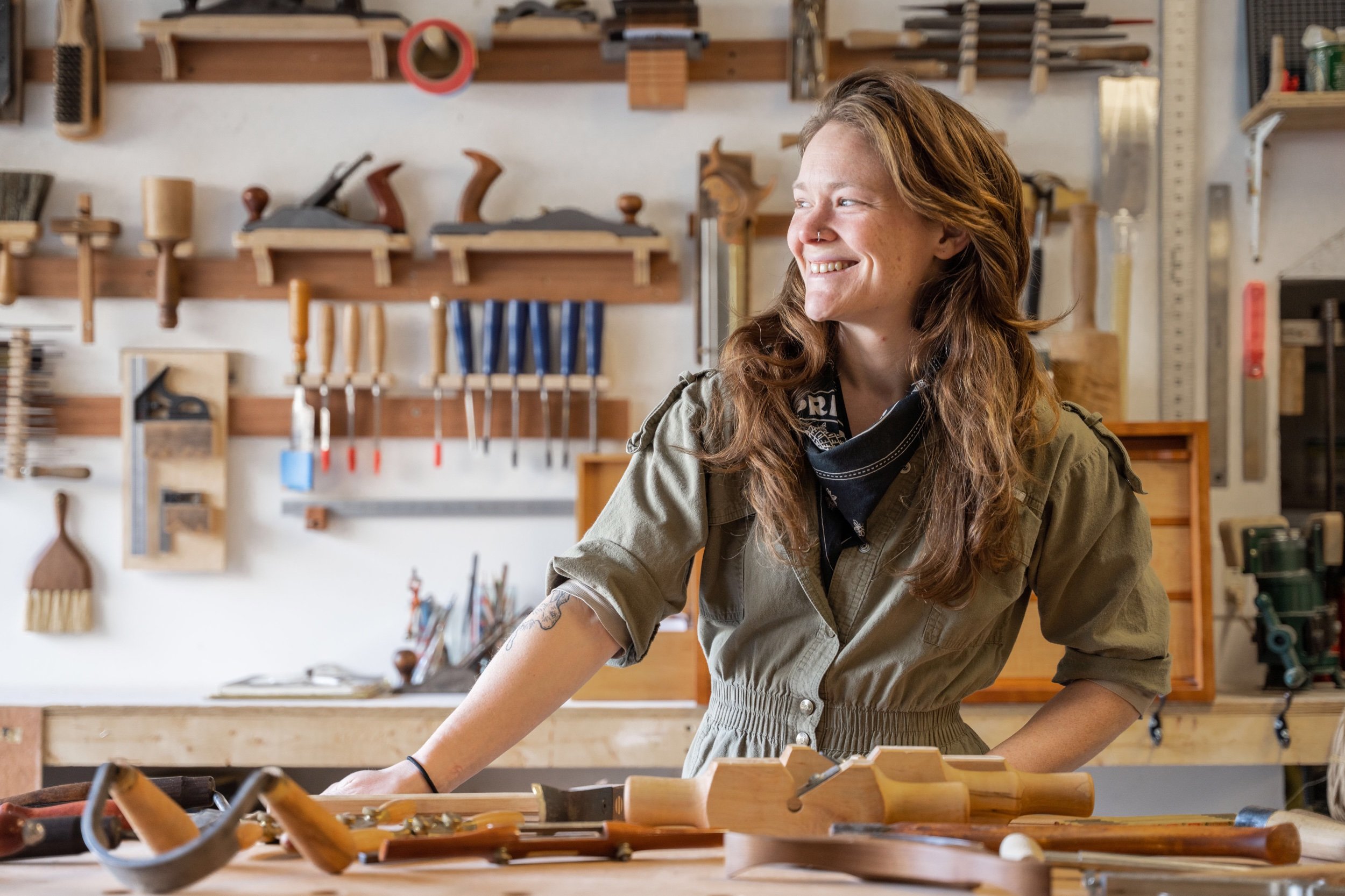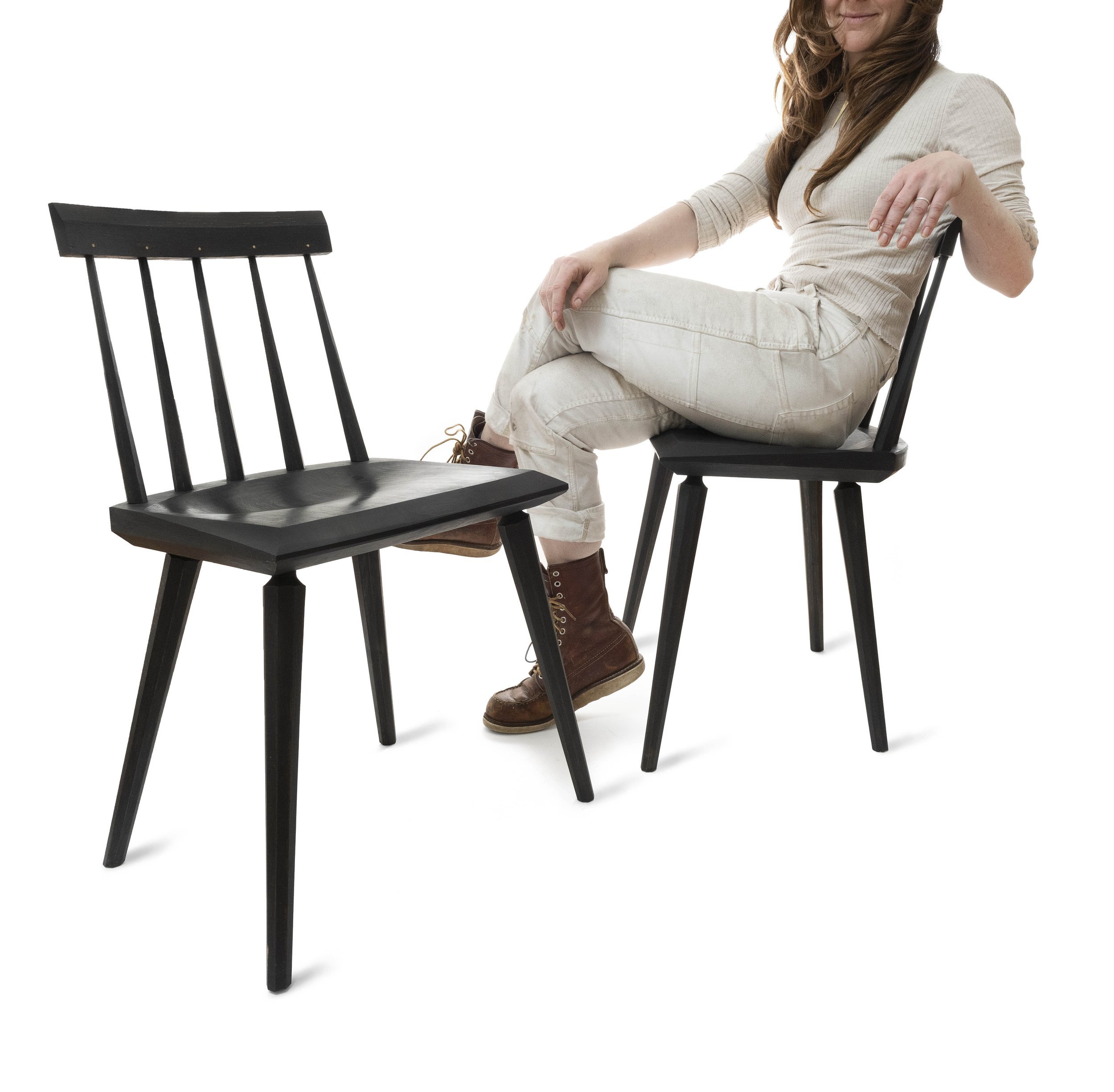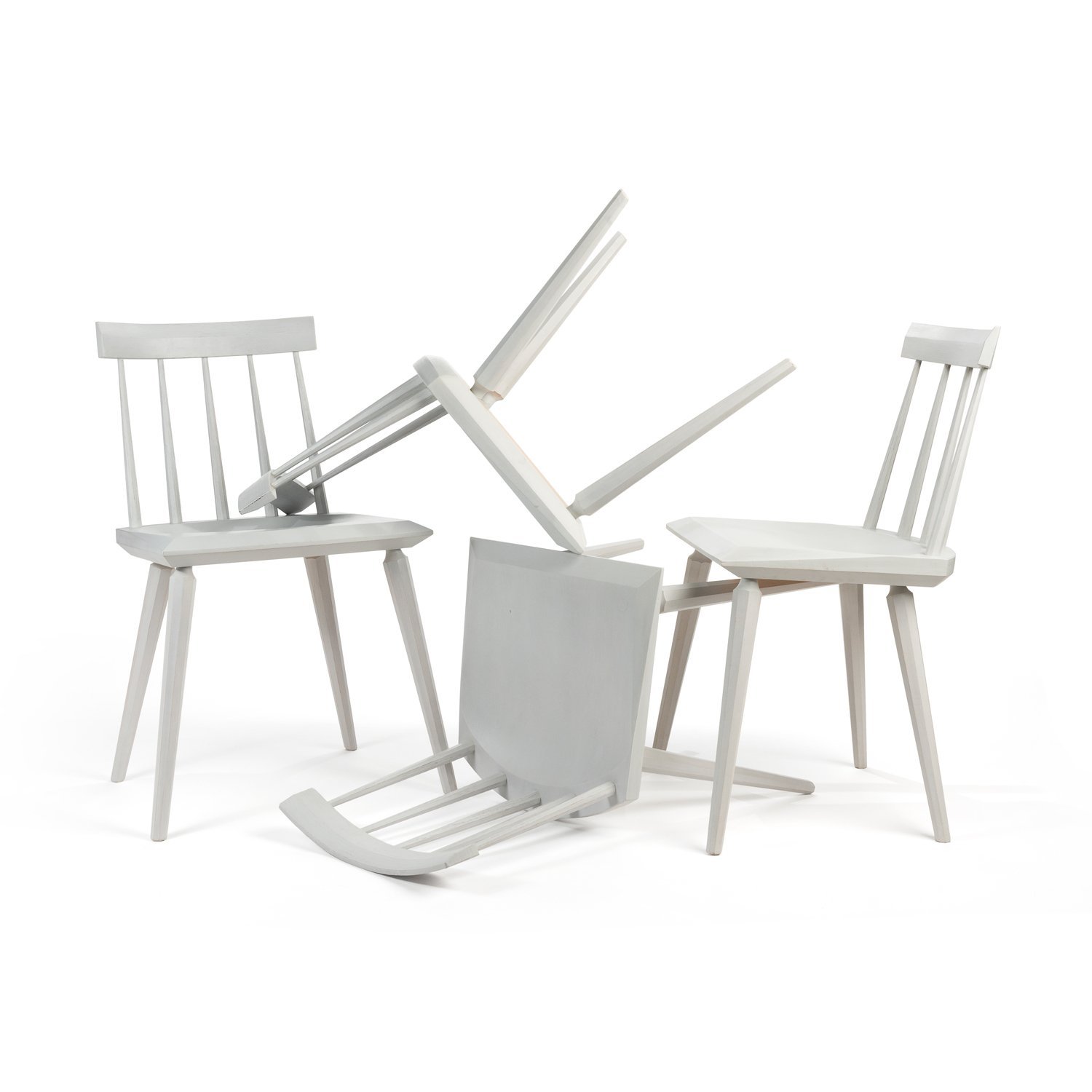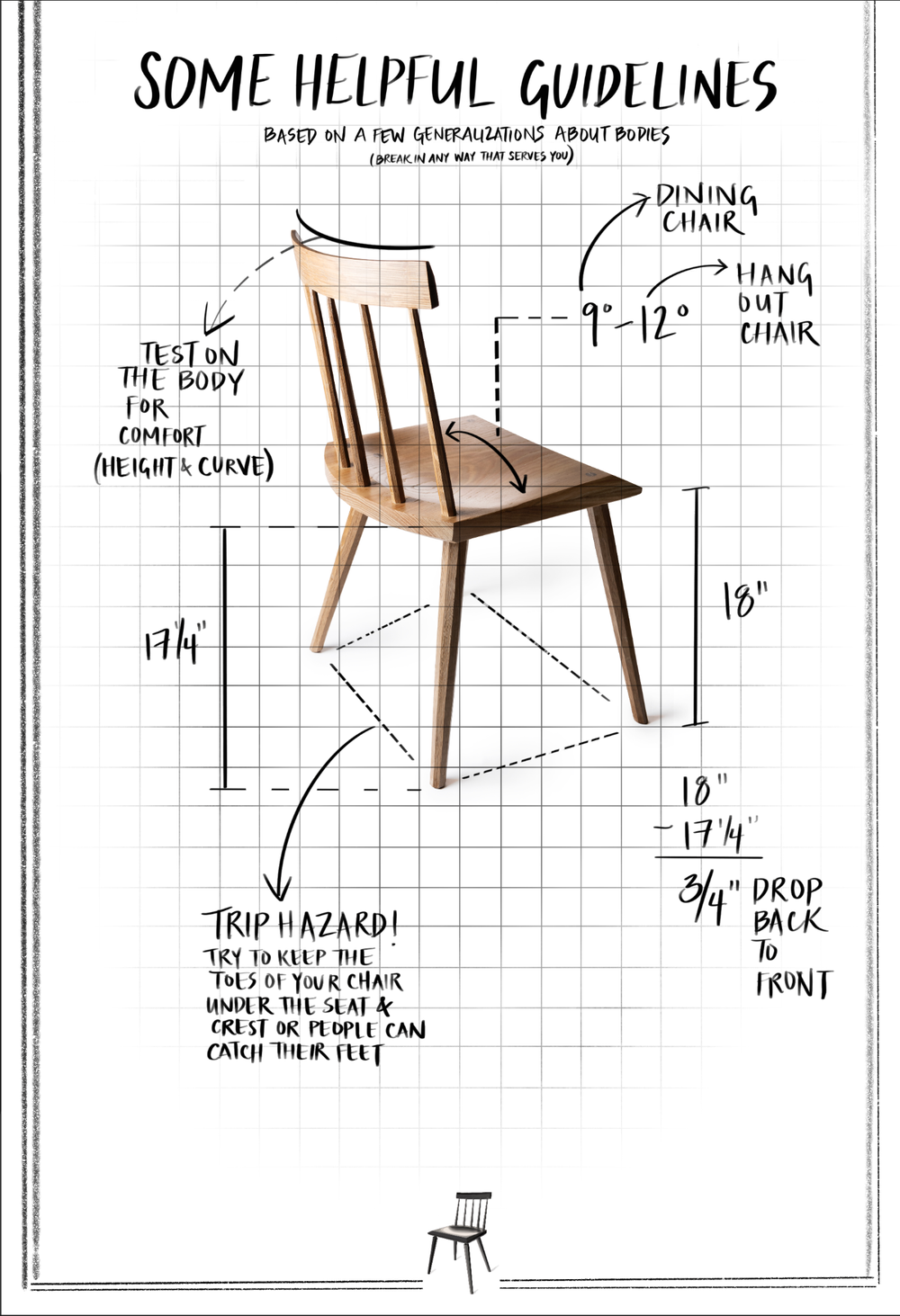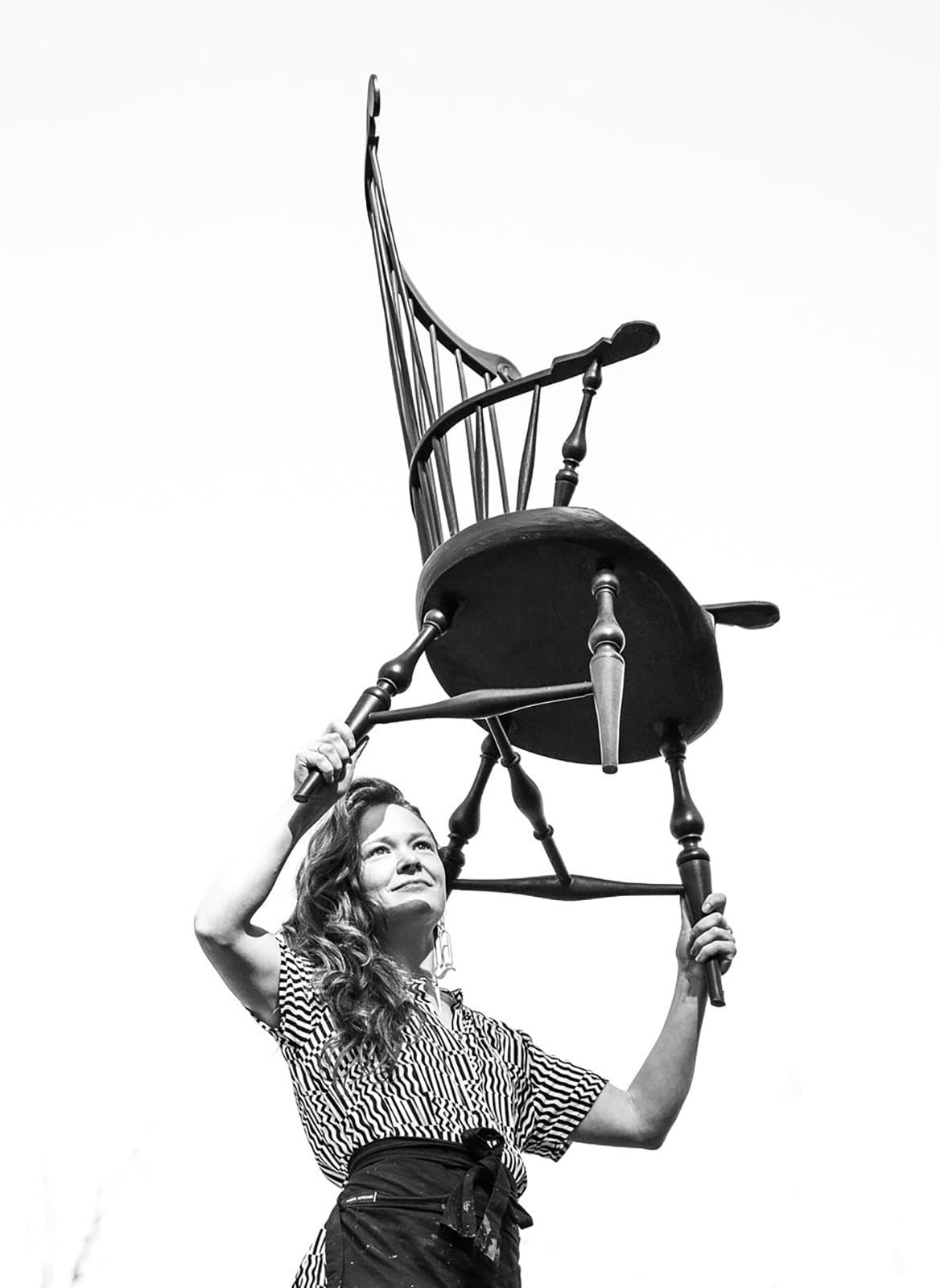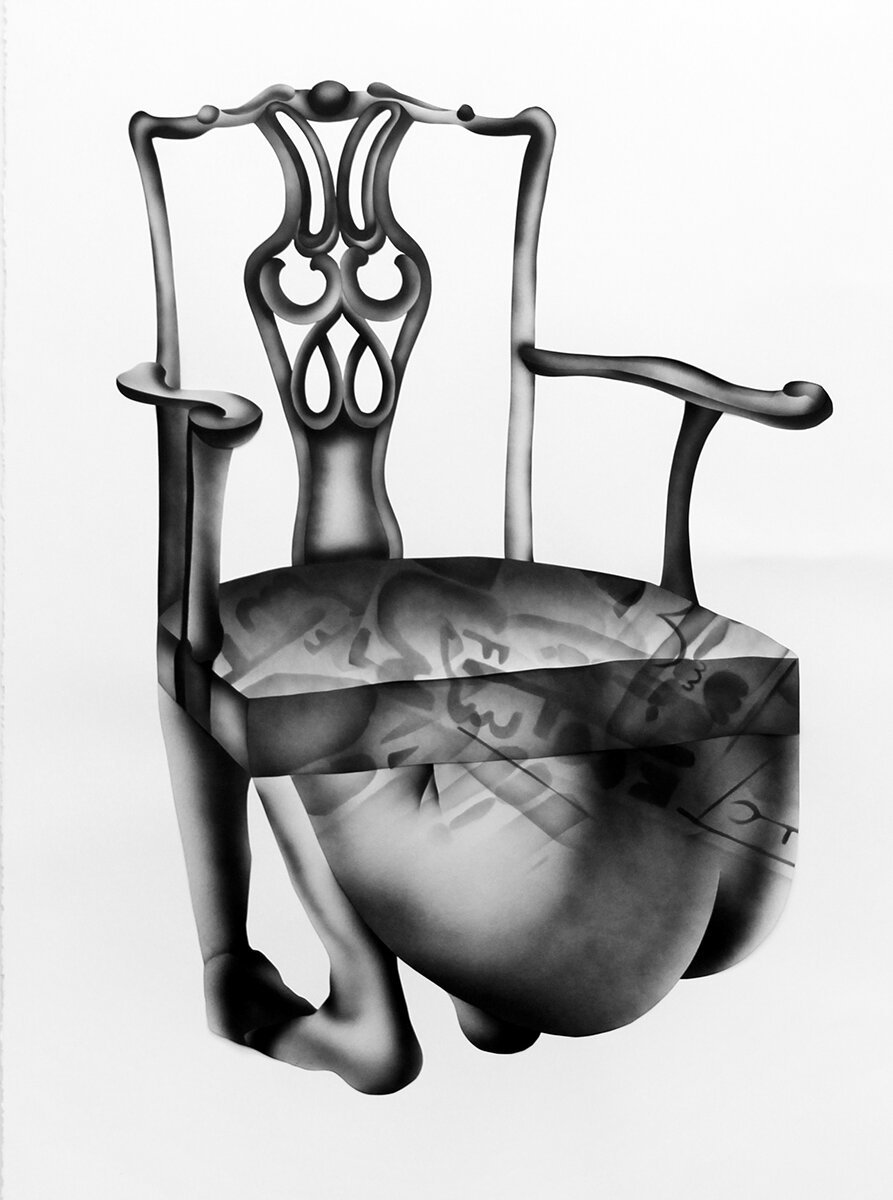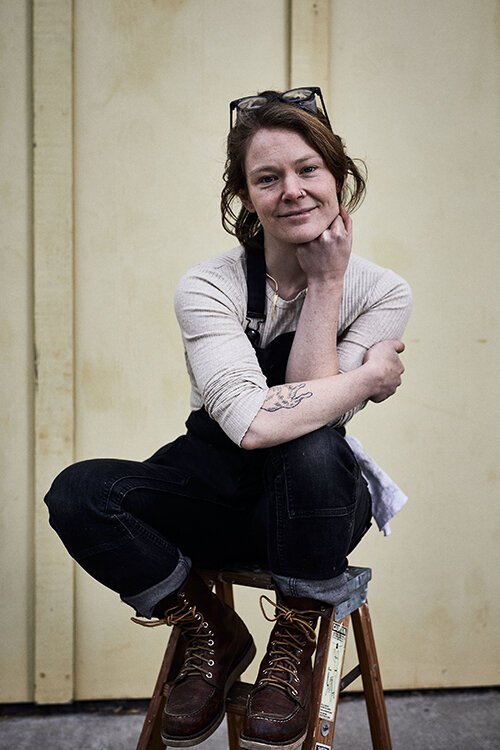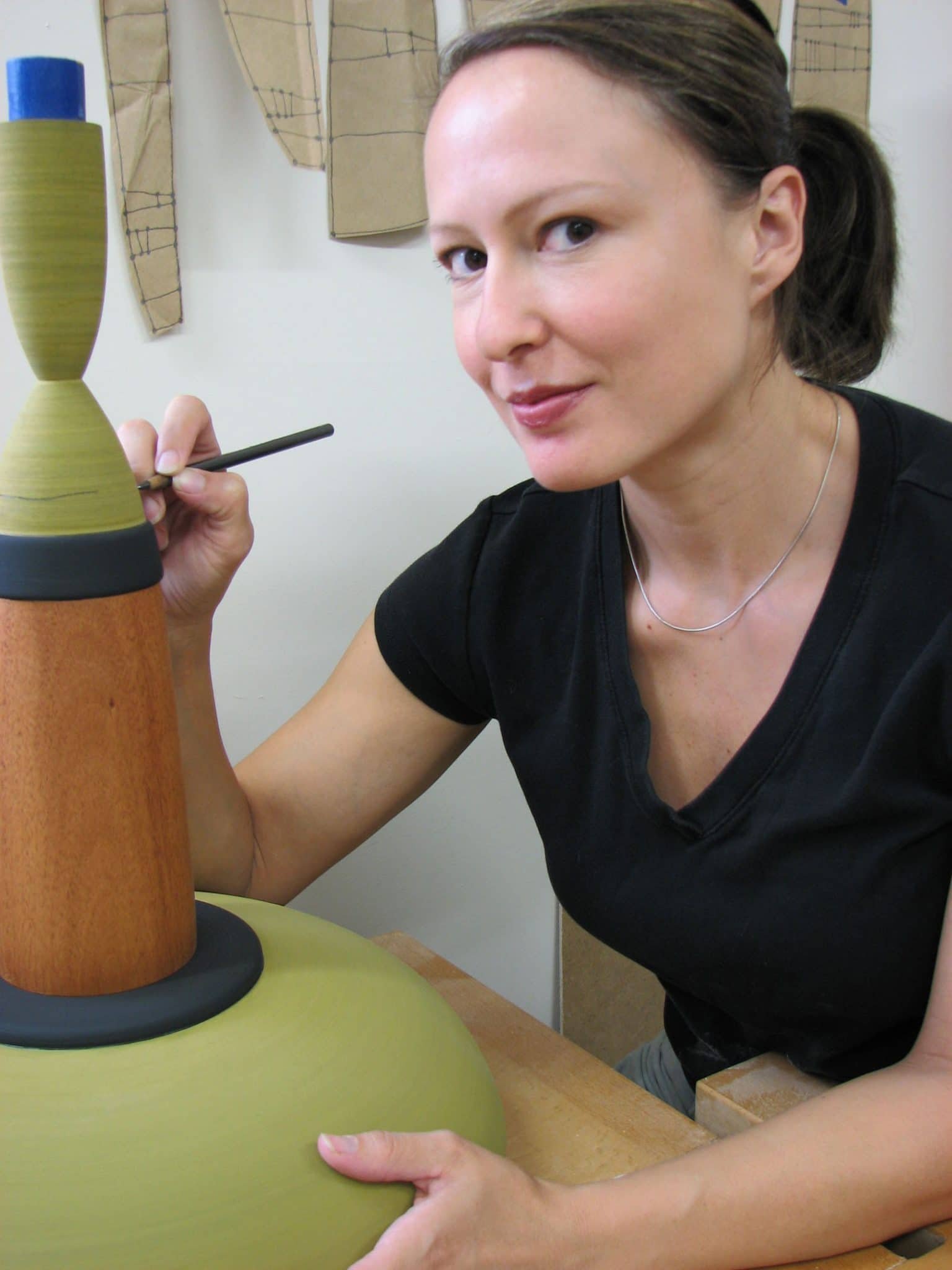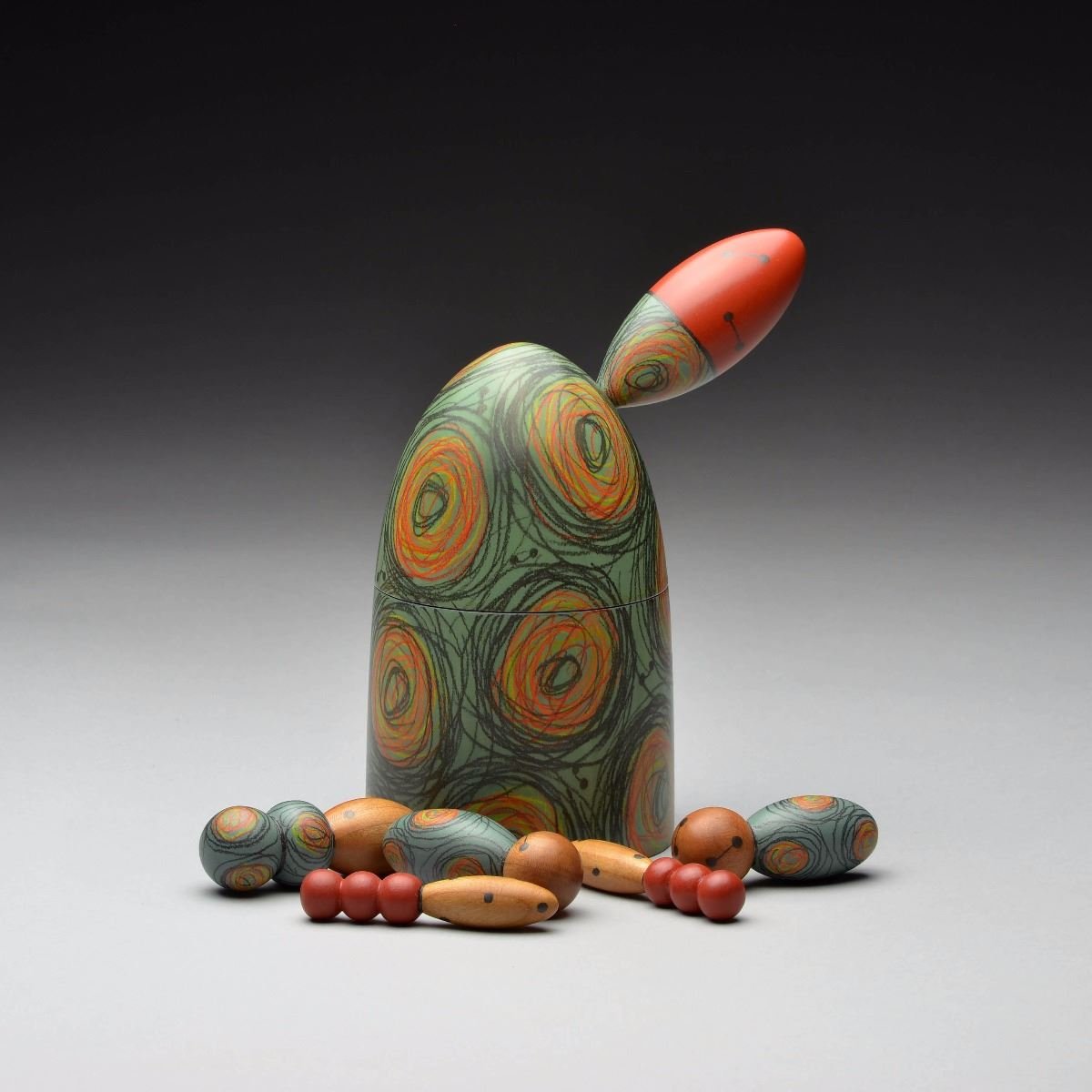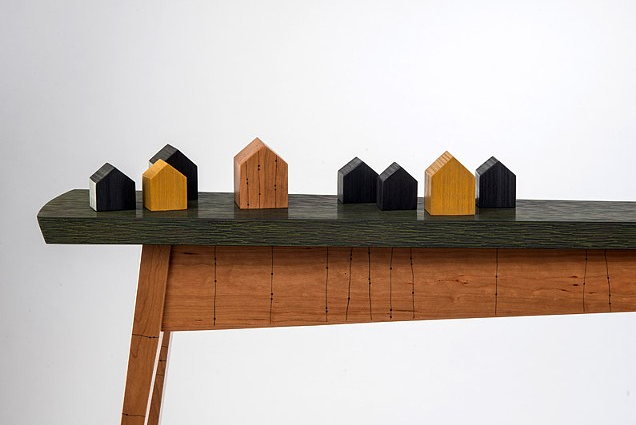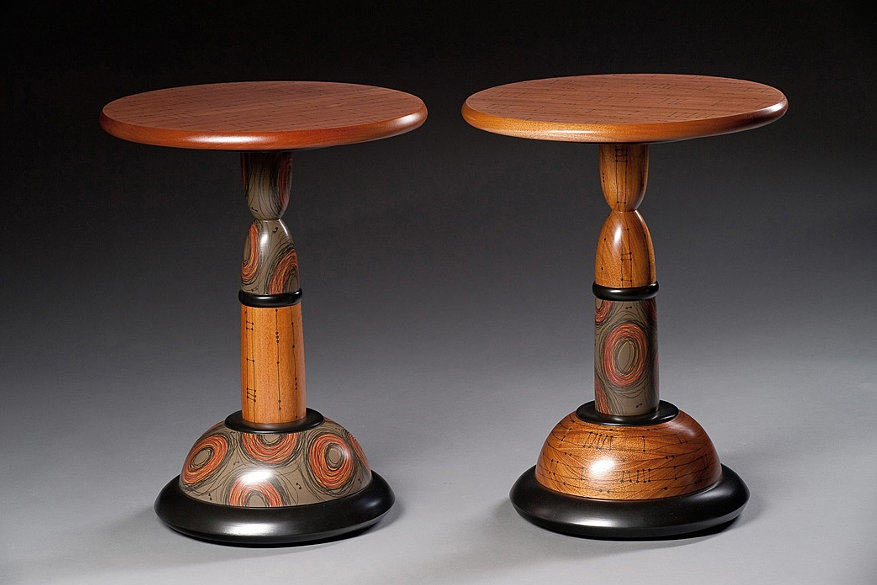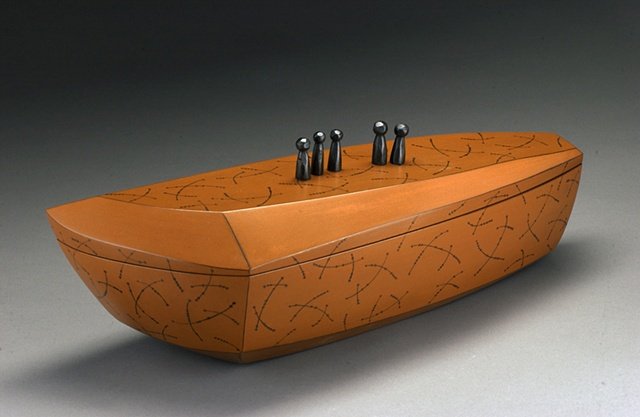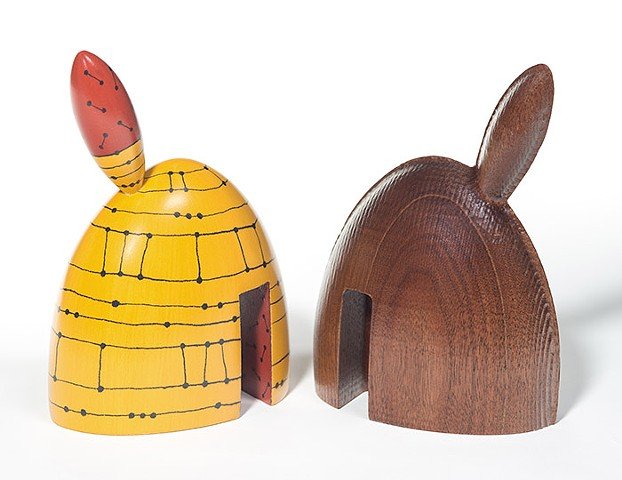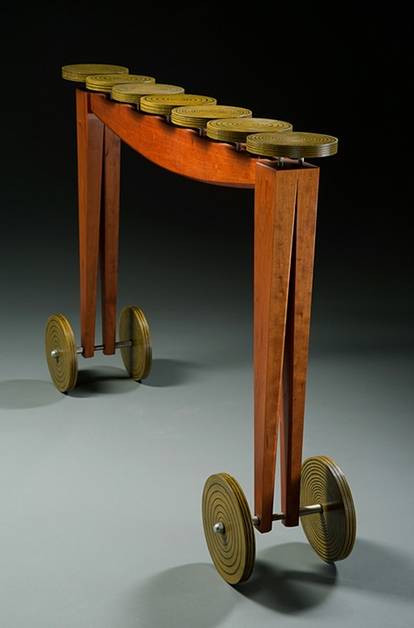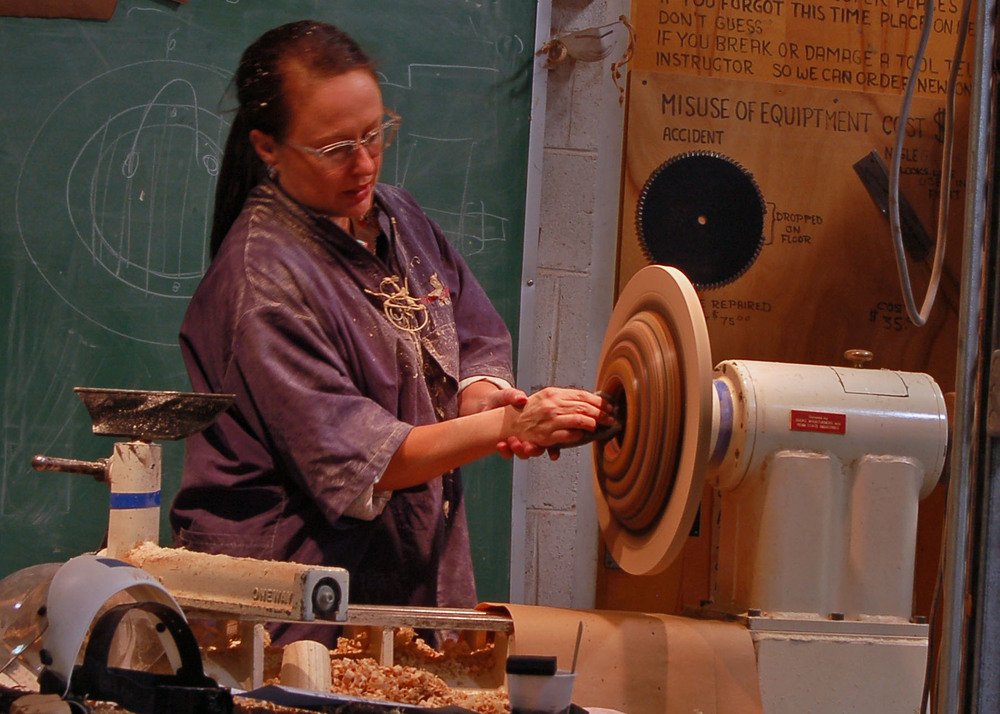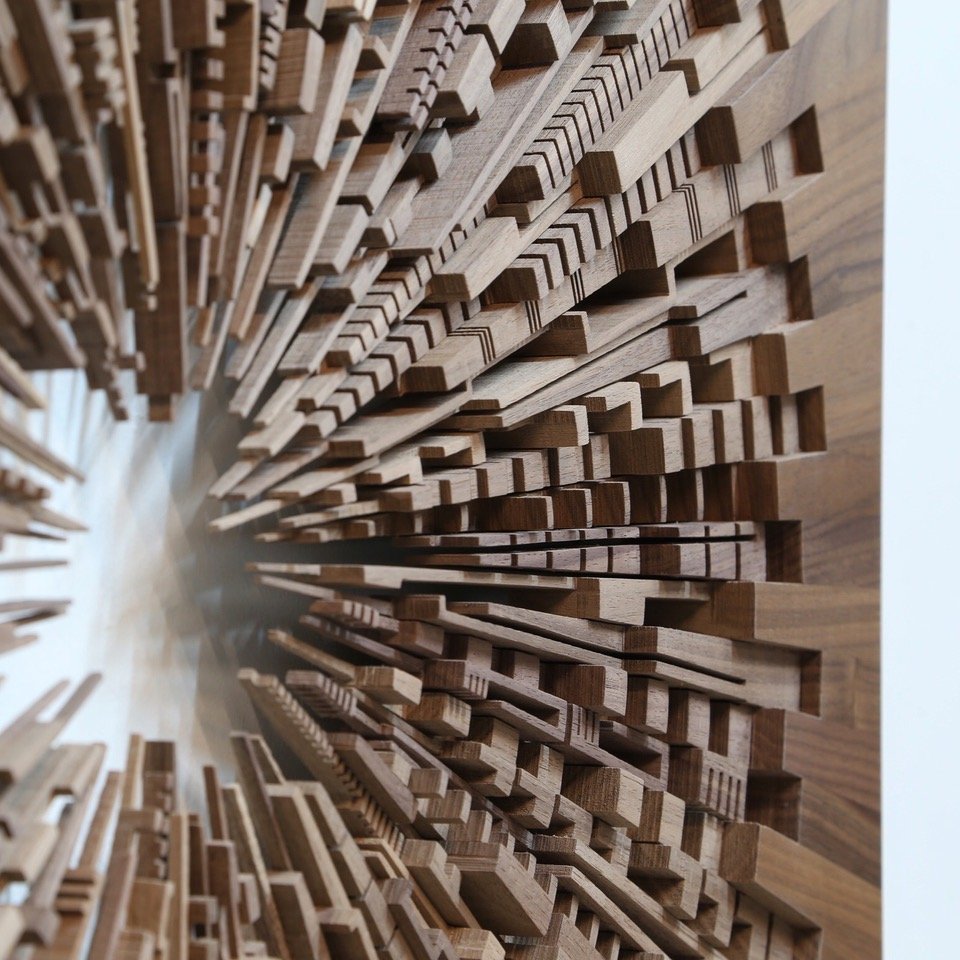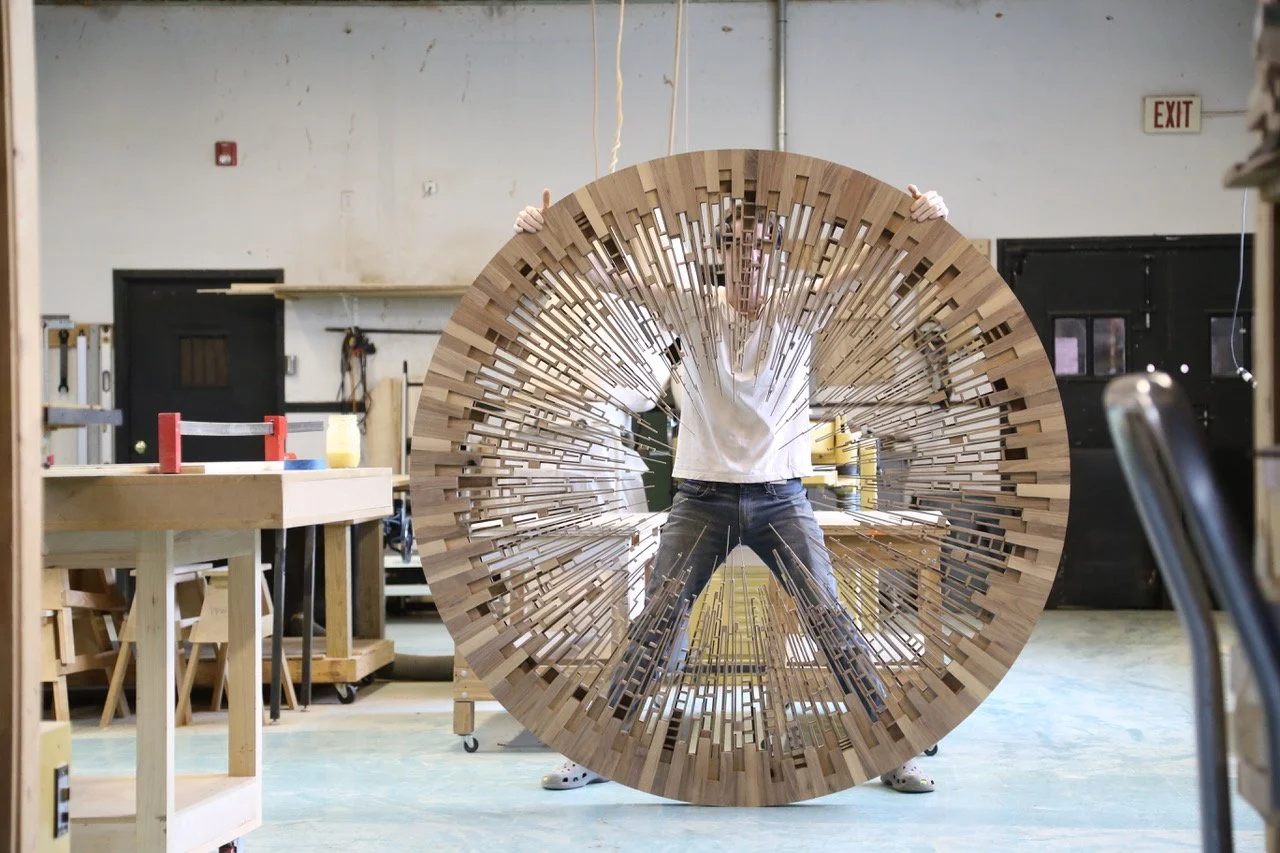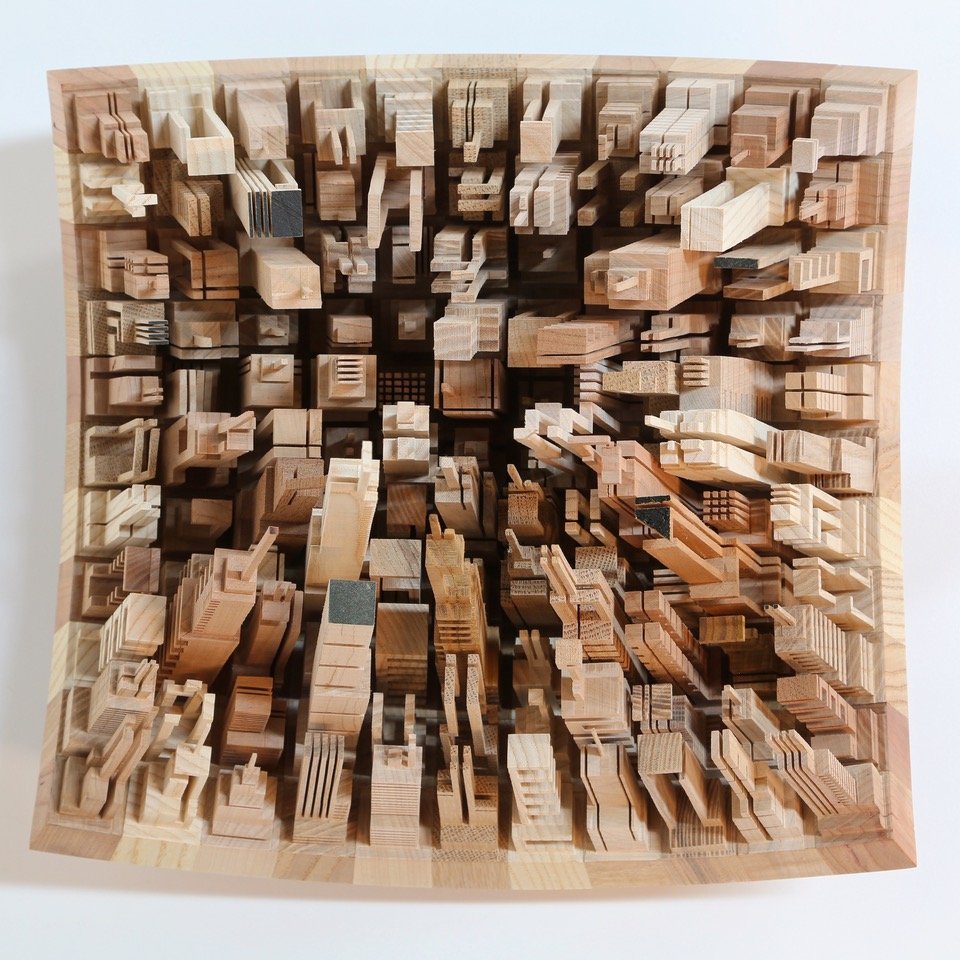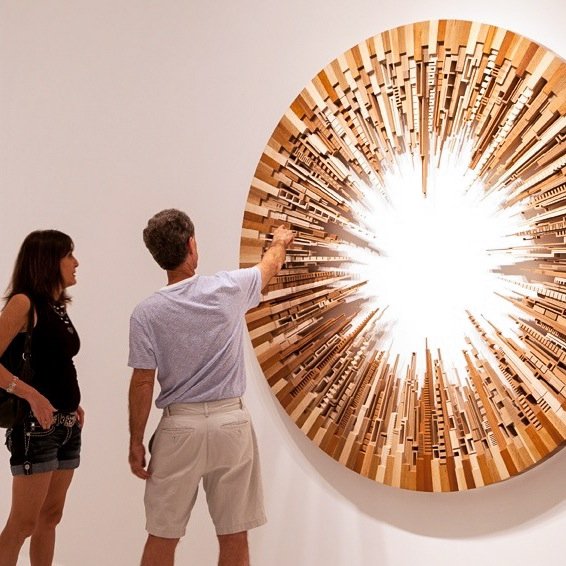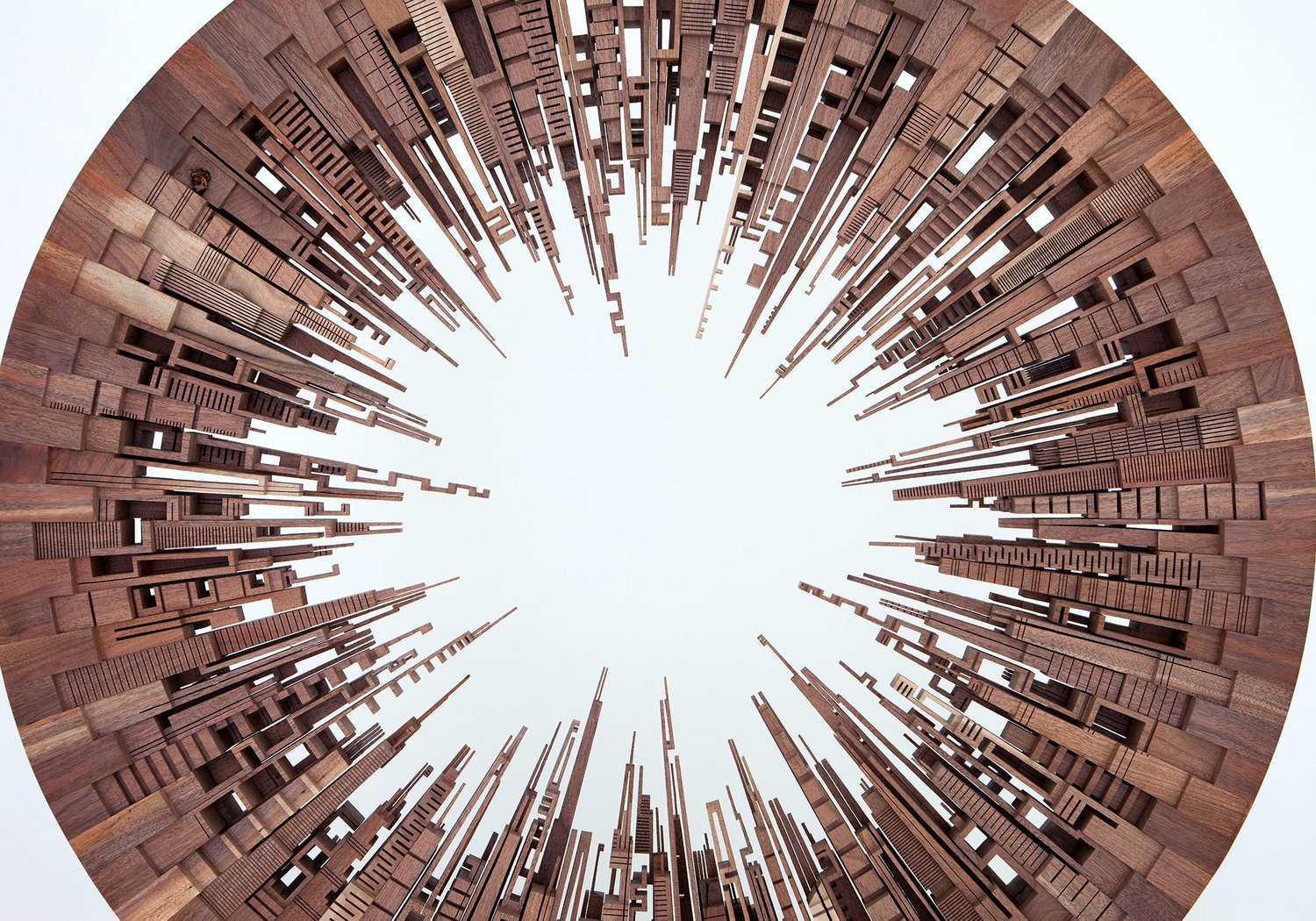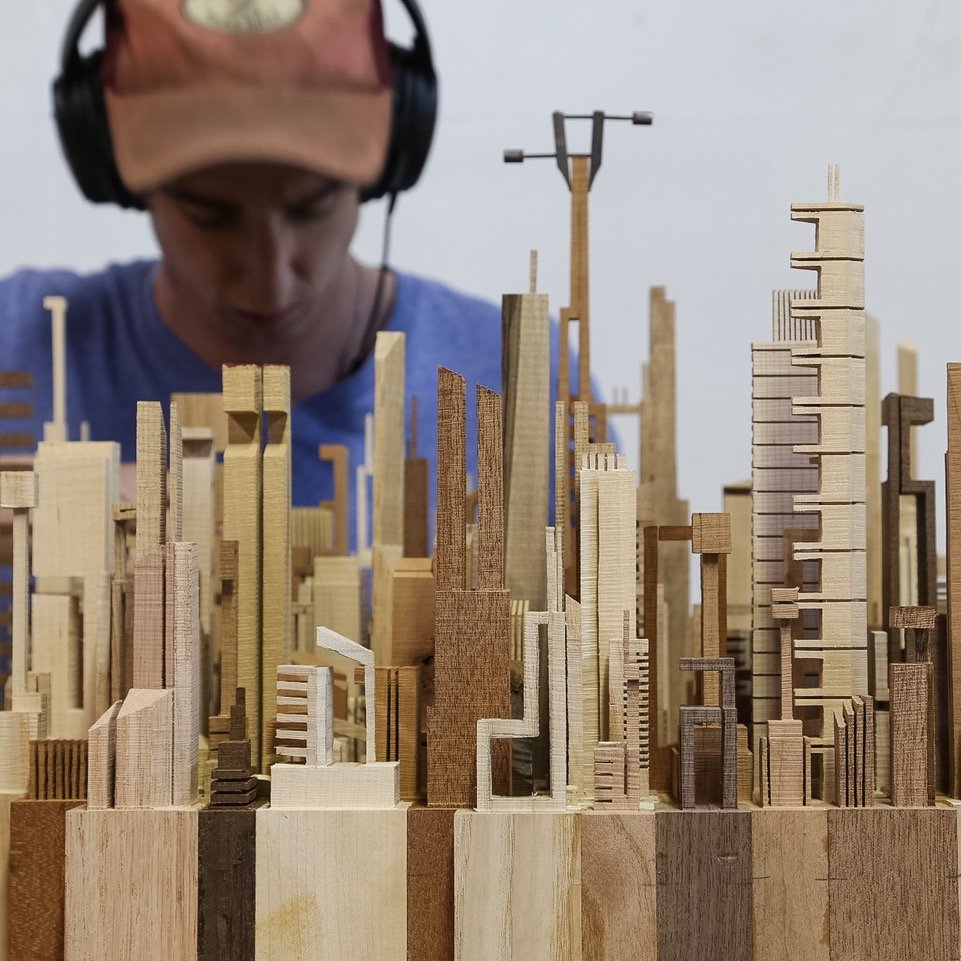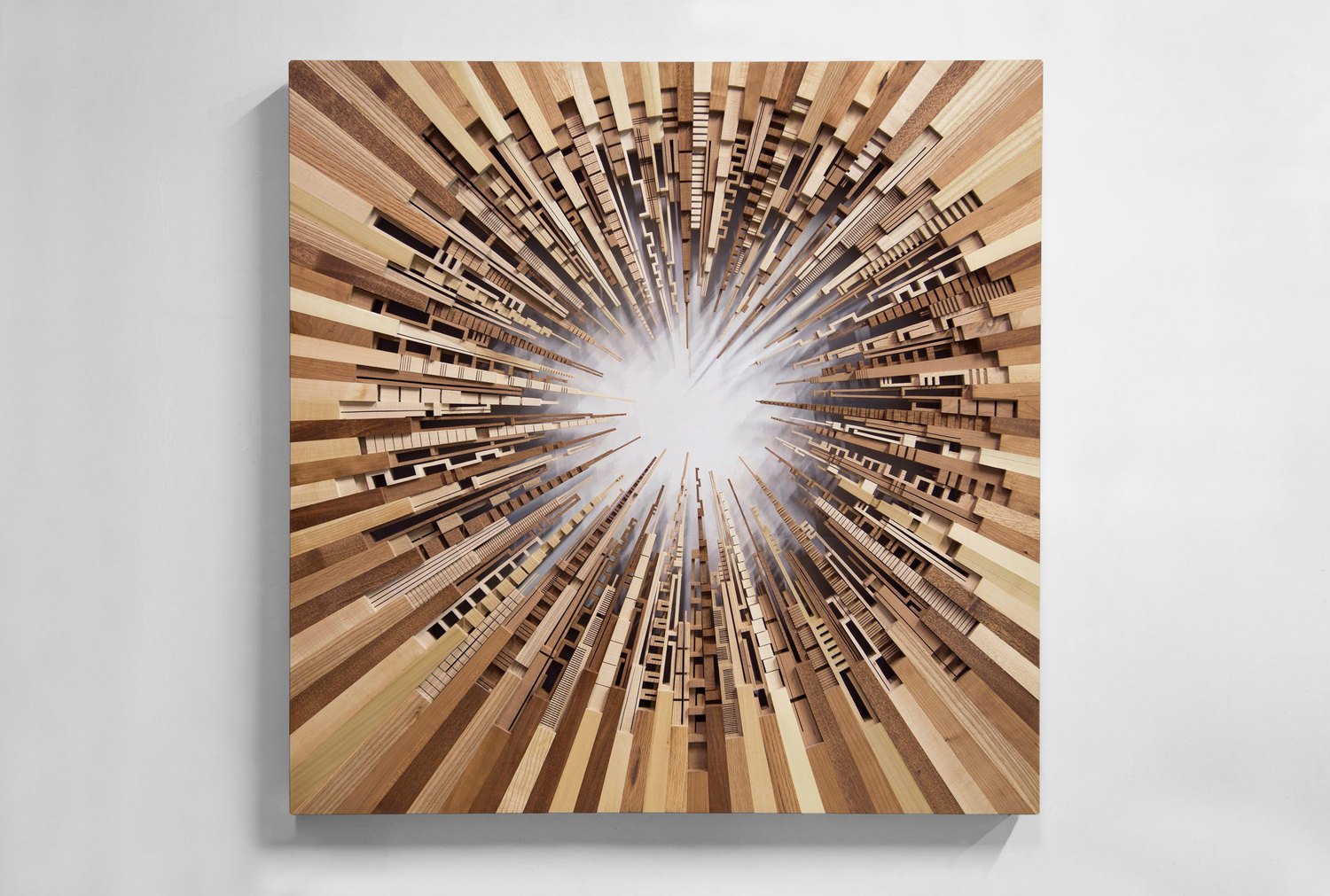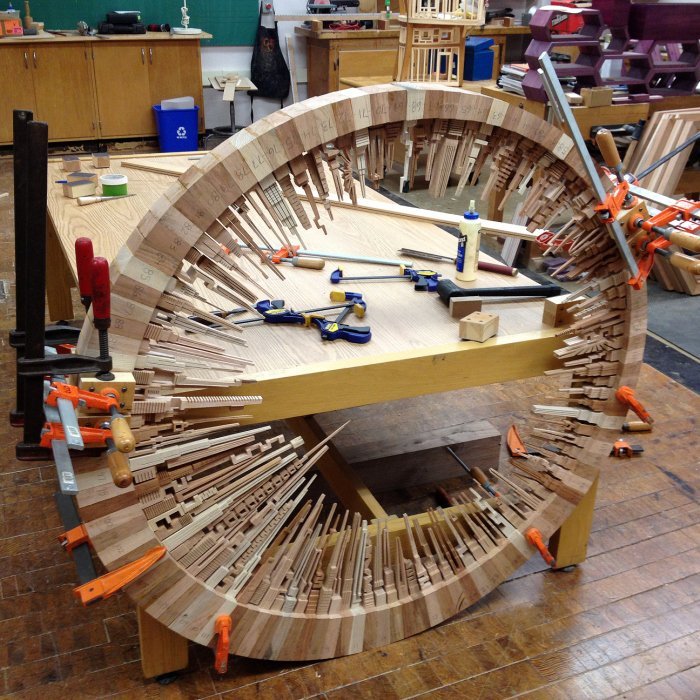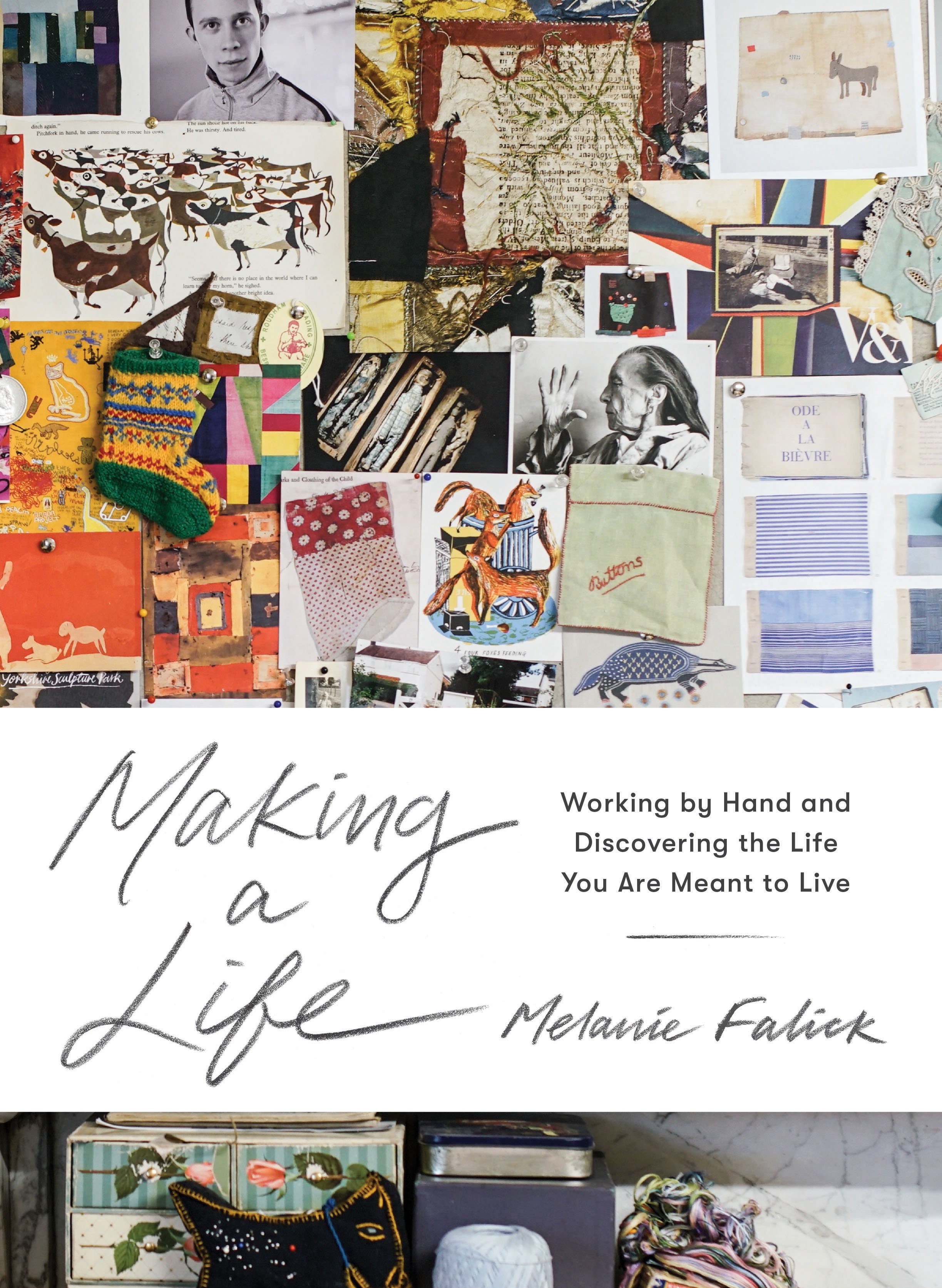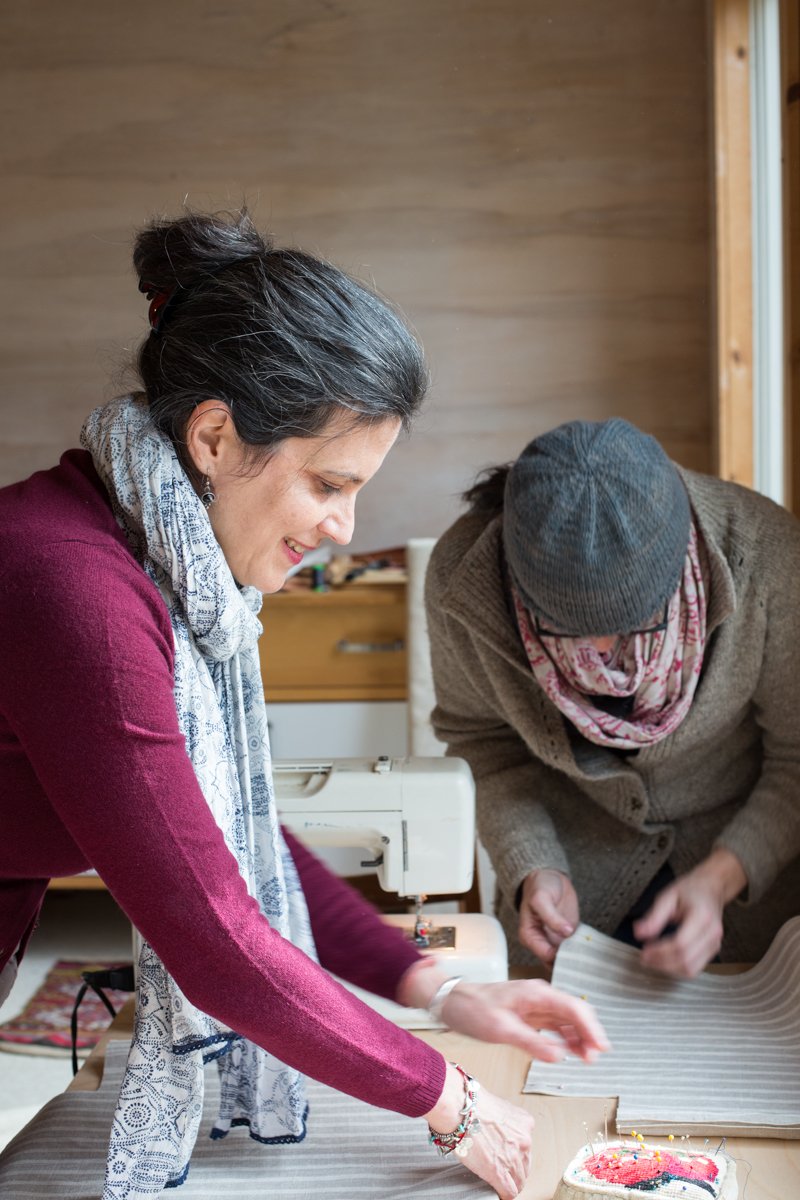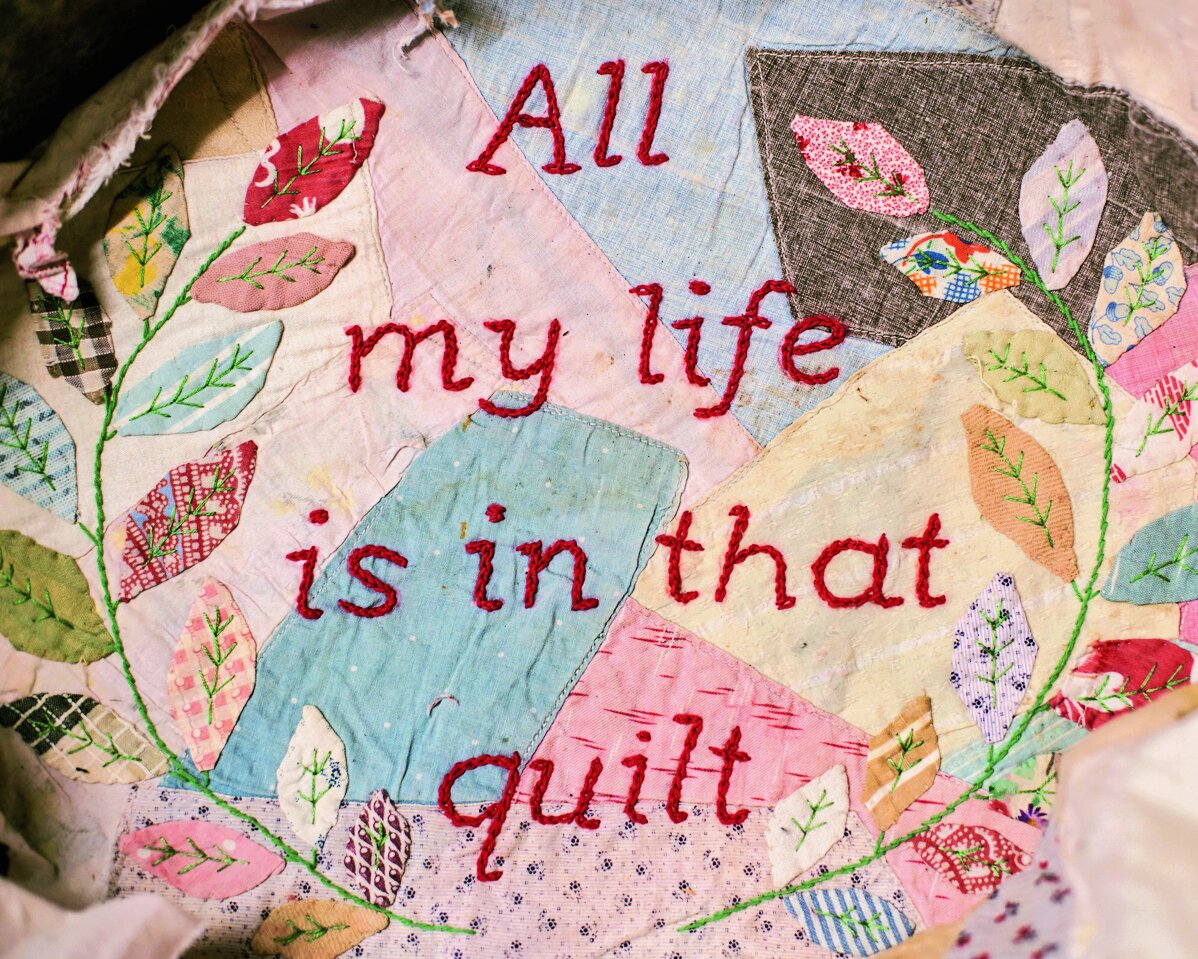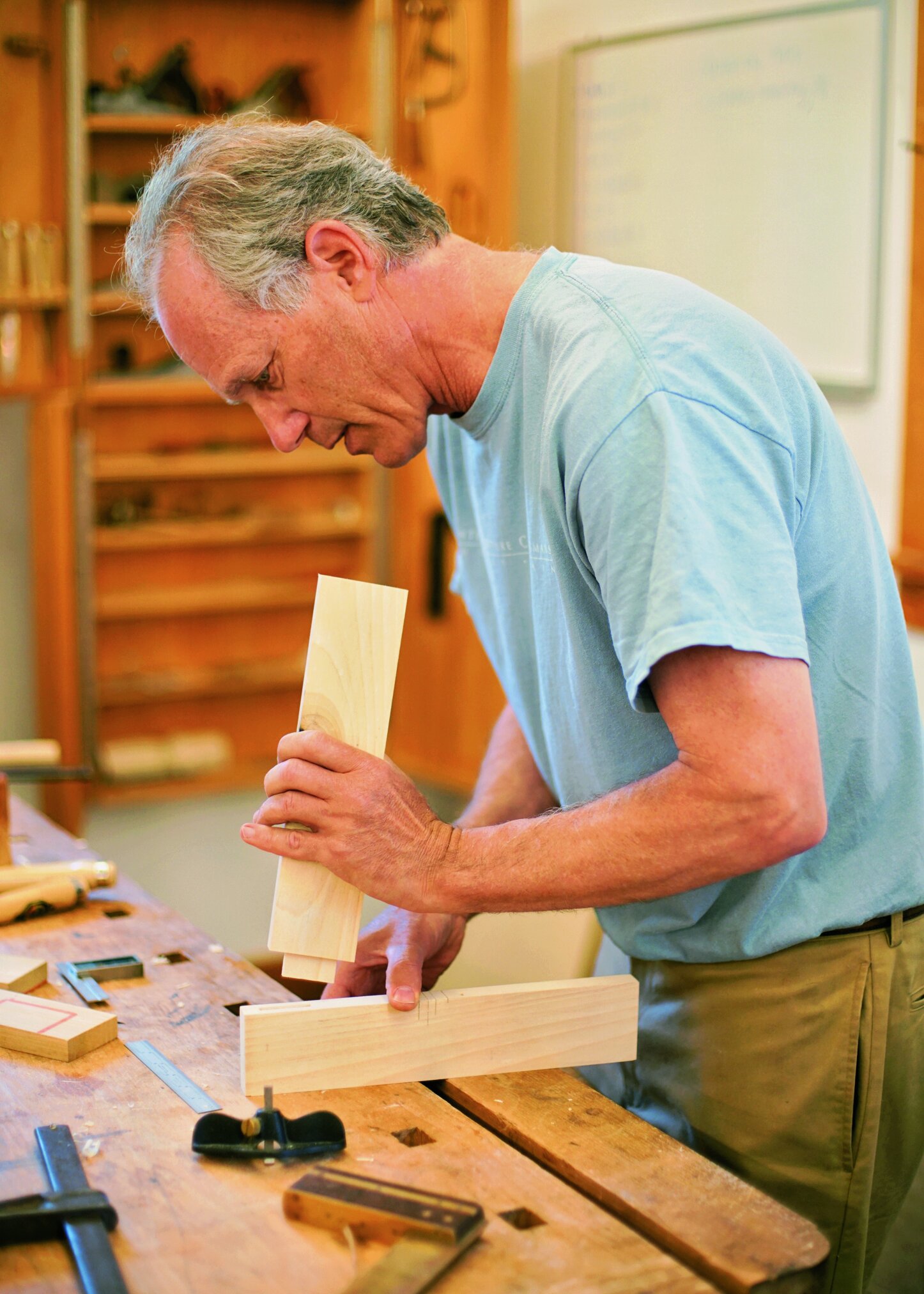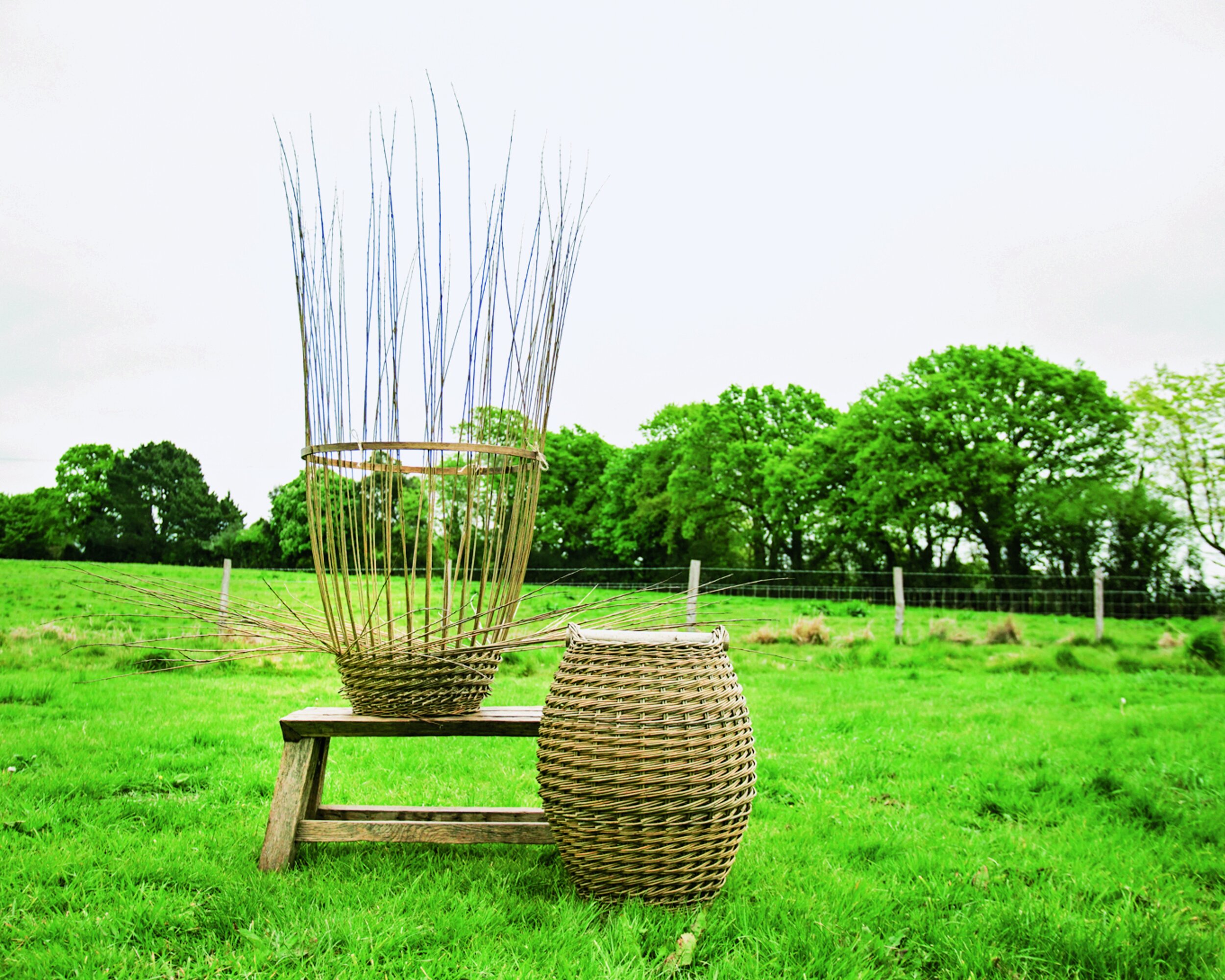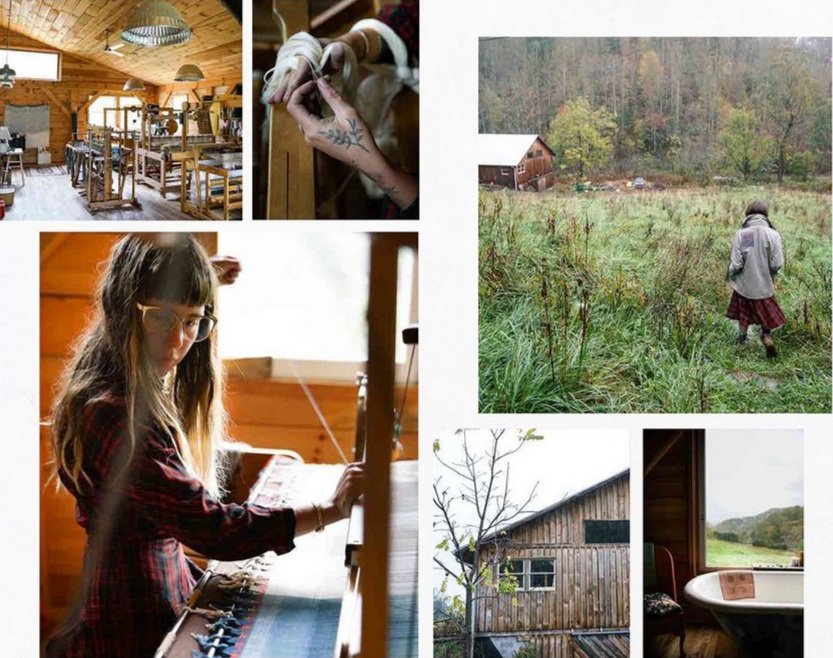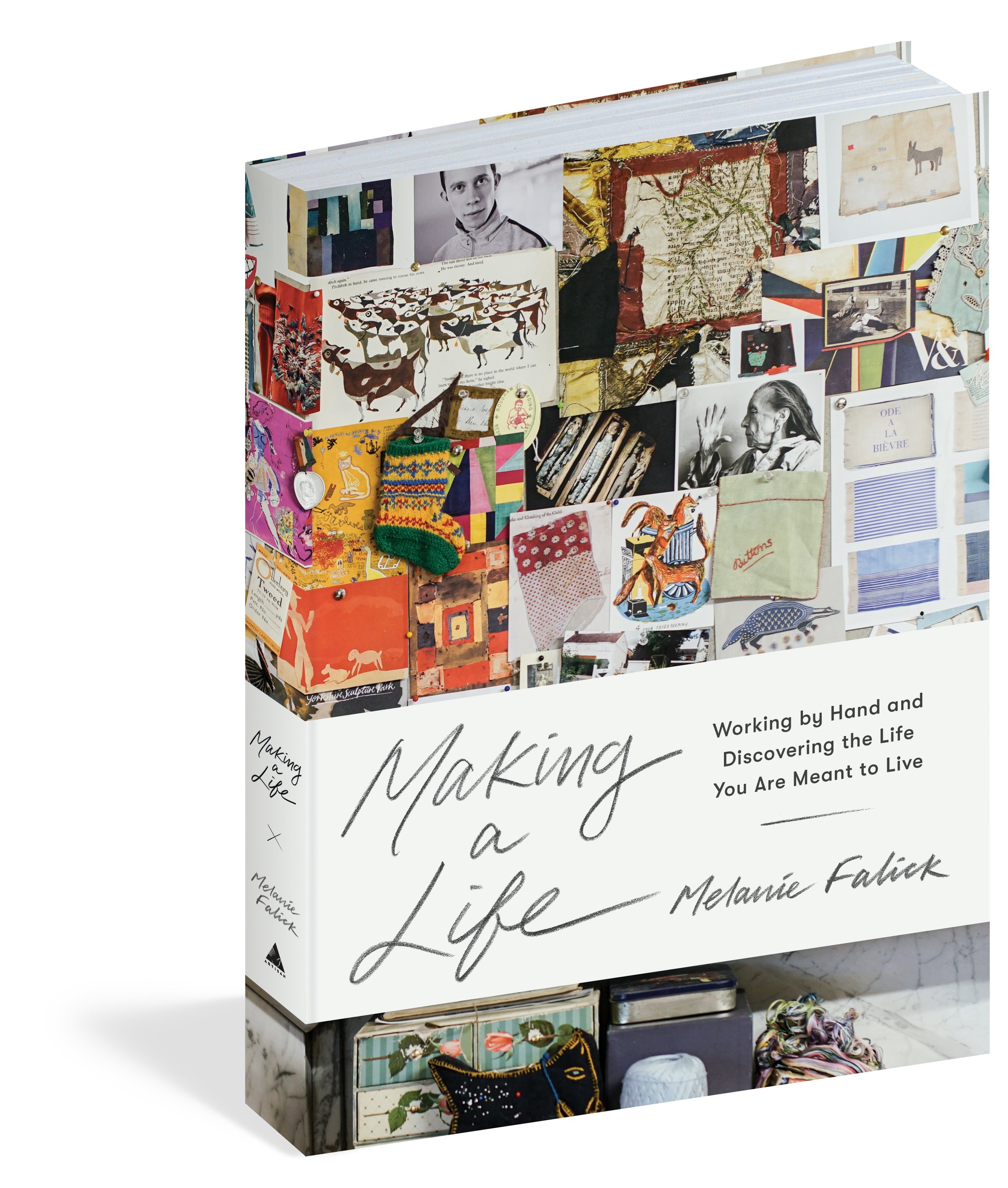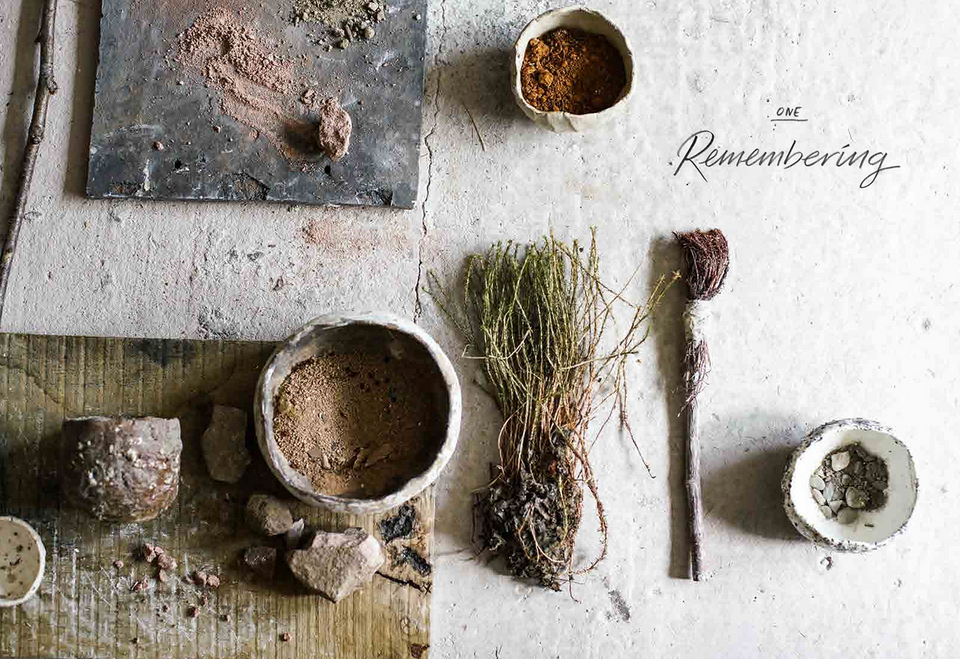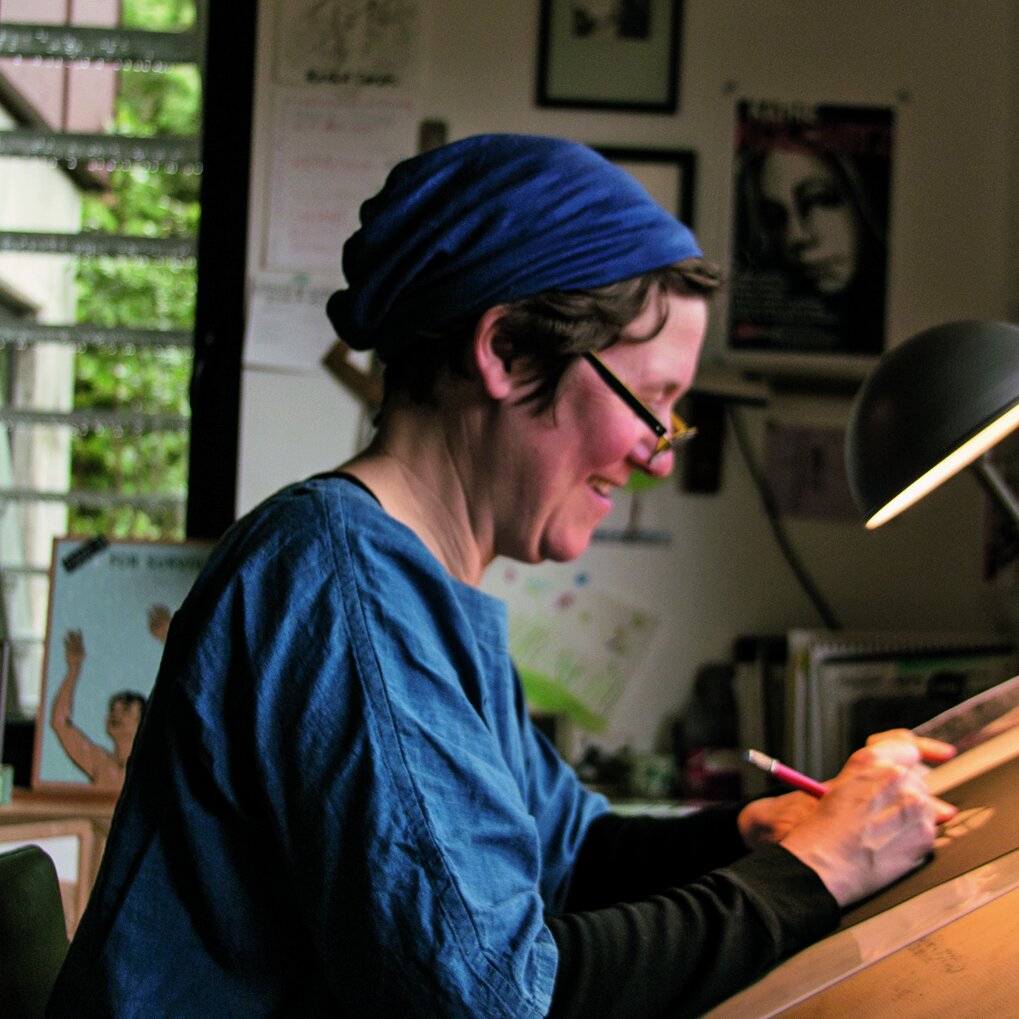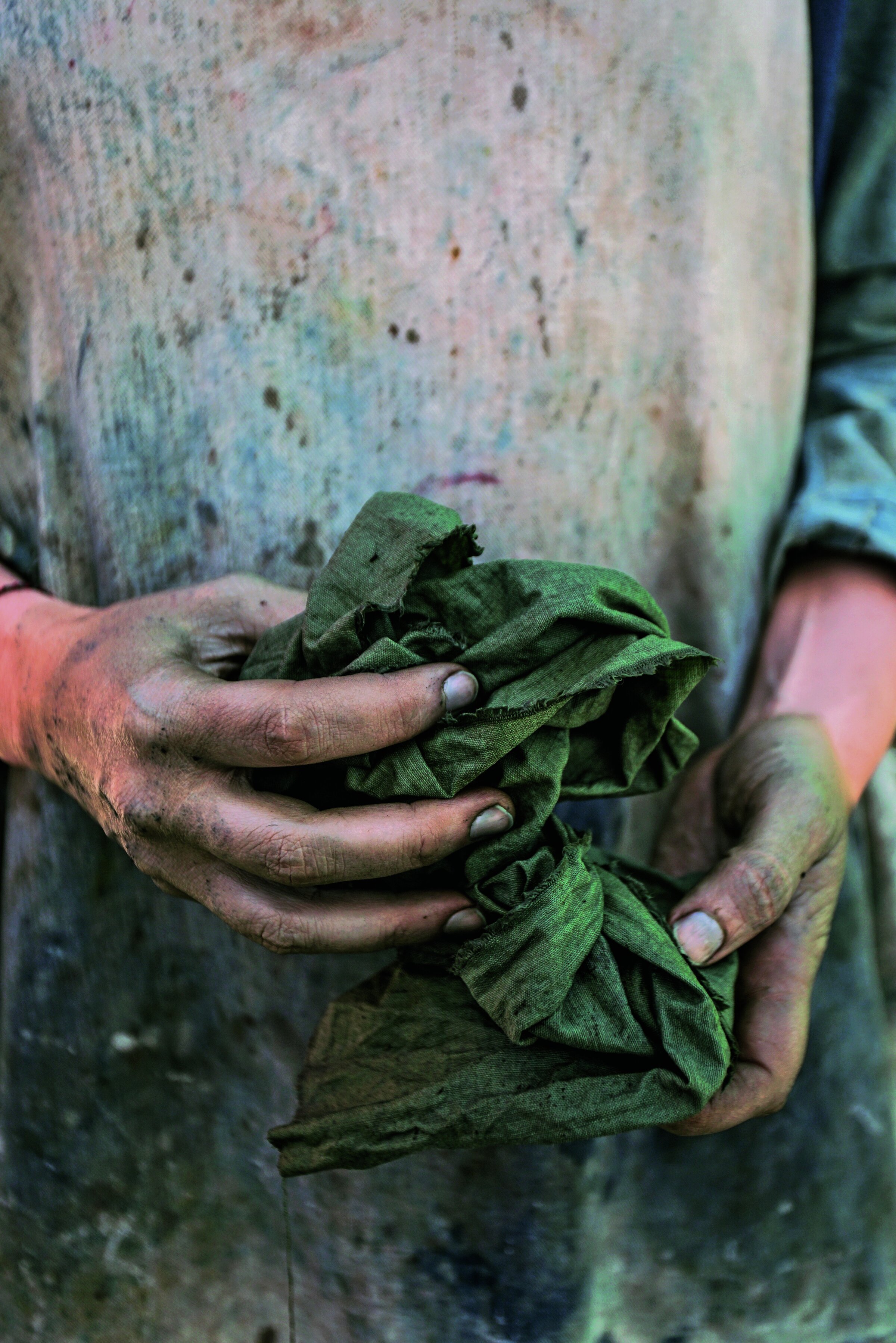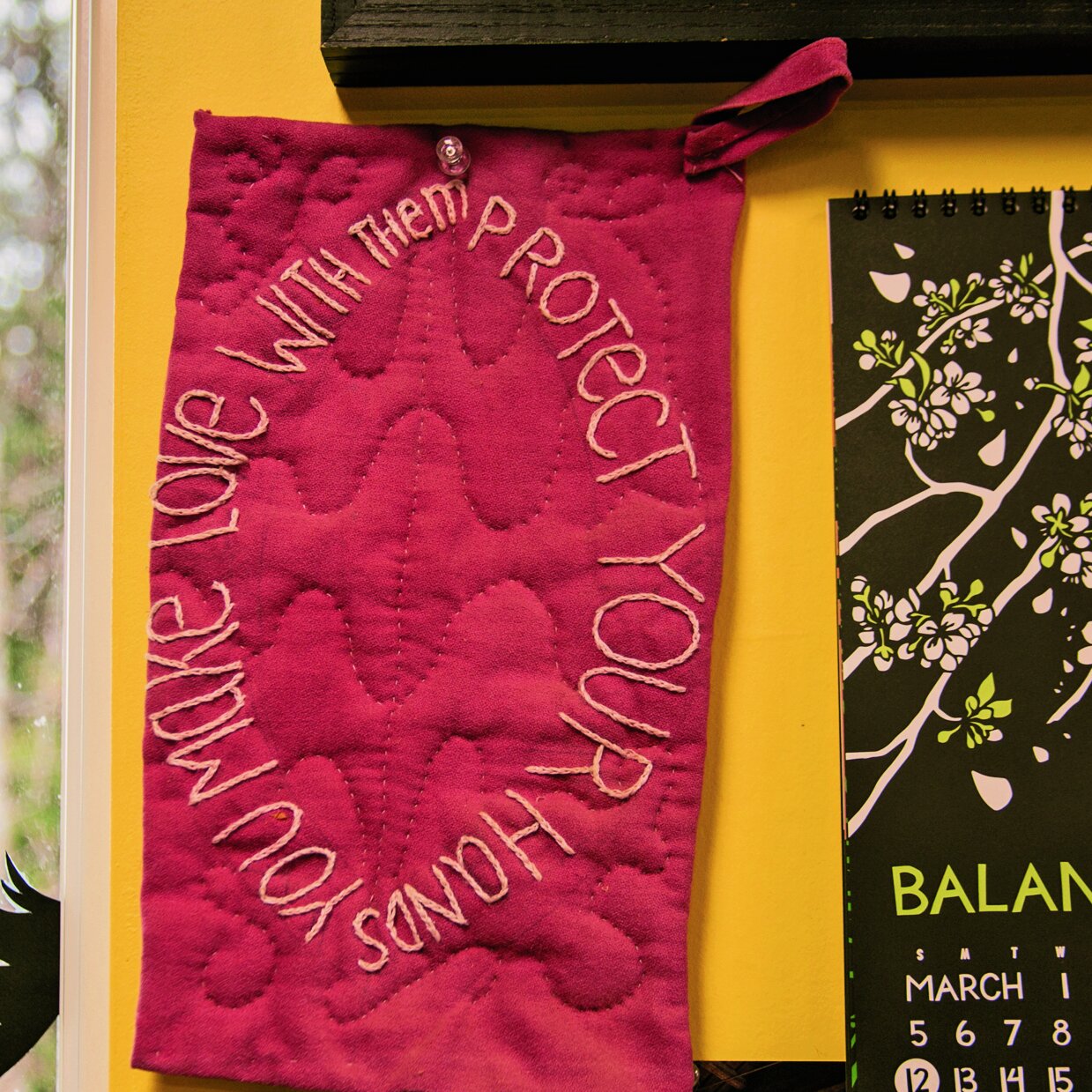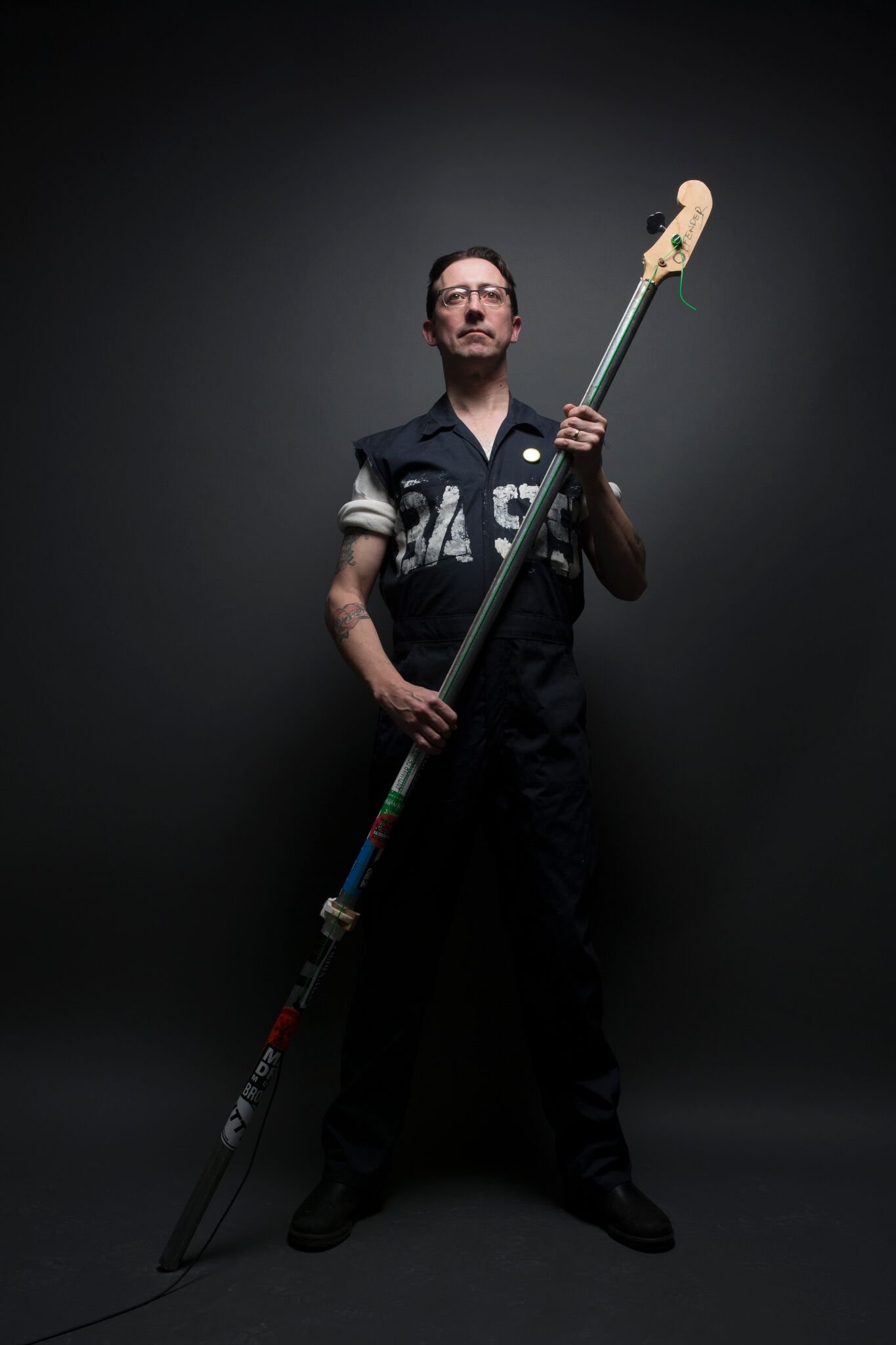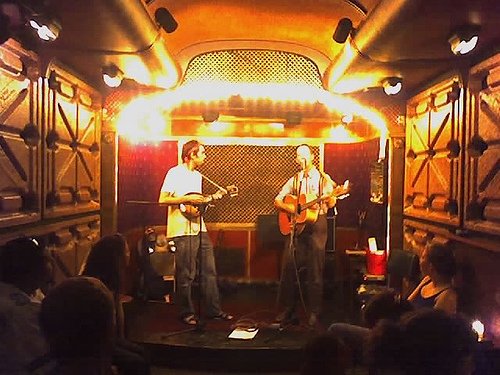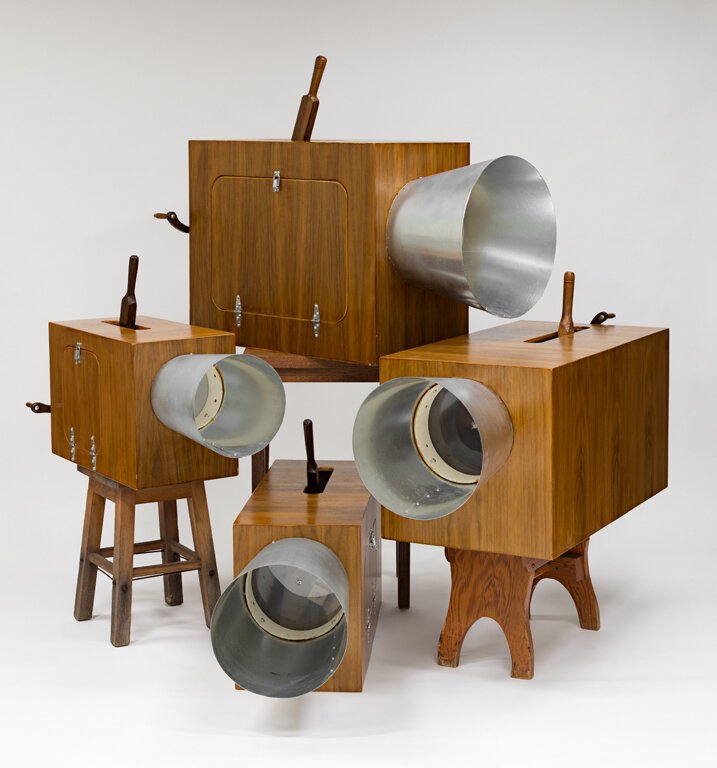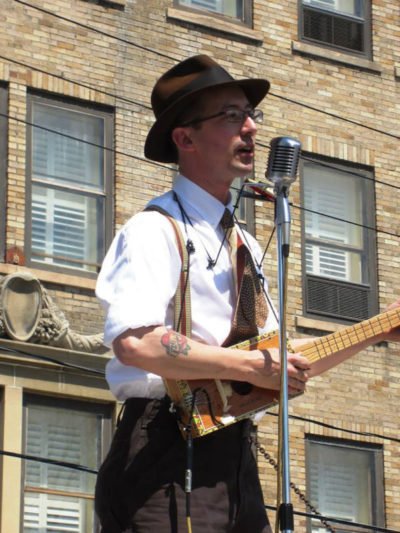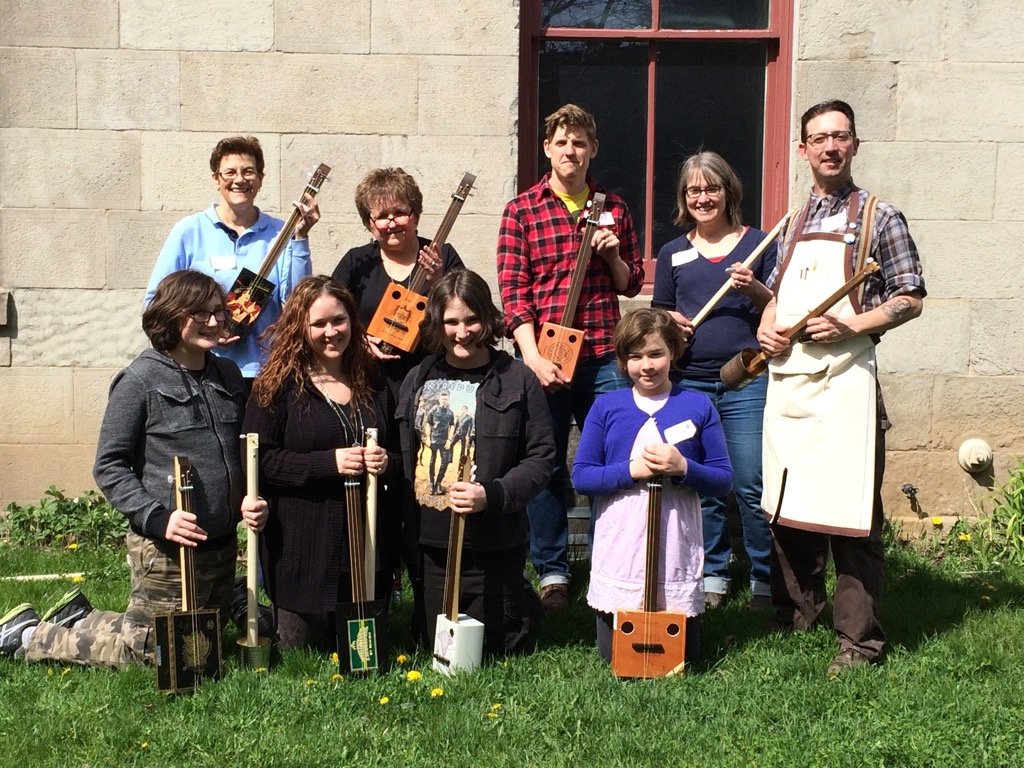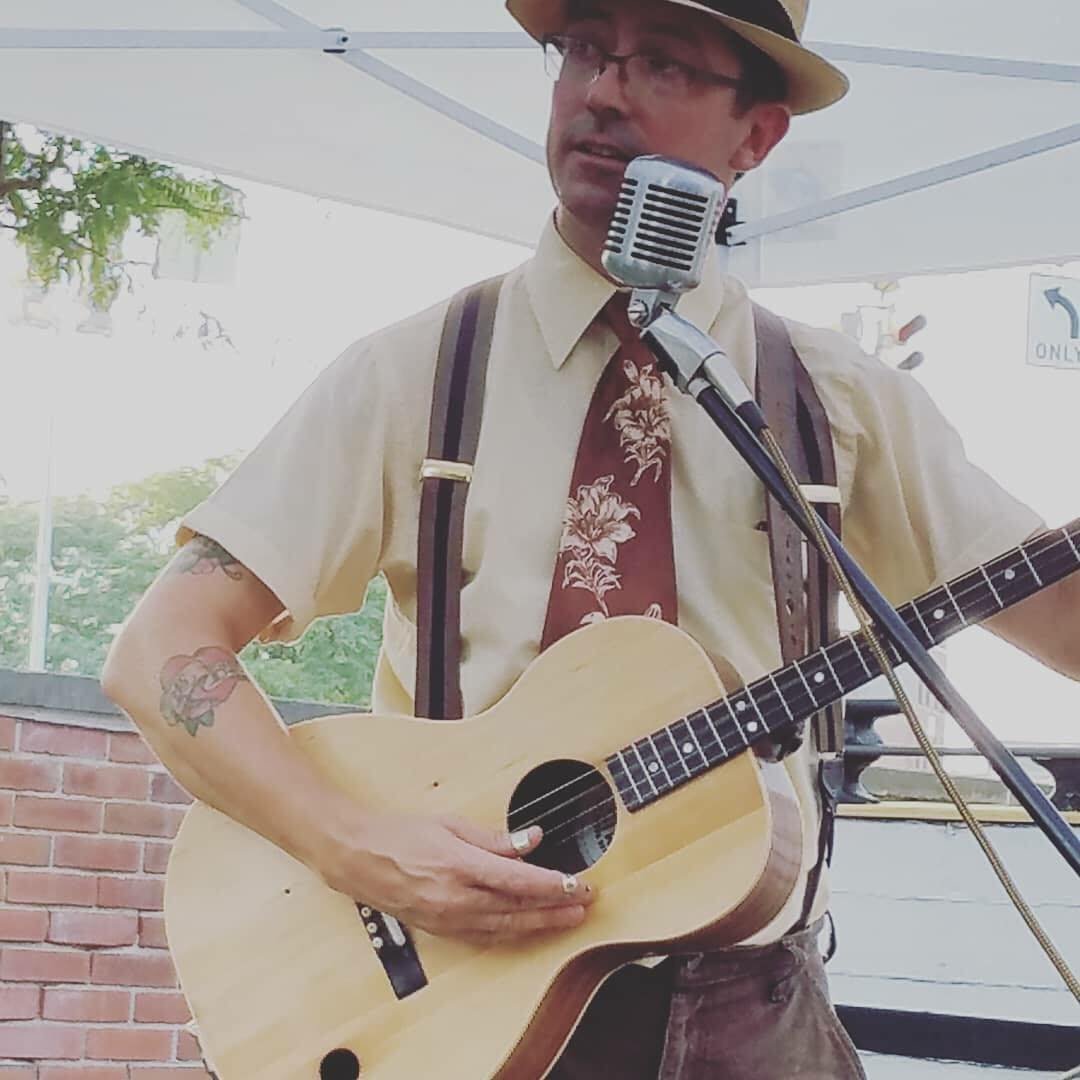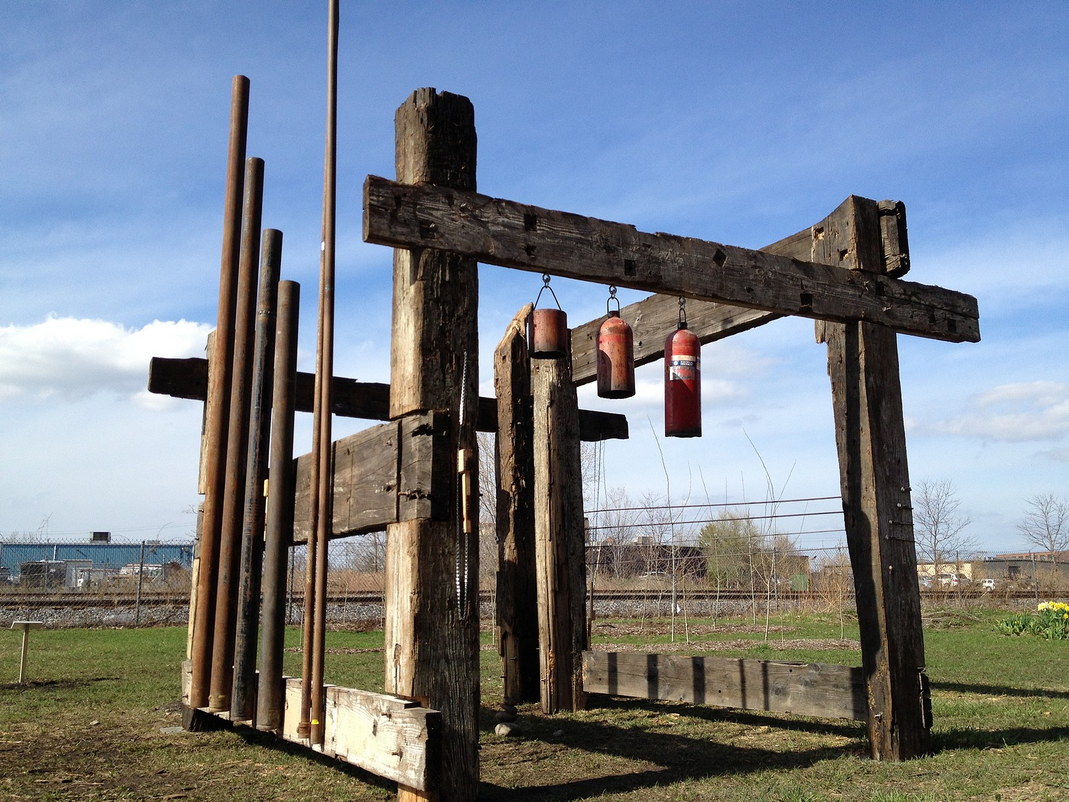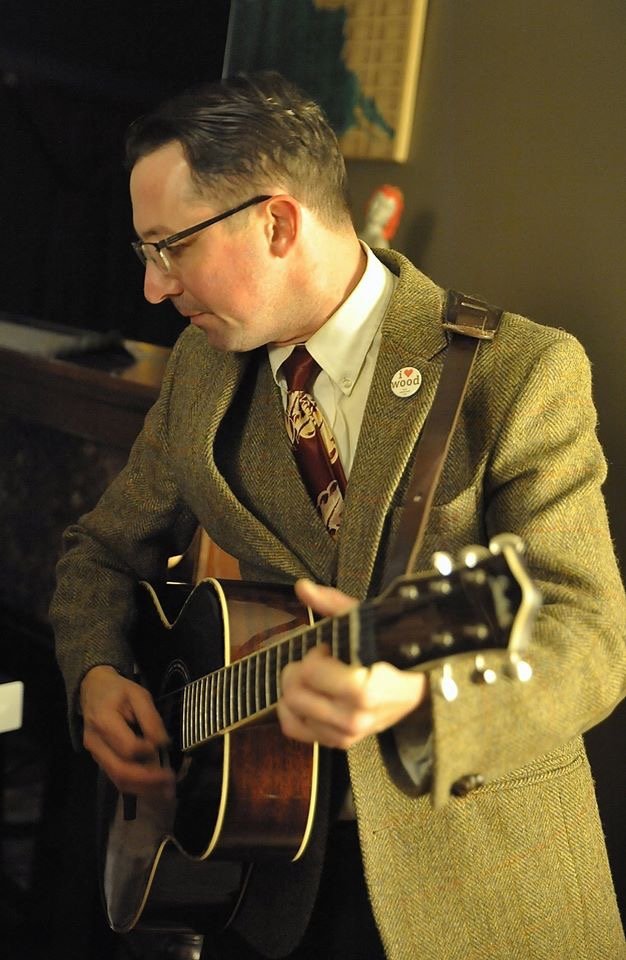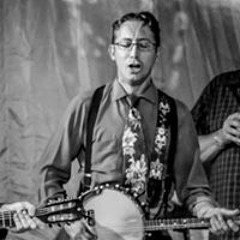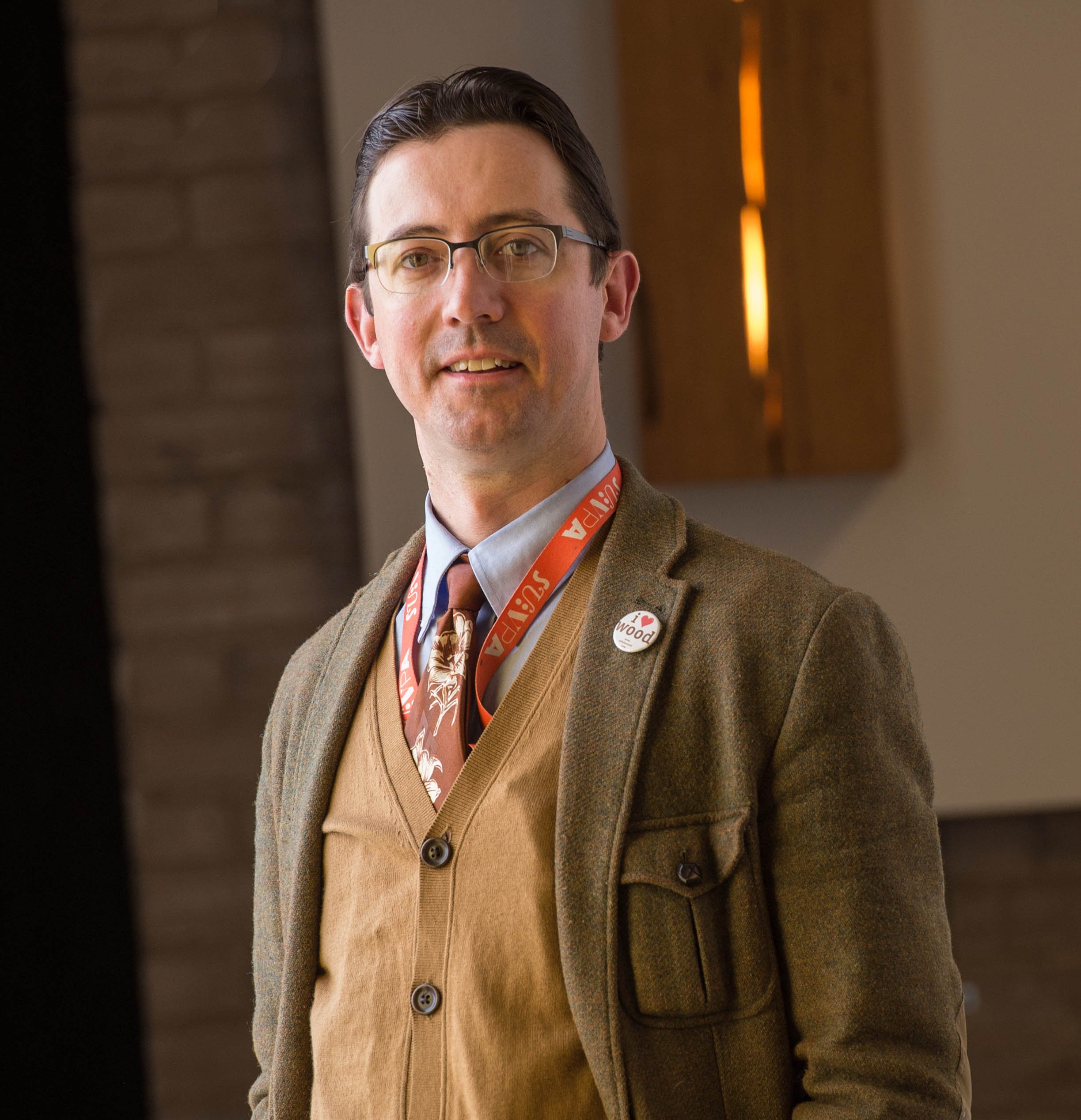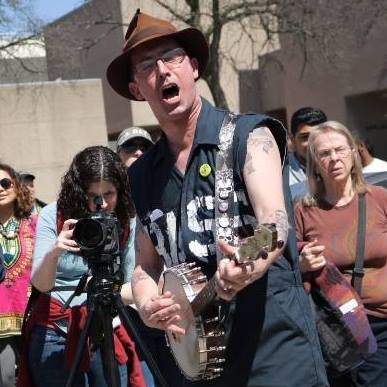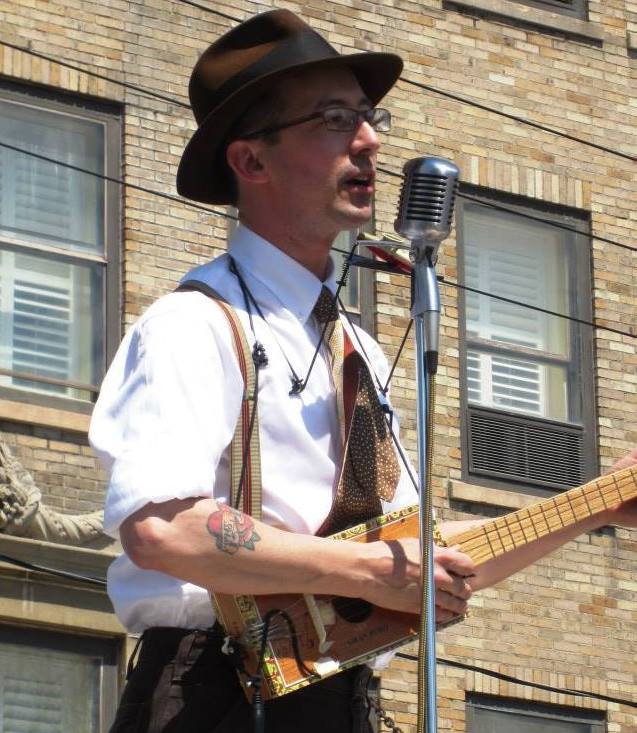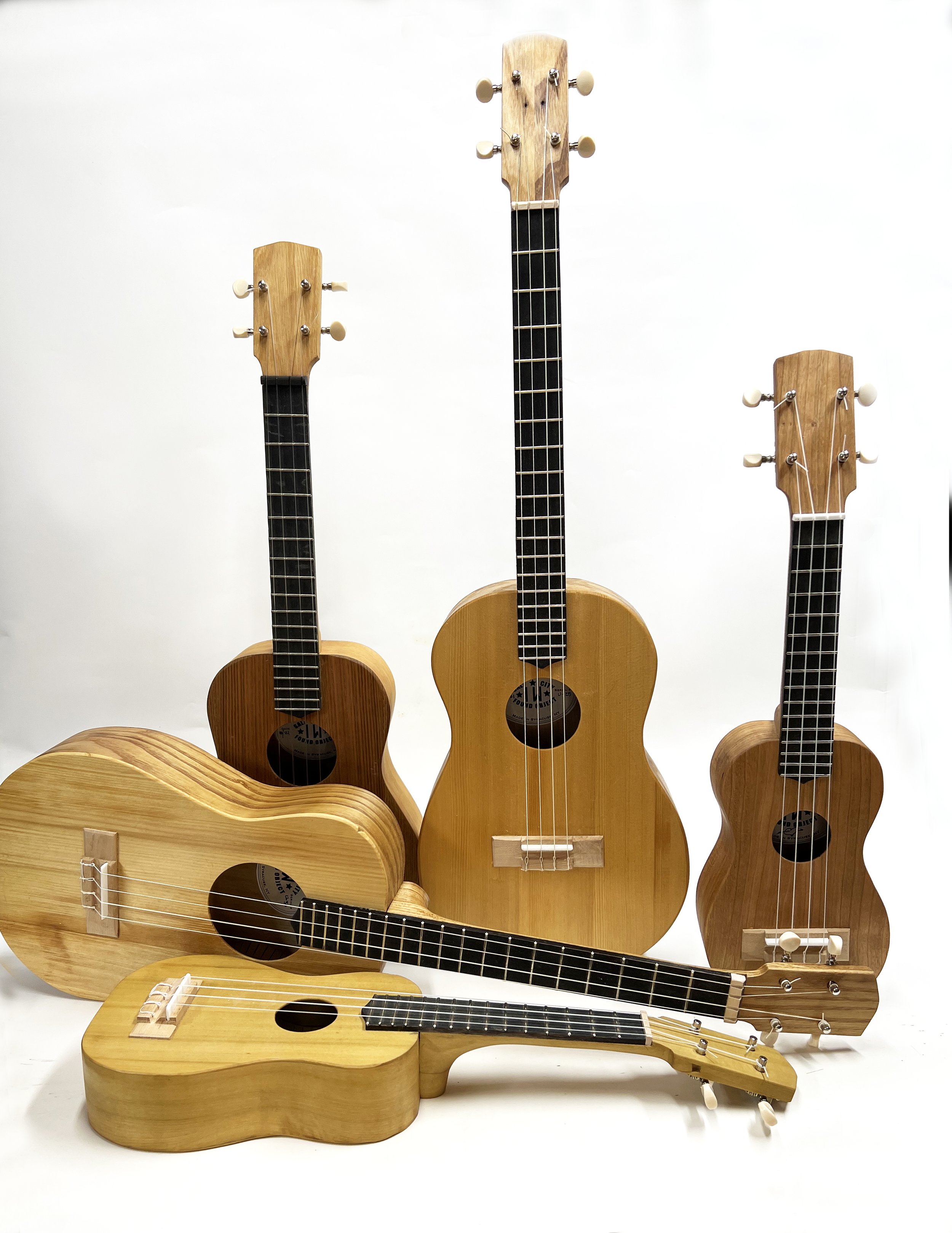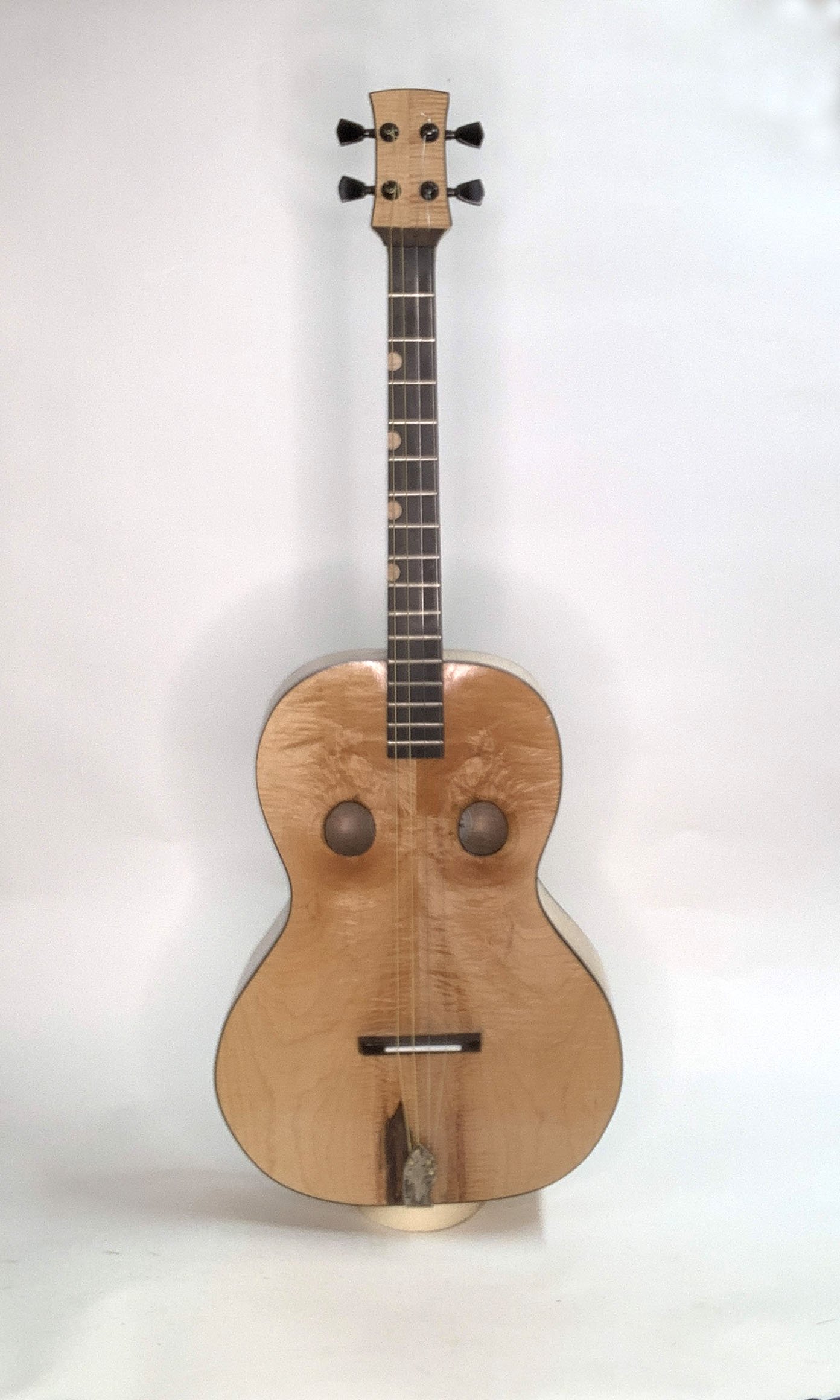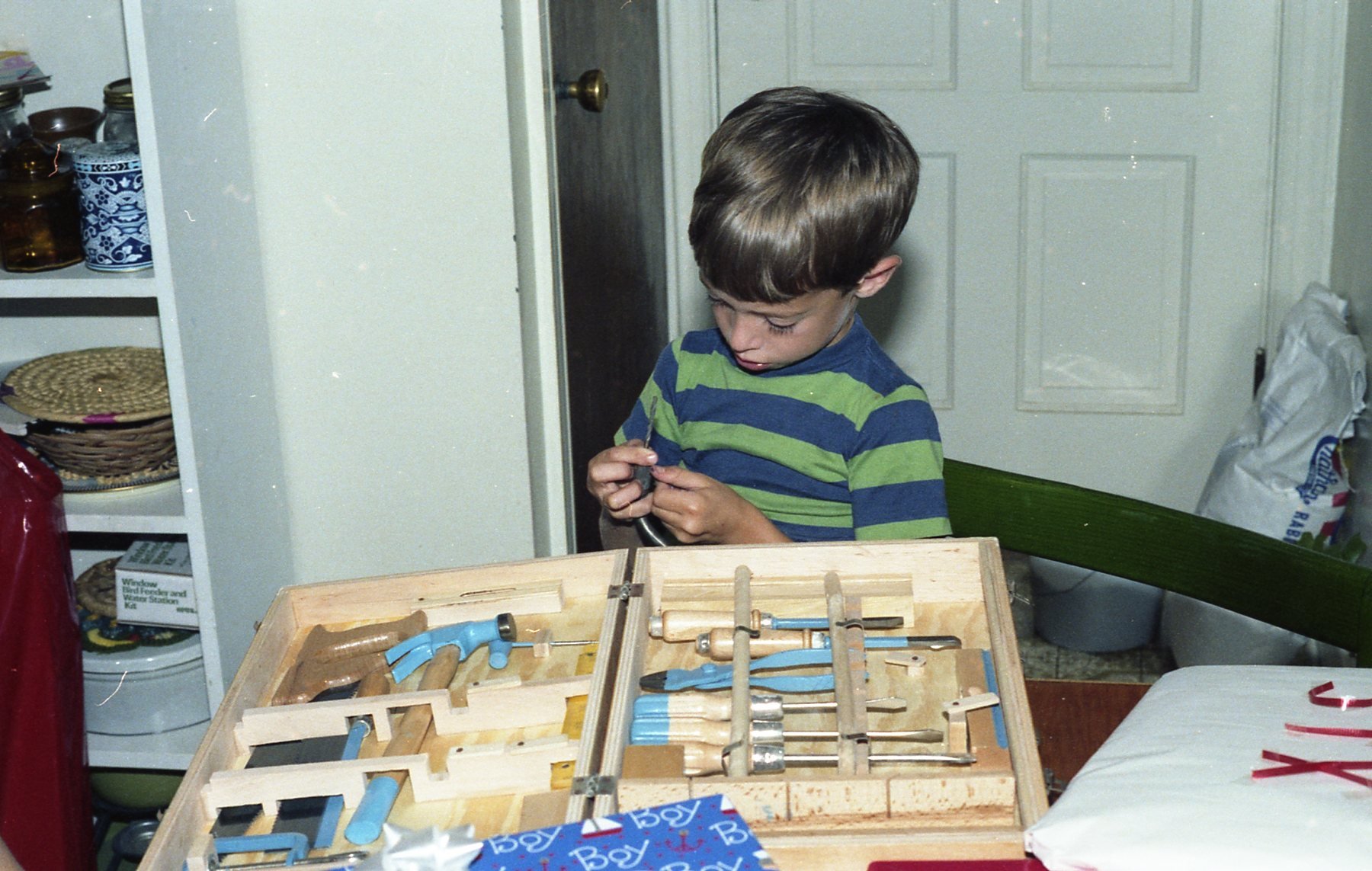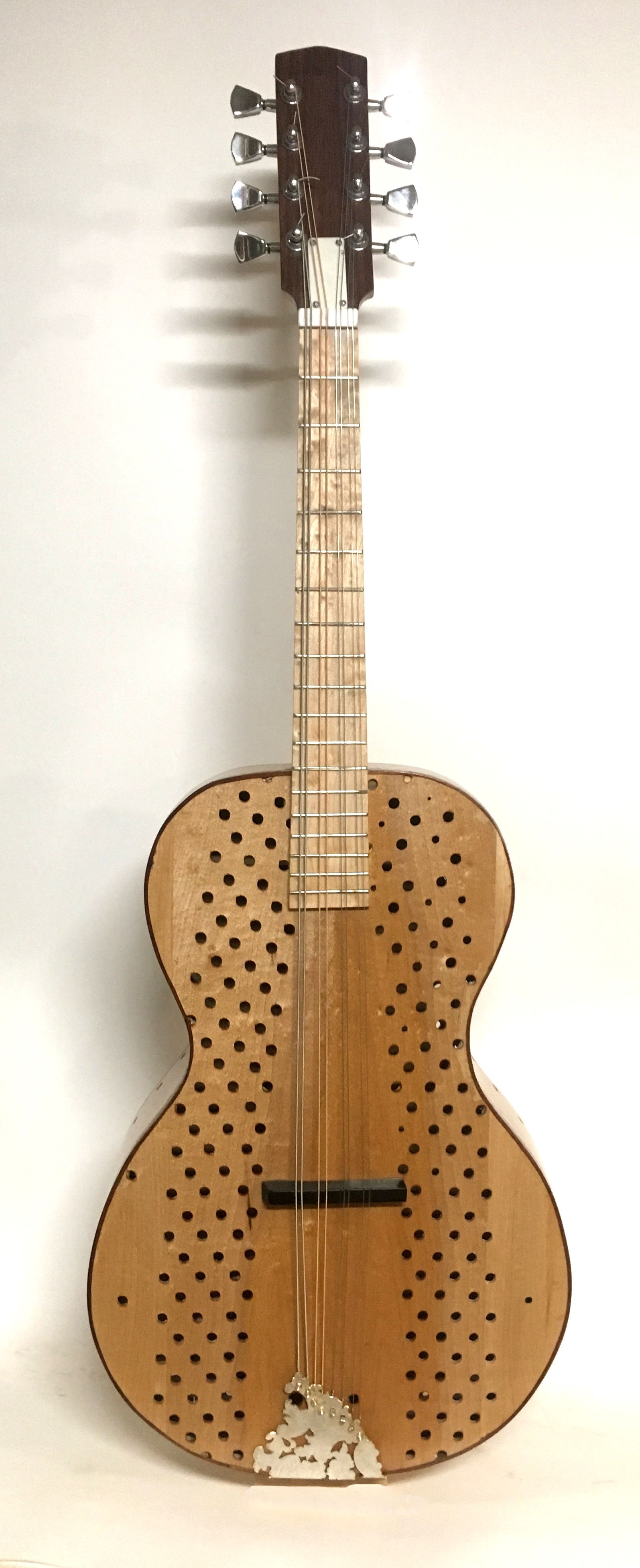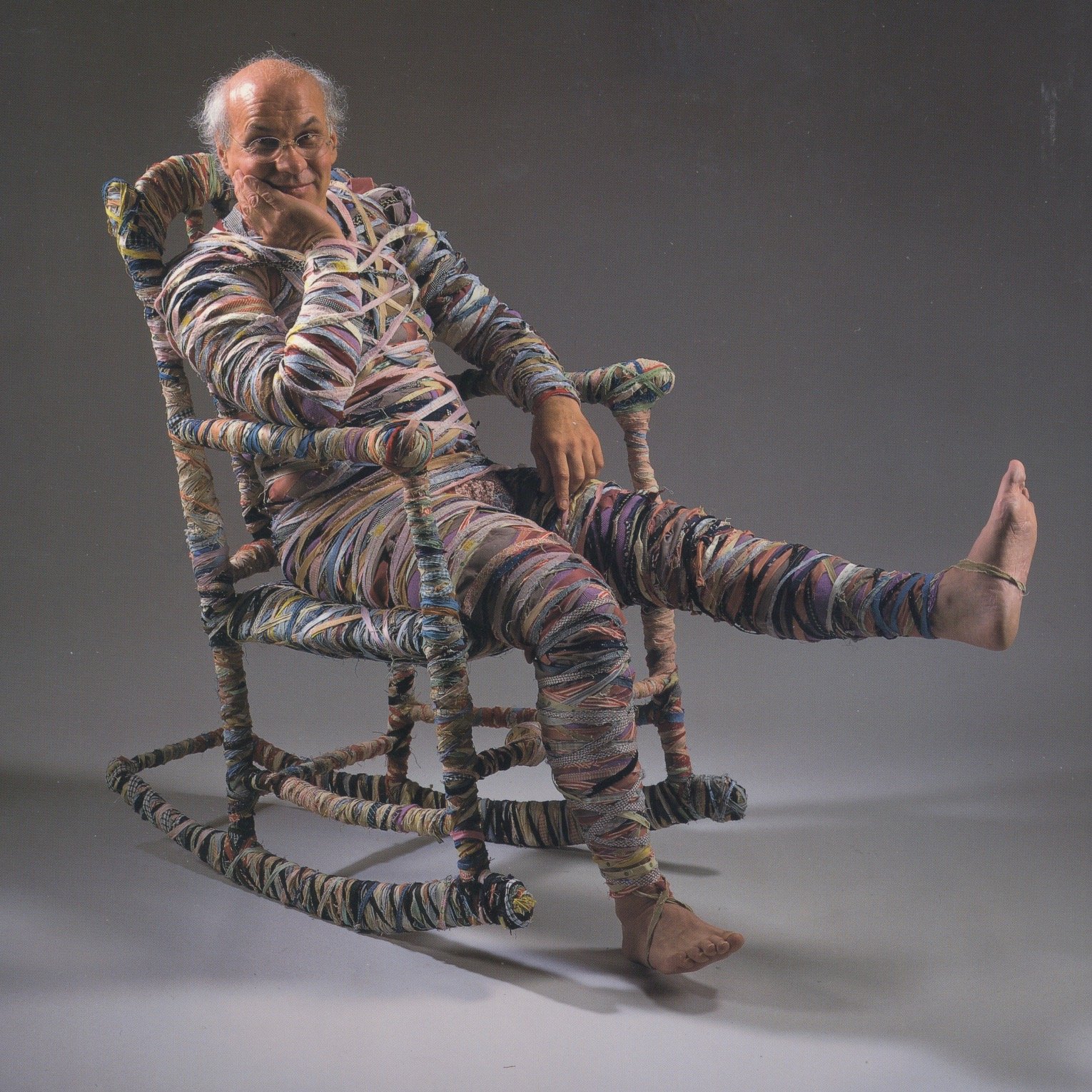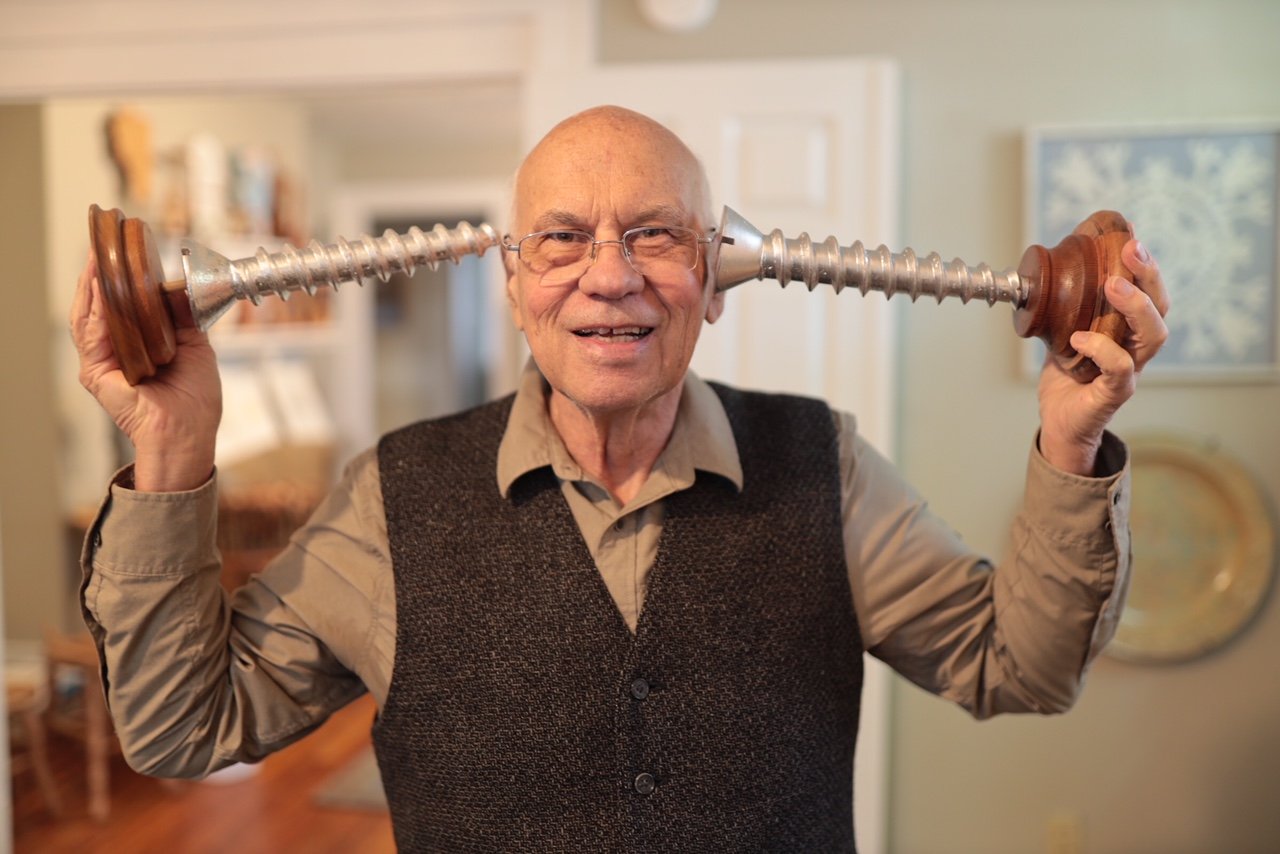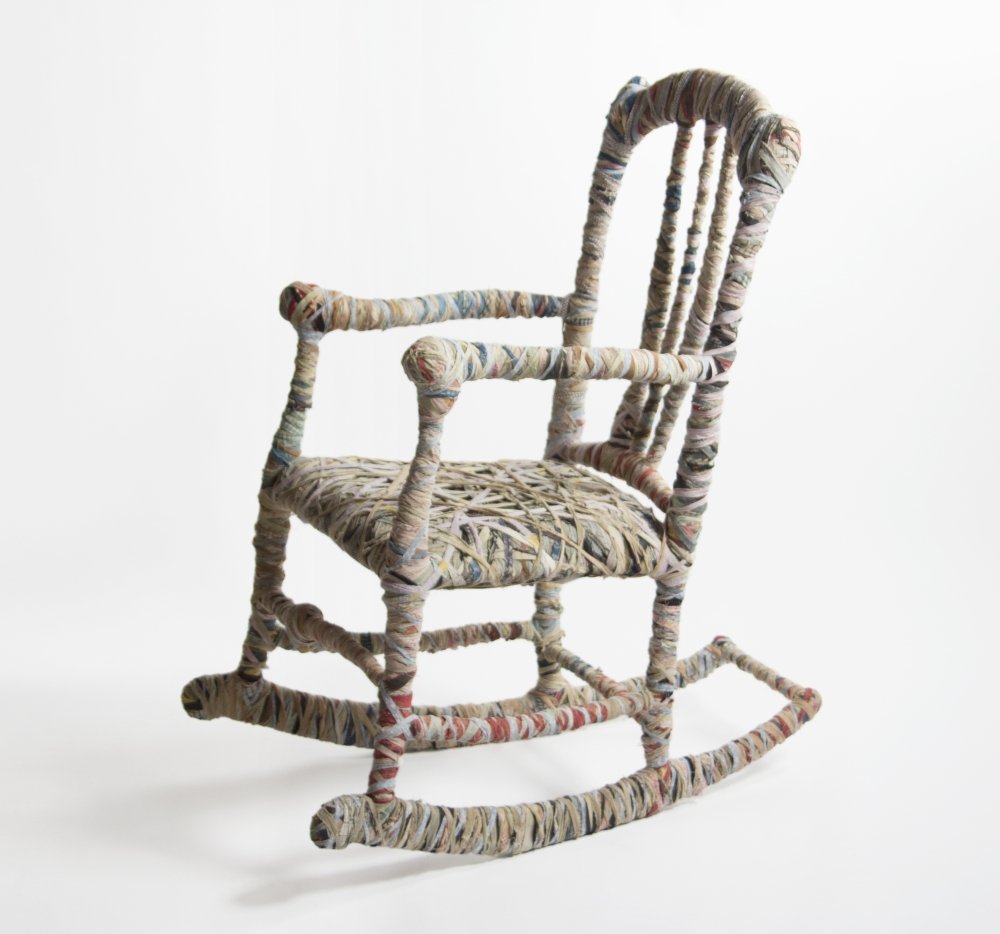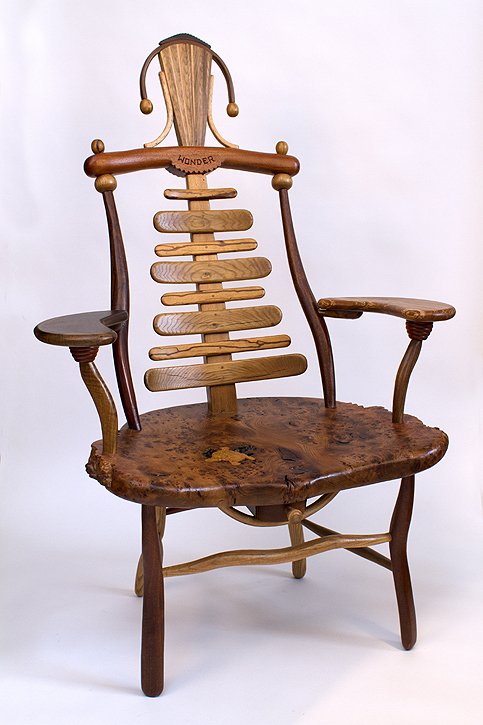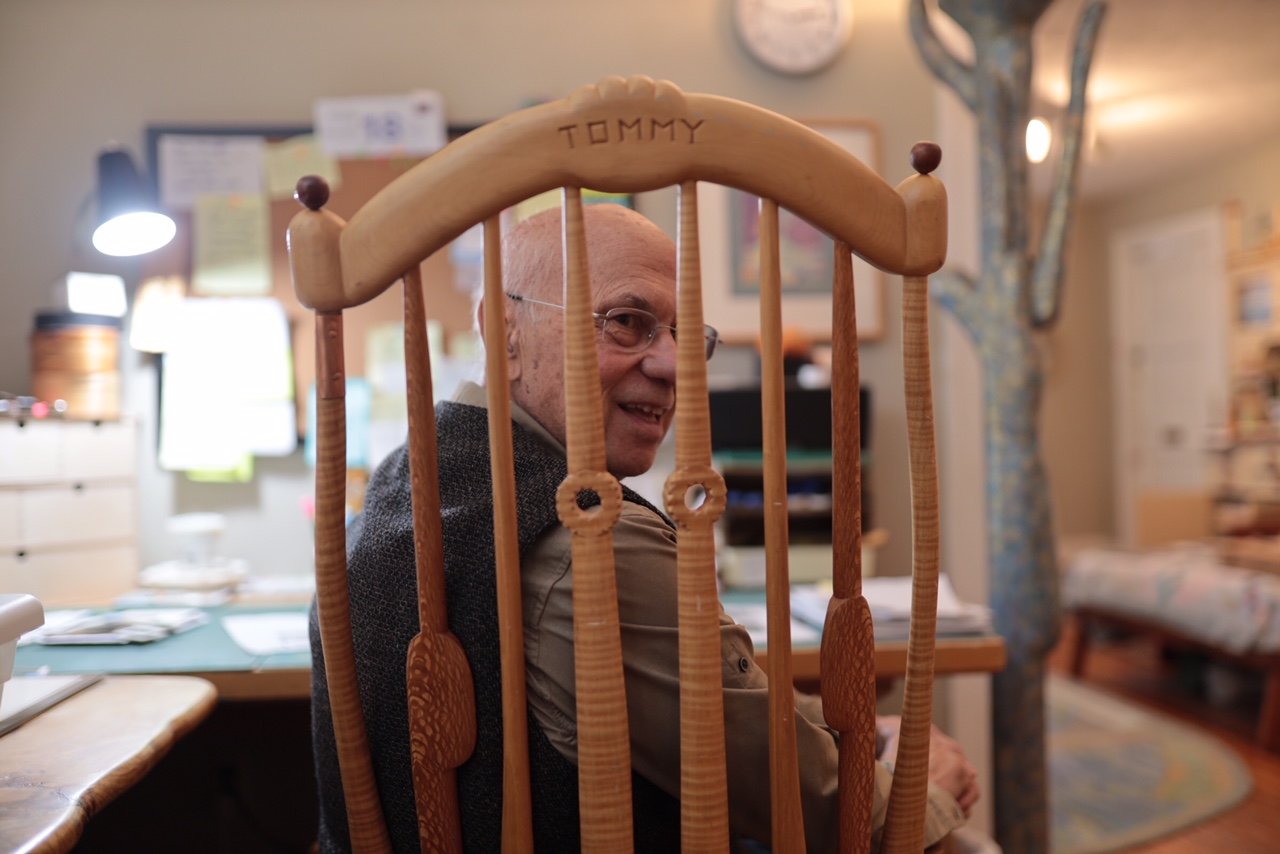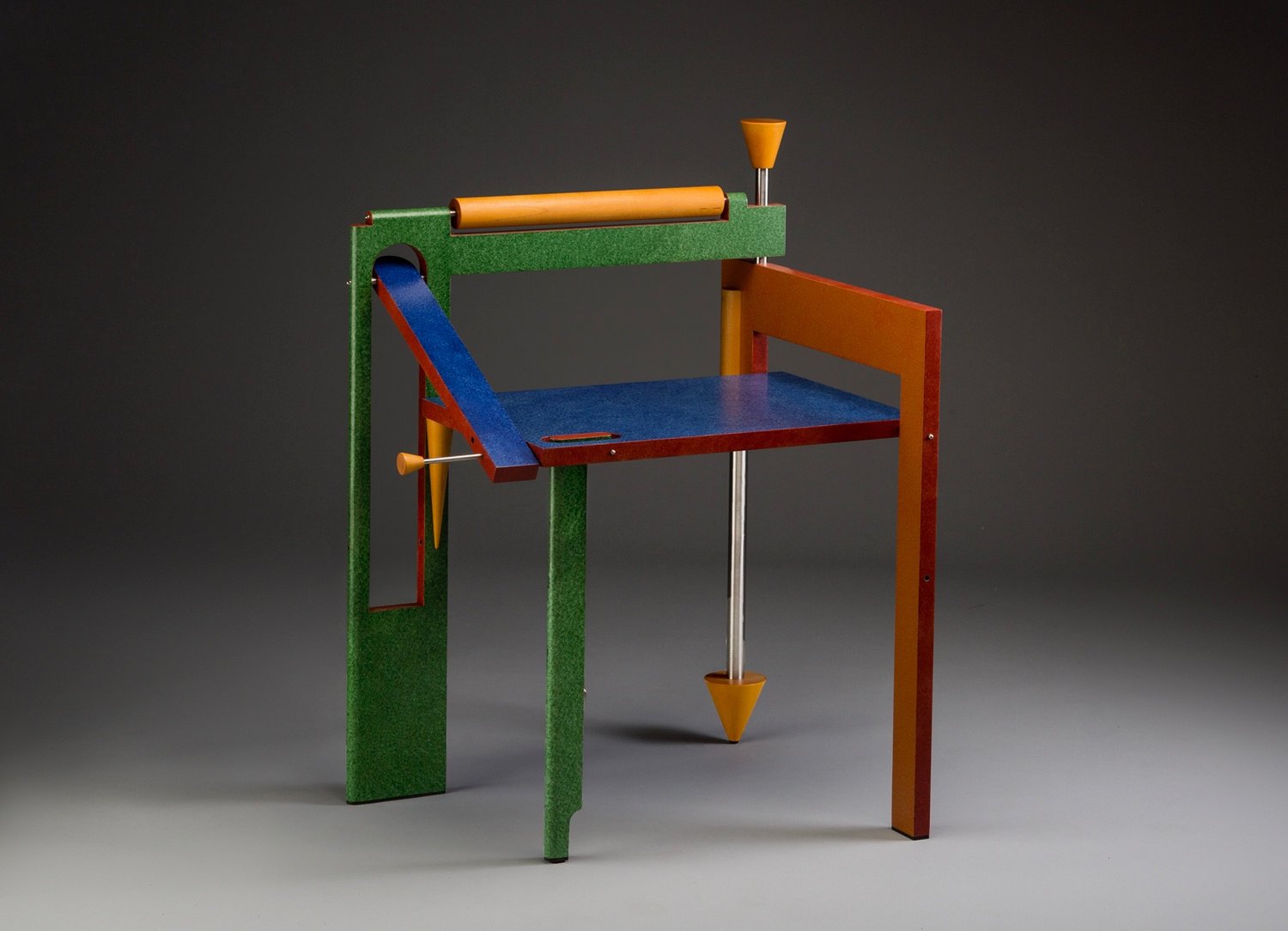Why Make? Podcast, Wendy Maruyama Episode 49 Part II
00:00 Robb Helmkamp
Hello and welcome to Why Make, where we talk to makers from different disciplines about what inspires them to make.With your hosts Robb Helmkamp and Erik Wolken
Erik Wolken.
If you would like to learn more about the makers we interview on Why Make please go our website why-make.com
Robb Helmkamp
And please help support the Why Make podcast and Why Make productions by making a tax refundable donation to us on Fractured Atlas.
Erik Wolken
Fractured Atlas is our new non profit fiscal sponsor which allows us to access a wide range of funding possibilities including funding available only for non-profits
Robb Helmkamp
Visit https://fundraising.fracturedatlas.org/the-why-make-project or go to the donate to Why Make page on Why-Make.com
01:03 Robb Helmkamp
Welcome to our first podcast of the 2023 season of Why Make. This episode is part two of our in depth conversation with the artist Wendy Maruyama.
Erik Wolken
Wendy Maruyama is a furniture maker, sculptor and retired educator who resides in San Diego California. Wendy’s work has tackled a wide scope topics from traditional furniture forms to exploring her Japanese heritage and the imprisonment of Japanese Americans during WW2 to the issue of endangered species
Robb Helmkamp
As we discuss later in the podcast Wendy was born with significant hearing loss and cerebral palsy and at her request, to aid our listeners, we have included a full transcript of our conversation on our web page for this episode which can be found on the podcast page of why-make.com It can also be found in the episode notes on Apple podcasts
Erik Wolken
Please join us and take a listen to our wide ranging discussion with one of the more amazing artists in the woodworking field, Wendy Maruyama.
02:06 Erik Wolken
Moving along Wendy, let's talk about the next phase of your work. Because the next phase of your work use do start to tackle some of your identities in your bodies of work in Turning Japanese, Simple Pleasures and Indulgences & Men in Kimonos you do start to sort of not only address your heritage, but really start to use narrative in your work. What was what was behind all of that? I mean, what do you think was the inspiration behind that? The whole thing that started with Turning Japanese and Men in Kimonos exploring your cultural identity.
02:42 Wendy Maruyama
I think the Turning Japanese series the Men in Kimono riff came from my first trip to Japan could be in '92 maybe I can't remember but I'd never been to Japan until the early 90's and like anybody else I was just amazed by what I was seeing over there especially the craft scene. There is such a strong craft heritage in Japan not only with woodworking, ceramics of different styles at the same time some of the fields like textiles really evolved into the modern times to use the unusual fibers and metal in weaving. And then of course, going to downtown Tokyo in the Shibuya District dominated with all this neon stuff, it was very much like Blade Runner if you've seen the movie Blade Runner? It was clearly based on Tokyo. And so there are these two very different aspects of Japan, the old and the very, very, very new high tech side of it. There is a little bit of conflict to you know, I'd be riding on the subway and you can see these Japanese business men reading these pornographic cartoons it was called Manga. I think it was it all these lady with big boobs, it's all cartoons. It was such a flurry of images and so I think some of that was mostly my personal response to what I saw in Japan and I realized that I didn't fit even though I was Japanese American. Japanese descent. I did not fit into that whole culture, I mean, even if I tried. I mean, I'm kind of proud of it from a distance but I realized I don't think like that. So, maybe that was kind of a mixture of sadness and relief in a way. It is a very patriarchal society so there was that and it was kinda just a response to my experiences going to Japan.
05:44 Erik Wolken
And the other interesting thing about that body of work is you begin to introduce using video and still images into it too. And you're really starting to truly experiment with your craft and and I thought that was absolutely wonderful. You know, you reached outside the box, which I think is what we all aim to do as artists. When you first started using video and still images? And where did that come from?
06:11 Wendy Maruyama
I'm trying to think. Trying to remember if the Tasmanian Tiger piece was first, I think it was. But anyway, in the Turning Japanese series I started using photo's because I went to a flea market in Kyoto. It's one best thing about Japan! It's amazing what you can find at the flea market. Some love it. If you ever go to Japan, make sure that you go into a big flea market either in Kyoto or Tokyo. The stuff that you find is amazing, but anyway, I came across a box of old black and white photographs of Kabuki actors. And I found out later that in Kabuki theater, women were not allowed to perform. I don't know if that is the case now? But women were not allowed to perform in Kabuki and so the female characters in a Kabuki play were always played by men who were expert at mimicking the feminine movement of women in the story. So all these men I mean all these women in kimono were actually men and they were quite beautiful and alluring and I was just kind of fascinated by that, how these beautiful, these men were. And they were prettier than I was and I thought it be kinda fun to use some of these images. At the same time, I'm a big Japanese sci-fi fan I think that was because that was the first time I saw Japanese people in a movie. It was in a Godzilla movie where you see all these Japanese people running from Godzilla. In one of the Godzilla movies there's these twin fairies (the Shobijin). I don't know if you remember they were sidekicks to Mothra, who was another monster. So I wanted to create this sort of these twin geisha women in the image of this. Oh I don't know, it's amazing about Photoshop, I was taking Photoshop class, and it's amazing how you can make fantastical images using Photoshop. So that was an opportunity to experiment with different media. I tend to jump around from, you know, from subject to subject cause that's the way my life goes. I'm not one to stay with one idea for 40 years, I think I would be bored to death. So it's important for me to just kind of reflect my life through my work. And so hopefully you get an idea what I've been going through by seeing my work in a linear pattern.
09:41 Erik Wolken
Yes, you definitely see a progression of your work, because then the next body of work you move on to is Executive Order 9066. And the Tag Project. And of course this is referring to, and I'm going to use the correct terminology. This is referring to the incarceration and or imprisonment of the Japanese people on the West Coast of America during World War Two. Just to give you an idea of the scope of this project, and Wendy you can go on to talk about it more, but there were 120,000 Japanese, people of Japanese heritage, imprisoned during EO 9066. And the Tag Project, you printed out a replica of the original tags, these people wore as they were sent to their prison camps. 120,000 tags, that is a mind boggling number.
10:38 Wendy Maruyama
That's a lot of tags. I started this the body of work when I was an artist in residency at SUNY New York, SUNY Purchase that is State University of New York Purchase. I knew that I needed to do this work, but I wasn't really ready until then. I mean it's a really hard topic because my mother's side of the family was deeply impacted by Executive Order 9066 because they were in Los Angeles at the time when Pearl Harbor was bombed and all that happen. But what struck me and kind of made me sort of angry was I was really surprised at how many people didn't even know about this episode in American history, especially on the East Coast and in the south and even now sometimes you run into people who don't even know about it. I think people know, more people know about it now. But even 15 years ago, when I started this project I was running across a lot of people who didn't know, they kind of knew but they didn't really know. And when you tell them how many people were sent away to these prison camps but it's daunting to think about. And so I also thought a lot about the Holocaust too. It doesn't hold a candle to what happened here, but still the fact that Executive Order 9066 happened in this country, this country of freedom and all that. I just really wanted to bring that to the forefront with my work. And I also wanted to get to know more of the Japanese American community. And so one of the first things I did was that I reached out to the local San Diego Japanese American historical society to learn more about Executive Order 9066. And I started talking to a lot of other people who were sent to prison in Poston, which was in Arizona. Most people from San Diego were sent to prison camp in Arizona. And that's when I started to make it into a community project and I would host these tag writing parties we would have different chores people would stamp tags, they would write the names, they would tie, tie them together, there were a lot of processes in for each tag and the only way I was going to be able to do 120,000 tags was to make it a community project. But hopefully make it an educational project, but also social advocacy project. So that people can learn about what happened. And I would show a slide show before we would start working on the tags. I was going to temples and churches and high school classrooms, and college classes, and galleries and museums. So it was kind of a broad outreach and it took 4 years but we did manage to finish all the tags in time for the 70th anniversary of Executive Order 9066.
Erik Wolken
That was a massive undertaking, what led you I mean, what led you at the beginning to first think of producing these 120,000 tags?
14:54 Wendy Maruyama
I must have been crazy, you know. I started out by making just a few tags of people that my family knew. And I was incorporating them into cabinet pieces and for instance this one cabinet had the image of a young Japanese American girl in the back. And the tags were all showed they were under the age of 10 and were sent to camp in 1942. But then a friend of mine, Christine Lee came to visit me in NY and she said, you know, it would be amazing if you could do all 120,000 tags. Now, Christine, kind of, she does this kind of work, you know that that very labor intensive. And at first I thought she was crazy. but then, you know, I thought about it and the impact it would have would be so much more powerful than just seeing a couple of tags here and there. And um I like the idea of art reaching in... You know, I am kind of a shy person and so it is really hard for me to like reach out to strangers and just interact. I think it has a lot to do with my hearing disability,, it kind of forced me to do that.
16:44 Erik Wolken
Right. And, and I mean, we'll have pictures of all this up on our website. But um just to paint a picture. So there's two pieces to the Tag Project in EO 9066. So there is the Tag Project, which represents all 120,000 people that were imprisoned, and then...
Robb Helmkamp
In 10 camps I correct?
17:03 Erik Wolken
Right. Memorializes, the 10 camps that were mostly over the Southwest, and just amazing images of these places where people were housed for three, four years, and it's an equally intense part of the piece. You know, I would I would encourage people to look into it further. And also there is a great website called www.densho.org, which will help better inform you about the incarceration and imprisonment of people of Japanese, Japanese Americans remember these were Americans, Japanese Americans during World War Two.
Robb Helmkamp
And then there's also you've kept quite a blog about the process of the project on your website.
17:50 Wendy Maruyama
I did and I feel bad that I haven't really kept it up to date, but it was really to follow the whole process of the tag project. At the same time I wanted to share relevant news articles that were not only about the Executive Order 9066, but just discrimination. I remember working on the tags and this whole outcry with a woman at the UCLA library posted a video of herself complaining about Asian students in the library and she was making fun of the way they talked, shing shong chi chong. But video went viral, and it kind of backfired on her. Discrimination on that level is still alive and well, most people know now.
Erik Wolken
So moving on to your next advocacy project, because this really is a phase of your life where you're taking on a very much the role of an advocate is the Wildlife Project. Do you want to describe the Wildlife Project a little bit?
19:07 Wendy Maruyama
Like I have said before, and I think you know this, I love animals more than people, who are just awful. I started reading too many articles about the demise of the elephant in particular. Poaching for the ivory and it's not only just the elephants, but rhinoceros and tigers, all for the sake of being able to show off someone's wealth. The elephant population was really precariously dropping to the point the danger of becoming extinct. So I wanted to do a whole series of work, kind of highlight this issue. And at the same time, I meet somebody, Elizabeth Kozlowski, who was an independent curator and she wanted me to do an exhibition at the Houston Center for Contemporary Craft, which is where she was working at the time. And so that was the incentive to make a whole body of work about wildlife. Again, you know elephants are big and I wanted to be able make these huge pieces and I had to figure out a way to make them big without making them heavy and difficult to manage. At the time, I was working in a very small studio. And so I came up with the idea of making them out of very thin pieces of wood and sewing them together. When I was in high school, I loved to sew and the fabrication of making a dress or an article of clothing, is very three dimensional and it could be applied very easily to other materials like cardboard and wood and paper. I guess it's like a form of origami, creating volume with these very flat surfaces. So that was how that work came about and then it was accompanied with a bunch of other pieces.
Erik Wolken
The other thing that fascinated me about that show is that the other pieces were in different mediums. You did a huge rhinoceros in plaster and then you did a pangolin which I'm not really familiar with what a pangolin is, in rattan It was you still continue to experiment and I just find that wonderful.
22:06 Wendy Maruyama
It’s fun, you know like I said I think wood working just doing woodworking would really bore me to death. Just some materials they have a different capacity to express a different idea. The thing about glass is that I was able to, I was offered a residency at Pilchuck so it is kind of funny how these opportunities come together and make it possible to integrate projects and so I was able to spend I think it was two weeks or three weeks at Pilchuck and I was given two amazing glass blowers to help me make these tusks and I mean obviously glass was the perfect medium. And it was kind of tricky because you know William Morris, William Morris was a hot glass blower, he's still blowing glass he became known for the very large blown primitive forms. But he also did elephant tusks but it was a different context. He presented them a just large sculptures of beautiful tusks and I wanted to portray the tusks as being bloody and taken from a living animal. So the glassblowers and I had a conversation about that you know I said I don't want to do it if you feel like it treads too closely to other glass blowers work. But my message is completely different and they agreed that it would work with kind of presentation that I was using. The tusks were created through the help of Dan Friday and Nancy Callan who are amazing glass blowers in the Seattle area.
Erik Wolken
Right and then of course there's the life size and burlap rhinoceros!
Wendy Maruyama
What was I thinking, right um.
24:38 Robb Helmkamp
You were thinking about that old desk that you made a long long time ago with chicken wire and Paper Mache?
Wendy Maruyama
I learned a lot from that Paper Mache piece, you know I thought about that Paper Mache piece when I was doing the plaster rhino. It's kind of funny how that comes around again. The rhino was necessary to make because I wanted to have I wanted to have that scale and I wanted it be made out of plaster because it was white and fragile and it was like a ghost. But now I need to find someone who needs a plaster rhino, so if you know anybody that wants it, and if you can pay for shipping you're welcome to have it.
Erik Wolken
I would take the plaster Rhino. But Robb will have to pay for the shipping!
25:31 Robb Helmkamp
We might be able to work something out. I mean, I could put it behind me here in my office but...
Wendy Maruyama
It's the size of the small Volkswagen bug that's how big it is.
Robb Helmkamp
All right, we're coming out to San Diego to get that.
25:41 Erik Wolken
Well speaking of the Wildlife Project one of the pictures will post on the website is a wonderful picture of Robb and I and Tommy Simpson in front of one of the elephant masks when we were filming the Tommy Simpson documentary and we didn't end up using it in the documentary but it's it was it was just a wonderfully sweet moment of talking about, about your piece Wendy with Tommy Simpson. As we were as we were filming for the Tommy Simpson documentary.
Wendy Maruyama
Tommy Simpson, like I said, you know he was a huge inspiration back in 1970-71. I still have the very first book that he did that got torn up from years of flipping through it and sharing with my students.
Robb Helmkamp
Its well loved and well used.
Wendy Maruyama
That really makes me happy
Erik Wolken
The was the book was published I think...
Wendy Maruyama
I would never have known that I would cross paths with Tommy Simpson back then. I mean he was like a movie star back then in the 70's and then we he came to visit San Diego one year. Oh ahhhh He stayed at my house!
27:06 Erik Wolken
So let's talk about your most recent bodies of work the Color Field pieces and Memory because you're sort of leaving advocacy and going back to your roots in color. I love the Color Field pieces there, you know you're just really exploring the basics of color which is I just find incredibly appealing and almost a 2D sense as opposed to a three dimensional sense although there's texture.
27:34 Wendy Maruyama
I um, you know, after doing Executive Order 9066 and the Elephant Project I was kind of beat up emotionally. It was really tough working on those pieces and it was even tougher for me to talk about those pieces after being asked to give talks during shows, it was kind of difficult to hold myself together. but anyway I'm getting better at it now. I can start talking about these things without breaking out in tears, but I needed to do something that was not heavy I needed to go back to using color again in a very pleasant way. It was an invitation to show that got me started on the Color Field pieces. Somebody in Colorado was having an exhibition of Bauhaus inspired furniture. because I think it was like 100th anniversary of Bauhaus and there is a Bauhaus Institute in Aspen so they wanted to do an exhibition of furniture but the problem was I hated Bauhaus furniture it wasn't really my thing. all that metal tubing and whatever. But I loved Annie Albers, who was a weaver with the Bauhaus movement, and she had a wonderful use of color and so I modeled my work after Annie Albers. It was kind of down my alley in terms of exploring color again. That's why they became two dimensional because of the weavings they were inspired by.
29:41 Robb Helmkamp
Were the pieces that you created where they kind of modeled after tambours? Like on a piece of furniture...
Wendy Maruyama
Yeah that's true I forgot that... I'm glad you mentioned that because tambour pieces were one of my favorite things to make actually. I've made a lot of carcass pieces that have tambours and I love the textural qualities of tambours. Yeah, for sure that was an inspiration.
Robb Helmkamp
Your use of more muted colors. From the Bauhaus movement I guess Annie's kind of take on it is really nice. It's nice to see that side of Bauhaus.
30:26 Wendy Maruyama
I usually like punch colors but I wanted to experiment with a different tone of colors.
Robb Helmkamp
Very beautiful. So let's talk about a little bit about Memory, one of the last bodies of work that you've, you've completed.
30:43 Wendy Maruyama
Lets see in 2018 my uncle died... I have an aunt and uncle I am very close to they were kind of like second mom and dad and my uncle had severe dementia and he finally passed. I think it was 2018. I'm trying to remember but so my aunt was living alone and turned out that she had dementia as well. She was such a brilliant women and was such a role model for me it was really tough to see her decline. So we made the decision at the end of 2019 put her into a memory care facility, and so... and then of course Covid hit so right after we put her there we weren't even able to visit her for about 6 months. There was a lot of guilt and concern and so that was kind of tough. Like I said your getting older and you go through these phases and then go through things with your parents. Some of your friends may die. You know some of this stuff that you're going through at my age anyway. So the memory series was first about her loosing her memory but it's also about memories that people keep and I think it's a very powerful thing. Memories kind of get reused in a way there kind of special after a while, you start thinking about dreams that you've had and they're very similar to many different things that are kind of not intangible things that you think about. In short the work of trying to make these intangible things tangible, relatable in a very tactile way. So the memory piece I did about my aunt has a black lacquered mirror that goes from completely reflective to becomes very distorted at the very end to where you don't recognize yourself anymore, and the case that it is in has a kind of Asian aesthetic to it, being Japanese American. But there is a dysfunctional door on the left side it moves but it really doesn't function to any degree. That was referencing lack of memory, her inability to solve problems. I think that black mirrors have a lot of meaning, you know the iPhone is a black mirror, a black mirror to technology. And in Japan, this is interesting because I think I need a black mirror, the geisha woman in Japan as they aged began to use black lacquer as a mirror because the black lacquer kind of made your wrinkles go away. So you couldn't see your wrinkles so the process of aging is sort of disguised in a black mirror. Yeah, anyway, so the whole black mirror series is about conveying depth. So deep looking into that black lacquer. It looks like you're looking into a deep dark hole. Well you're looking at a reflection. It's been a lot of fun working with you with the black lacquer and I've been really lucky, because um... I don't know if you know Greg Johnson? He's a finisher in upstate New York he has been doing the black lacquer mirrors for me and he does such a beautiful job.
35:11 Erik Wolken
The Black Mirror is just an incredible metaphor. That's just incredibly powerful.
35:16 Wendy Maruyama
It's so rich you know it's interesting how the many things you think about when you look at it. Plus I love the TV series I've seen the Black Mirror. I love that TV show.
Robb Helmkamp
Isn't it great? I've watched it through and through. It makes you think!
Erik Wolken
So and starting to wrap this up, Wendy. What are you working on now? What's your what's your what's your next body of work or what are you what are you moving forward with now?
35:48 Wendy Maruyama
I am still finishing up the Black Mirror (Memory) series and wrapping up that little chair (Matador) I was telling you about earlier. But I don't really know now what I am going to be making next but hopefully I have been talking to Tom Loeser about doing something together. We were talking about maybe showing together again? No, we haven't looked at the details yet. But it is always kind of fun to show with a good old friend.
Erik Wolken
Well, Wendy, I just want to wrap this up because this has been an absolutely wonderful conversation with you.
Wendy Maruyama
Oh, good. I'm glad I hope you can get at least 10 minutes out of it.
Robb Helmkamp
Oh, I think we can at least do 15. No Wendy it's been an absolute pleasure talking with you
Erik Wolken
Right and we always end… by saying Why Make
Robb Helmkamp
Why Make
36:47 Wendy Maruyama
Thank you very much. Why Make.

